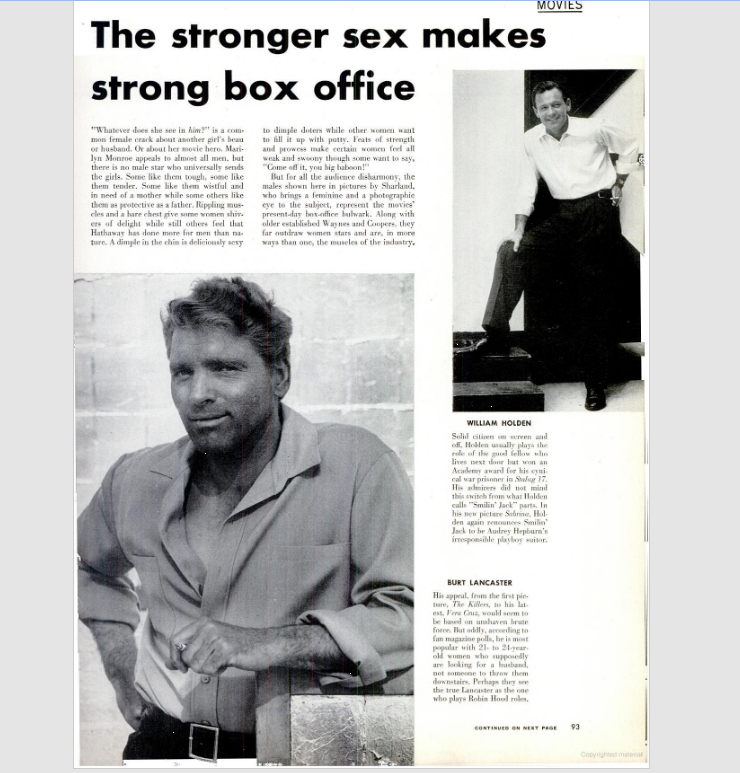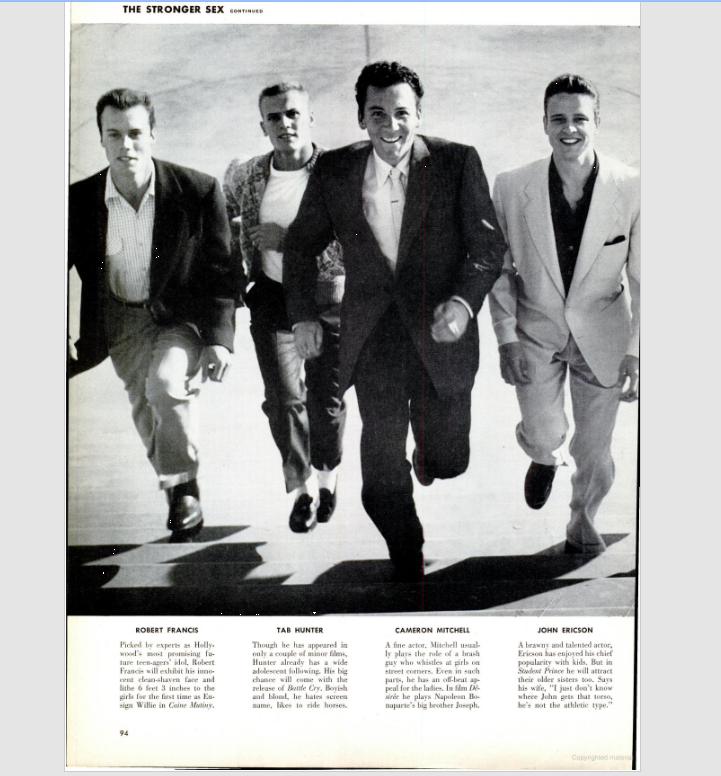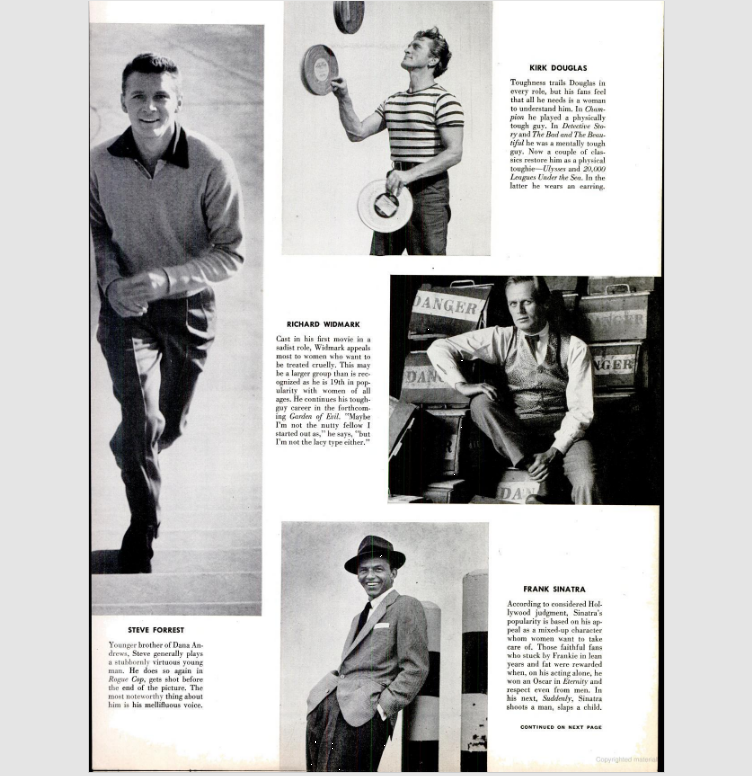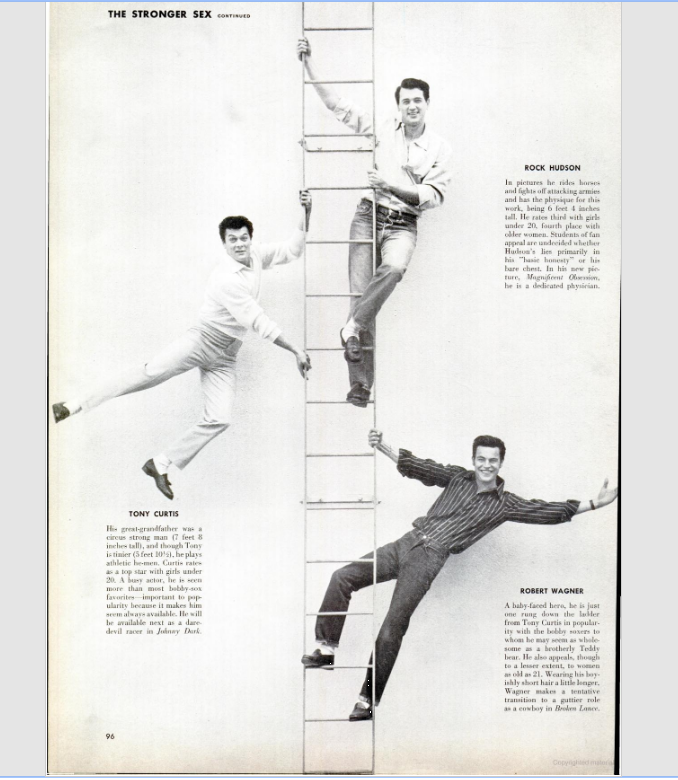Tribute to a Badman [1955] (1956) (Metro-Goldwyn-Mayer)
Production Dates: [June 1955] (Aug. 15-mid-Oct. 1955) Locations: Grand Junction, Miller's Mesa, Montrose, Ouray, Ridgway Fairgrounds, San Juan Mountains, Colo.; Metro-Goldwyn-Mayer, Culver City, Calif.
Release Date: New York opening: March 30, 1956; April 13, 1956 (general release)
http://www.tcm.com/tcmdb/title/93915/Tribute-to-a-Bad-Man/ provides Overview: Full Credits, Full Synopsis, Notes, Music, Screenplay Info, Original Print Info, Genre, Key Words, User Reviews, Other Reviews, Articles (Money, Awards), Quotes, Trivia, Home Video Reviews, Miscellaneous Notes, Alternate Versions, Theatrical Aspect Ratio, Video, Fan Sites
Credits: Sam Zimbalist, Producer; Robert Wise, Director; Robert Surtees, Director of Photography; Michael Blankfort, Screen Story and Screenplay…. http://www.tcm.com/tcmdb/title/93915/Tribute-to-a-Bad-Man/full-credits.html
Cast: [Spencer Tracy] James Cagney, Jeremy Rodock; [Robert Francis] Don Dubbins, Steve Miller; Stephen McNally, McNulty; Irene Papas, Jocasta Constantine; Vic Morrow, Lars Peterson; Jeanette Nolan, Mrs. L. A. Peterson; Chubby Johnson, Baldy; Lee Van Cleef, Fat Jones…. http://www.tcm.com/tcmdb/title/93915/Tribute-to-a-Bad-Man/full-credits.html
Full Synopsis: While looking for work in the Wyoming Territory in the late 1800s, young Steve Miller ([Robert Francis] Don Dubbins) finds hard-bitten horse rancher Jeremy Rodock ([Spencer Tracy] James Cagney) wounded after an attack by cattle rustlers Barjak and Hearn. Rodock accepts Steve's offer to help him back to his ranch and offers him a job as a ranchhand…. http://www.tcm.com/tcmdb/title/93915/Tribute-to-a-Bad-Man/full-synopsis.html
Notes: Tribute footage of Francis, Papas, and others shot during June 1955 may have been scraped by Metro when Tracy was fired and Francis died. Long shots and similar might have been usable and may have been in the released film, e.g., second unit shots of landscapes, some long shots, perhaps some scenes not involving Francis at all. Discarding such footage was a typical practice. Business mogul Ted Turner bought Metro and its film library in 1986 and eventually created the Turner Home Movies (TCM) cable channel. Perhaps somewhere in a vault or storage unit, some of Francis’ work survives. Being able to view it, perhaps as part of “extras” on DVDs of Tribute to a Bad Man, would be a gift to the community of fans Bob has developed because of TCM. Comparing the scenes from the two versions might be instructive to fans of Robert Wise and others associated with the two productions. Inquiries to TCM about this have not been answered. Visitors to the Tribute set in June 1955 may have made candid photos of Bob and the other actors, and there would normally be a good many posed and candid photos made by and for Metro’s on-set photographer during breaks. If these exist, they have not yet surfaced or survived in various archives and collections at the Academy of Motion Picture Arts and Science, University of Southern Calif., or University of Southern Calif.-Los Angeles, etc.
Each Gallery devoted to Bob’s films includes, in general, images and text related to the pre-production period, candid photos made on location and during filming, scenes from the film, promotion and publicity materials, and the post-production period (publicity, opening events, personal appearance tours).

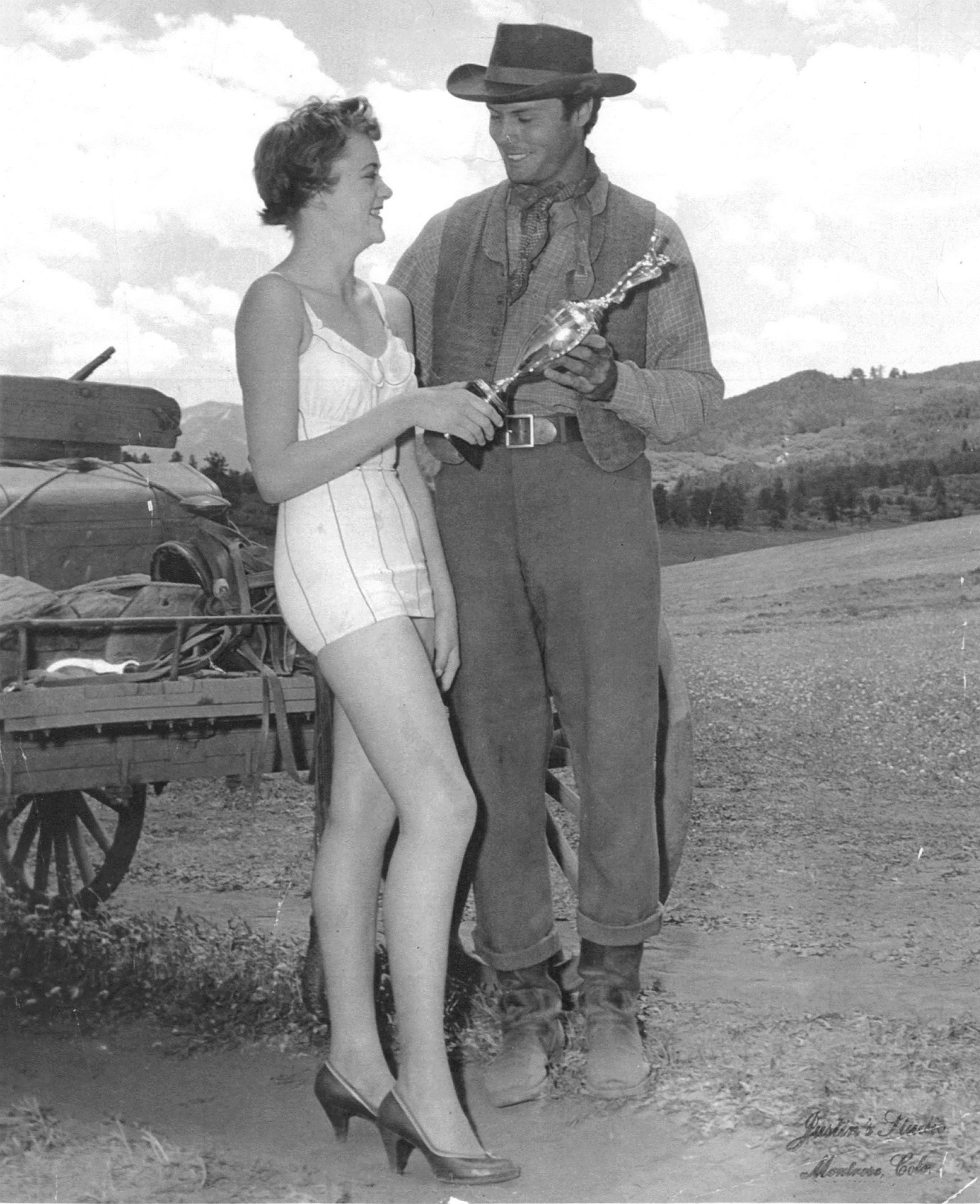

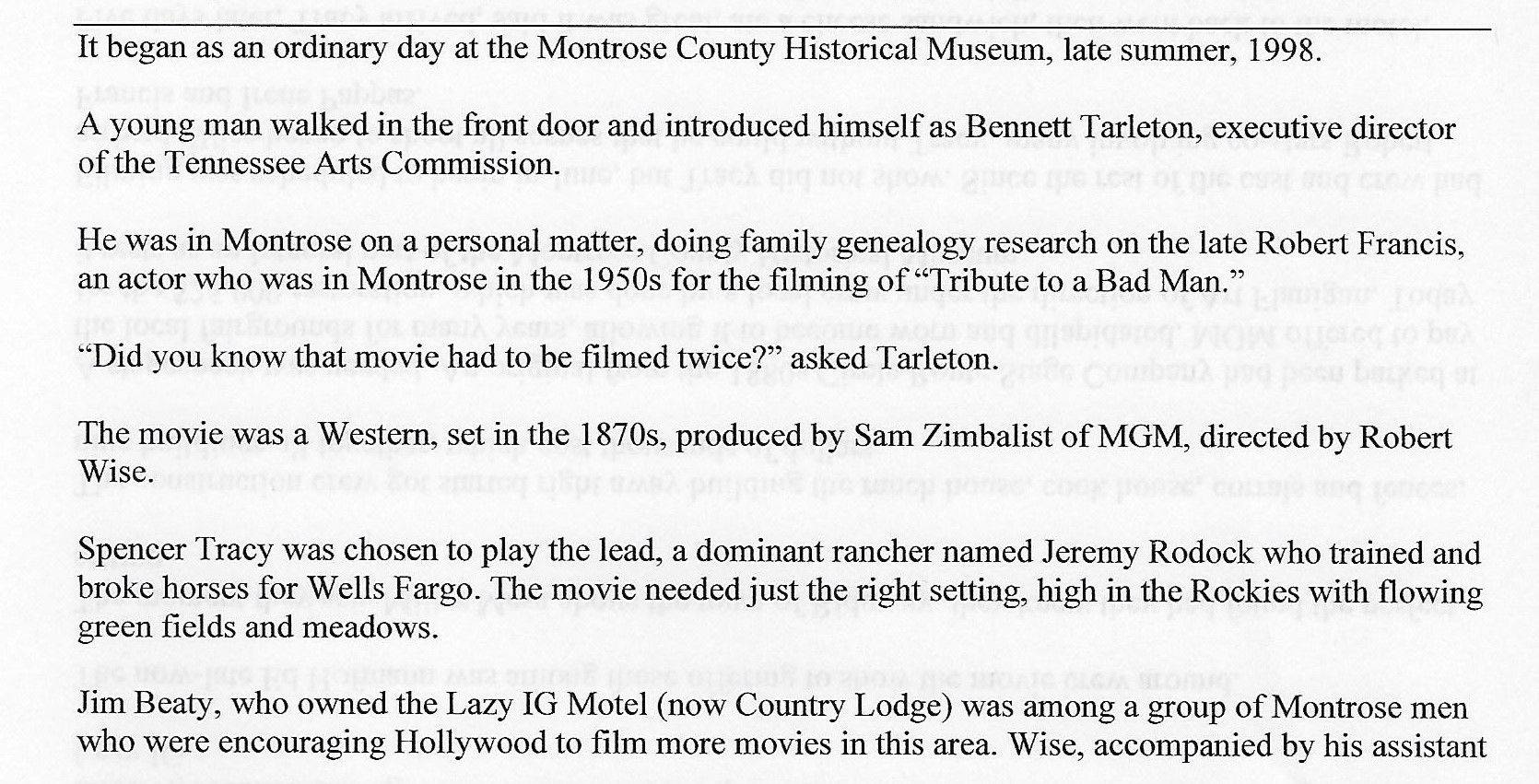
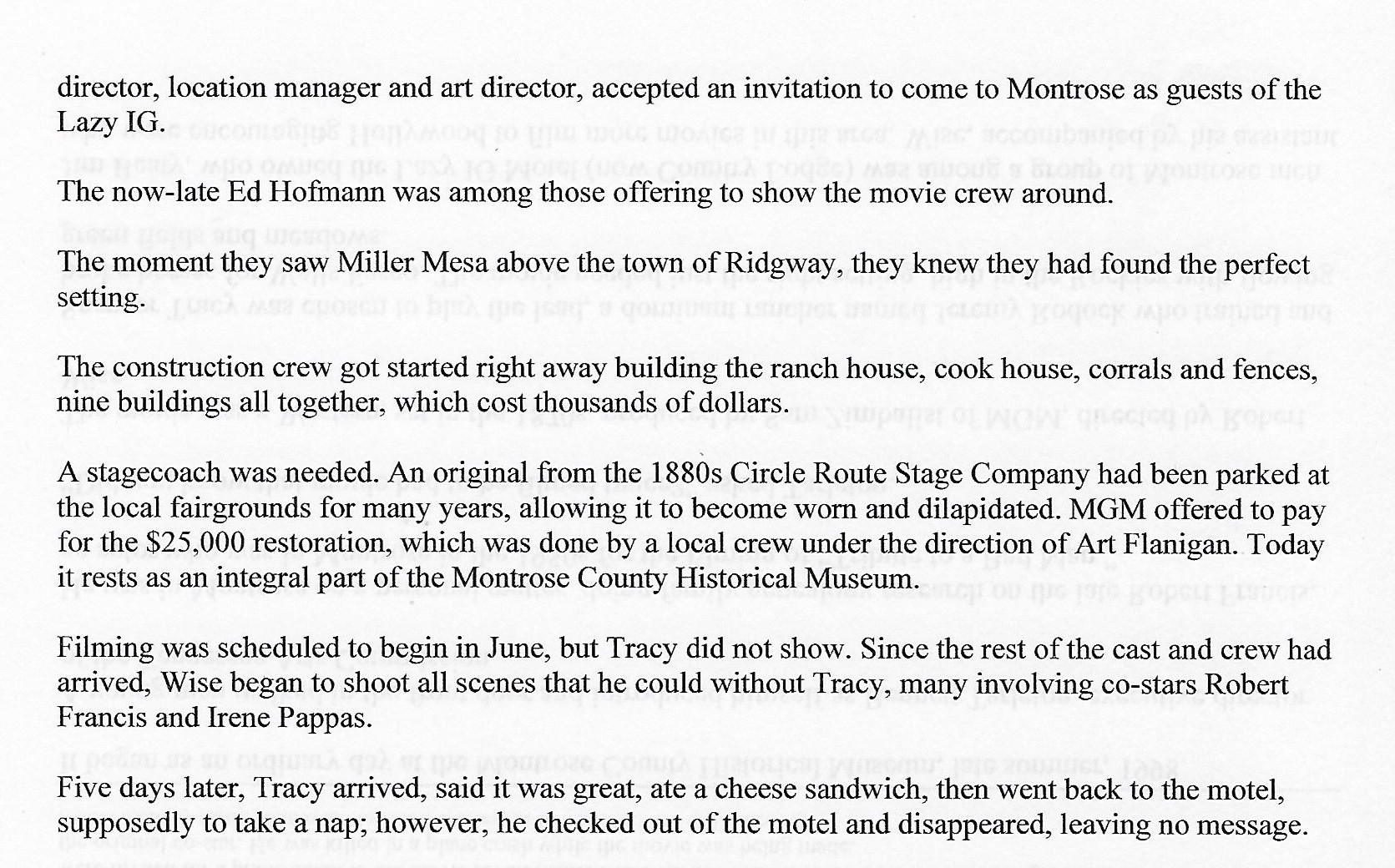

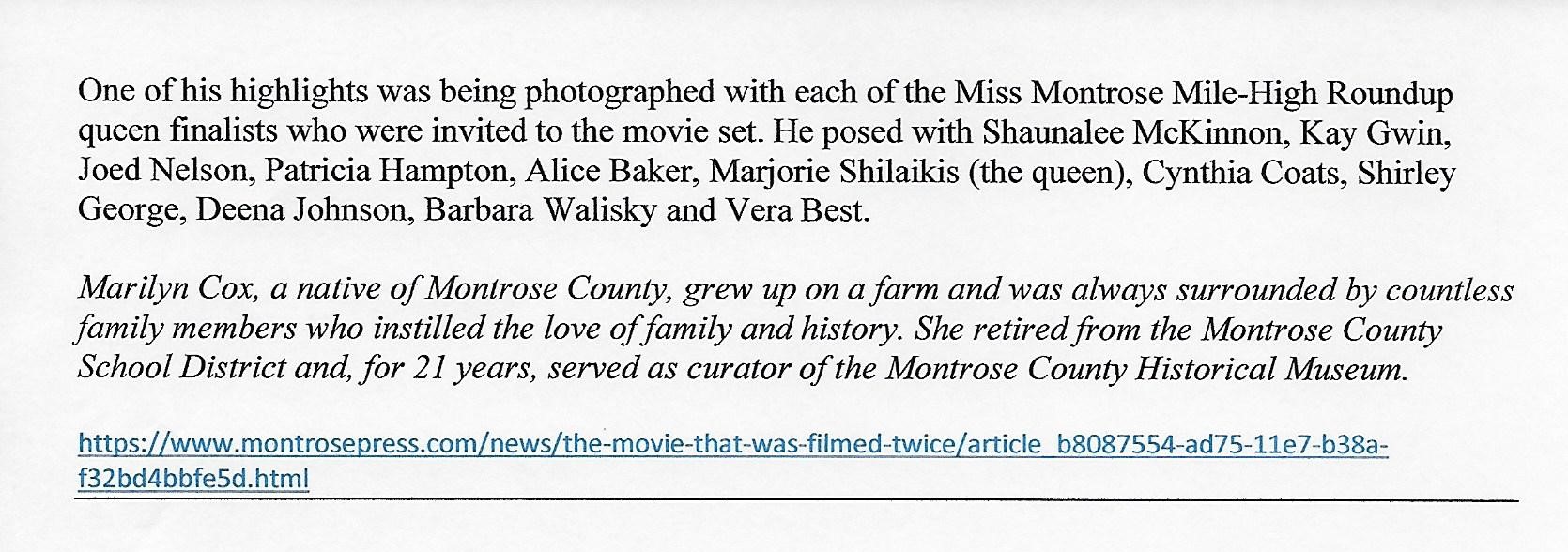
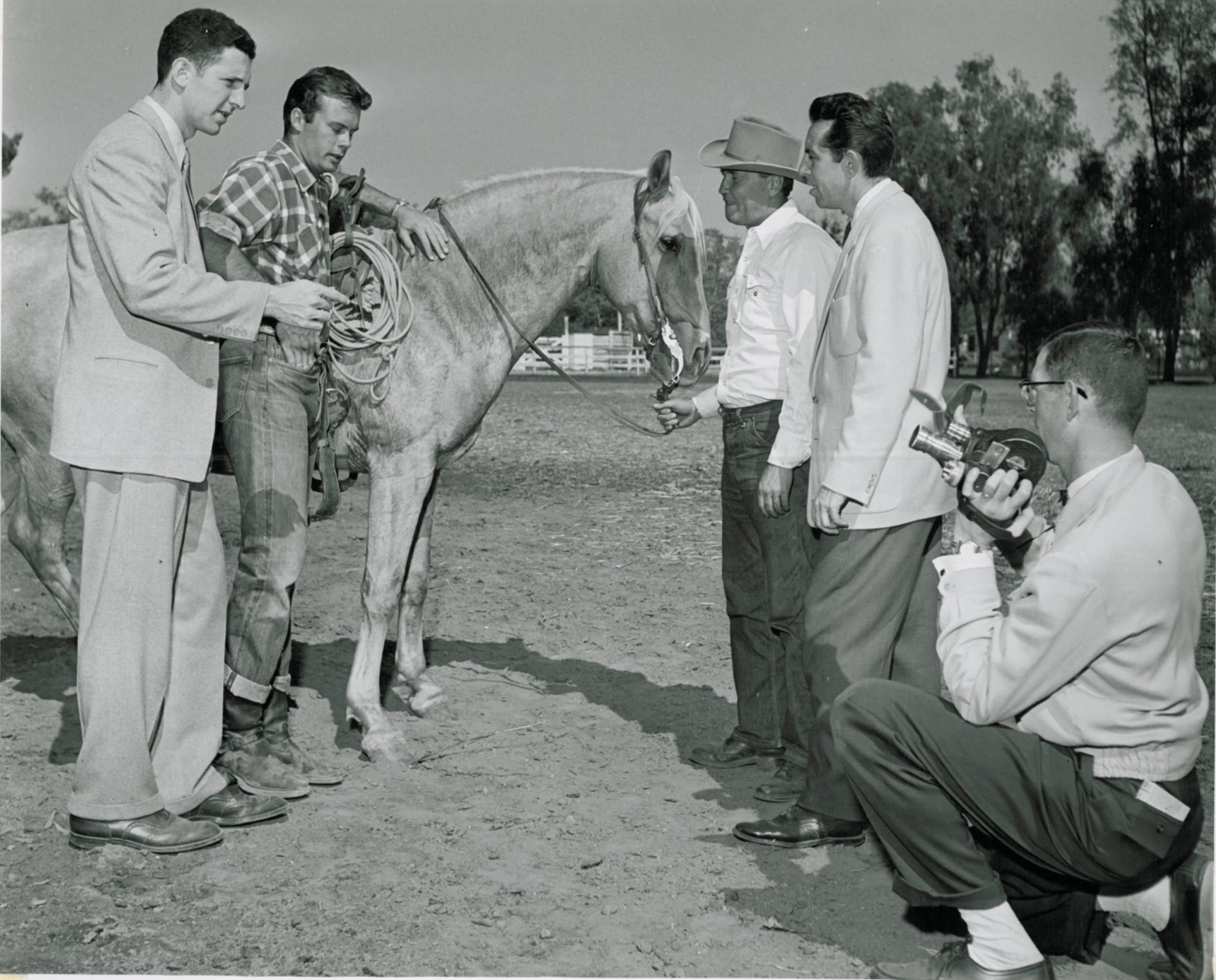
Photos (7) of Bob with this Palomino and in this shirt, all dated 12-29-54. Photographer: Arnold Johnson. Photos may have been for a magazine story or Bob may have been improving his riding skills. The cameraman appears to be using a small movie camera. Other men in photograph are unidentified.
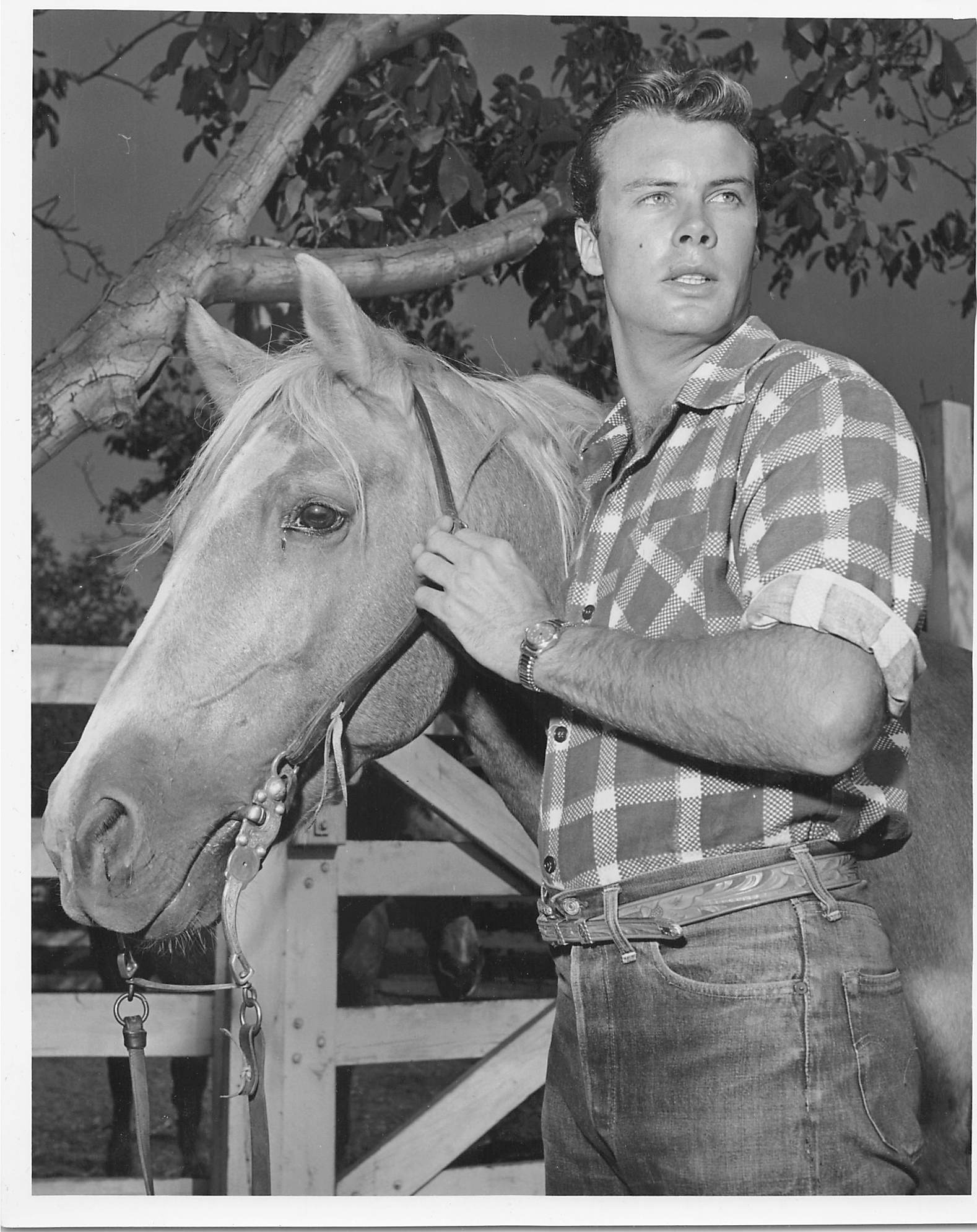
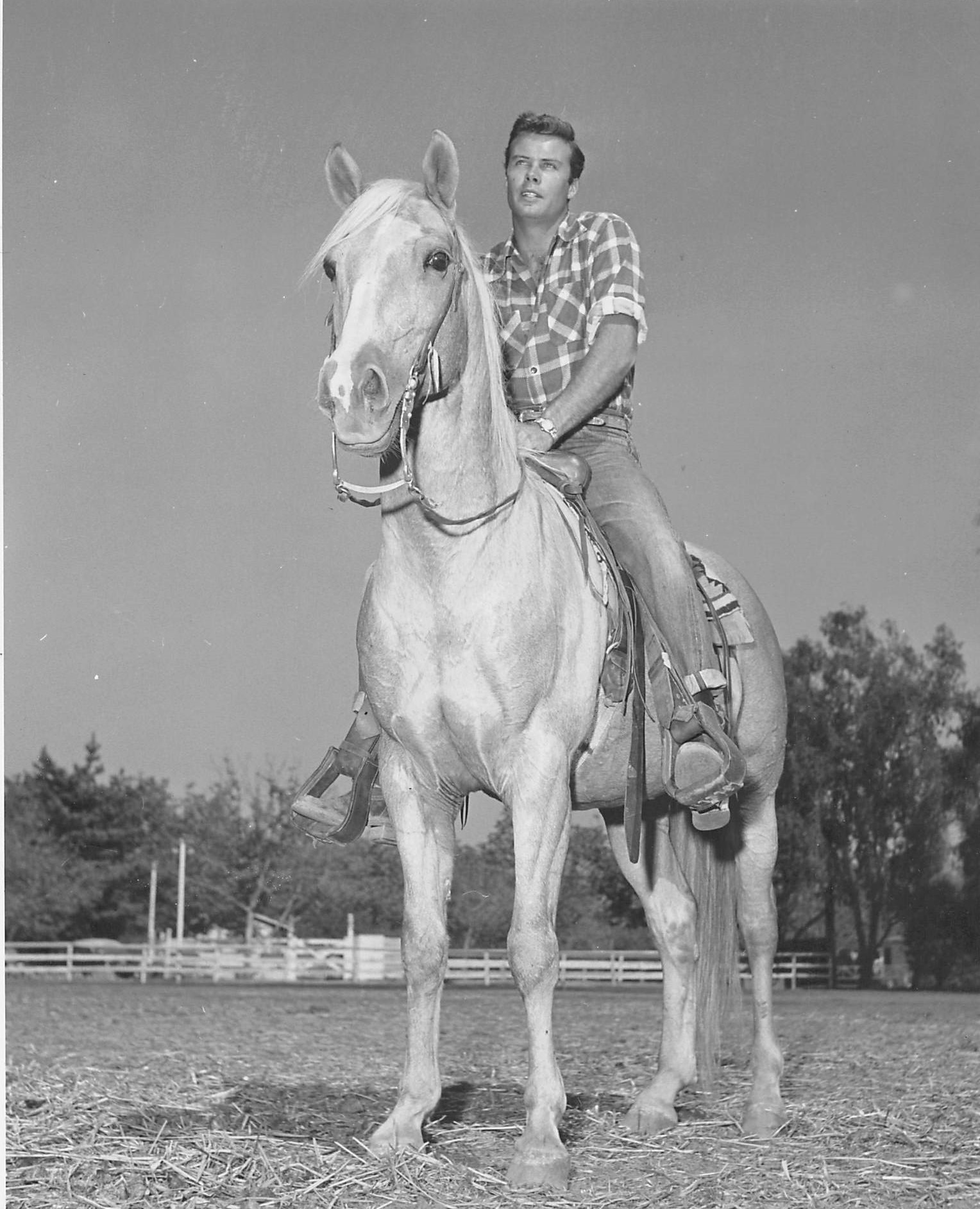
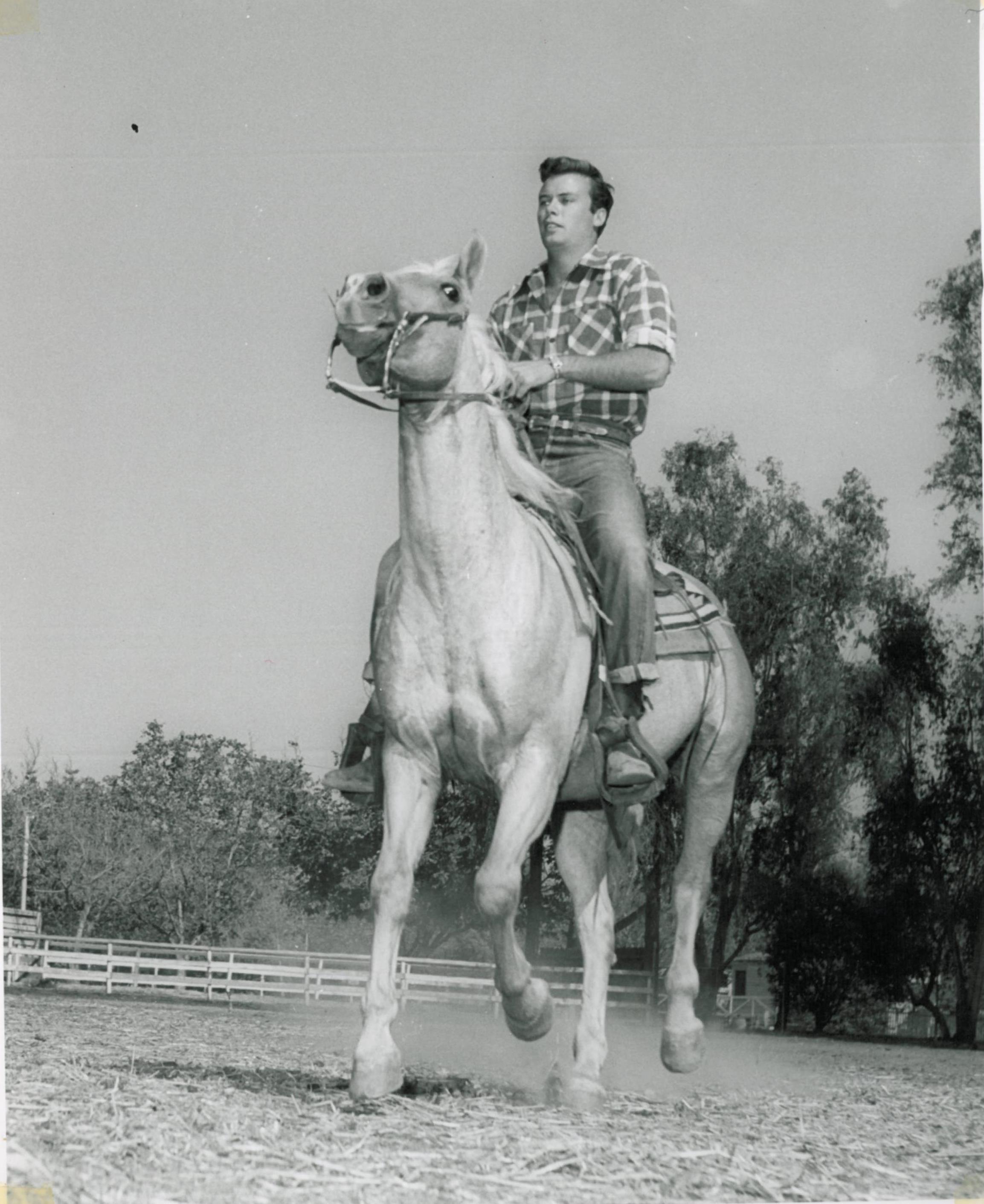
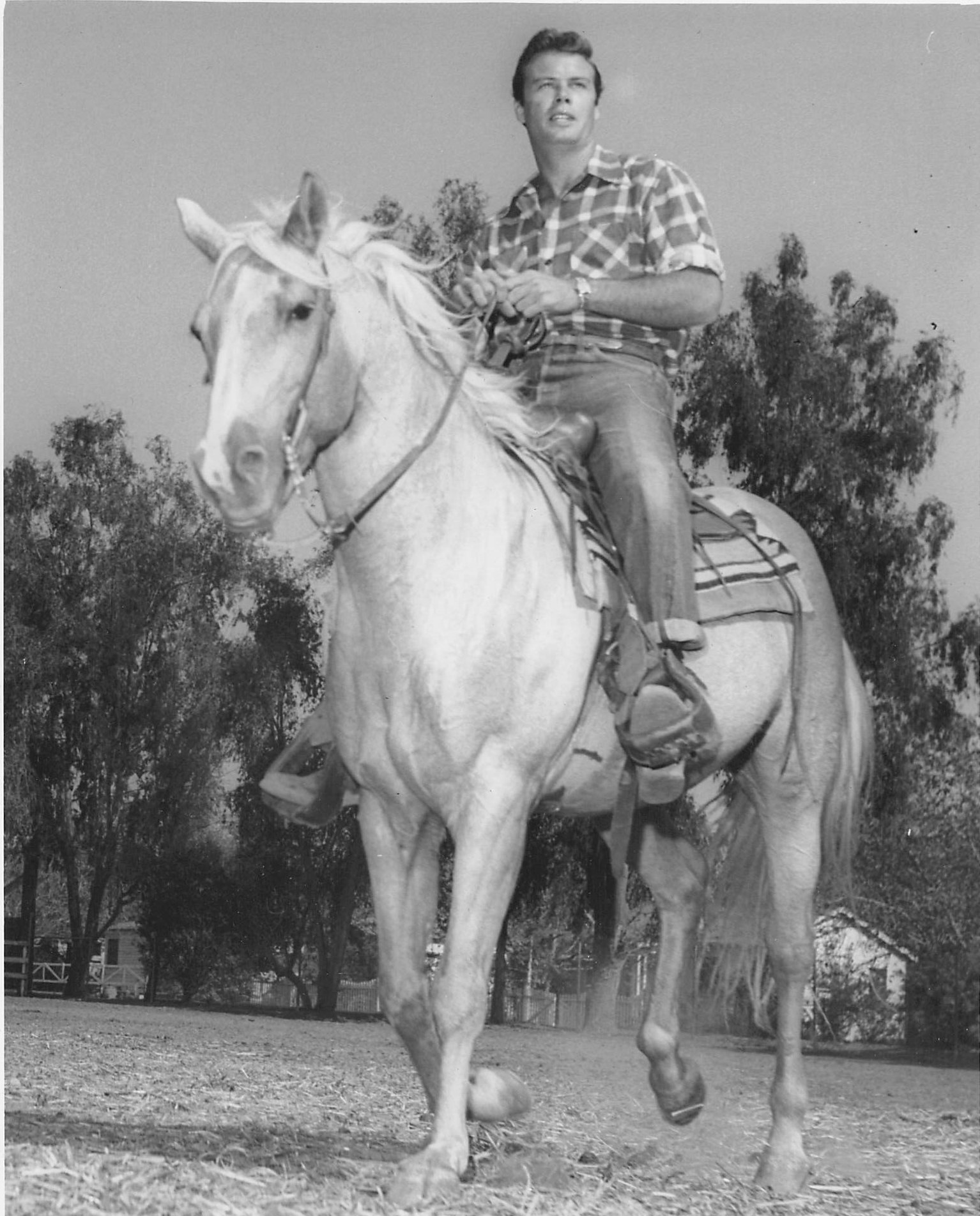


An outtake from the photo shoot. The horse swished its tail in Bob’s face.
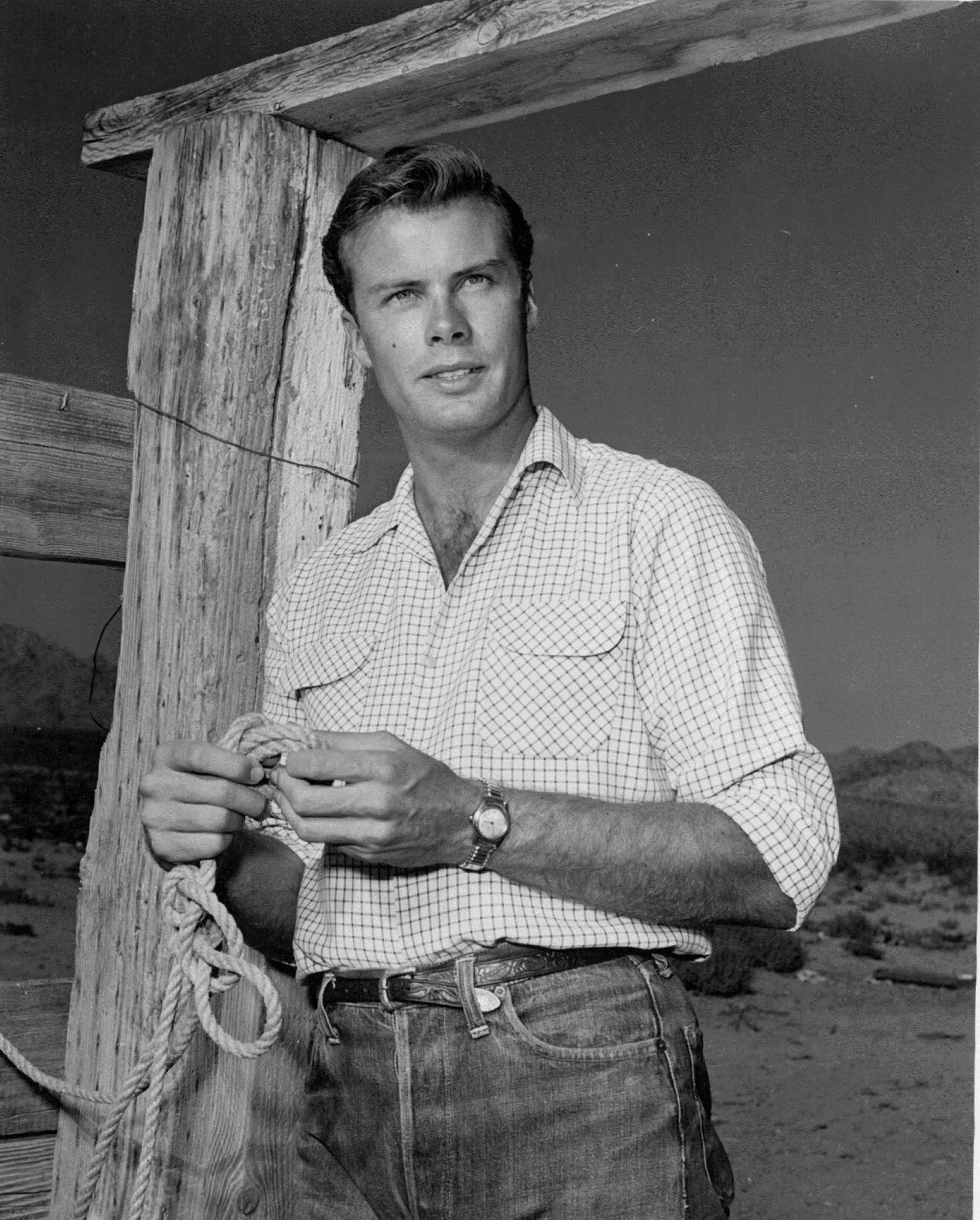
Another shirt, another horse. Photos (2) c. Fall 1954 (based on hair style). (Possibly shot earlier. See The Gallery in They Rode West page. Shirt same as in two photos there.) This one appeared in Movies magazine, April 1955. Photographer unknown. Location: desert or ranch near Los Angeles.
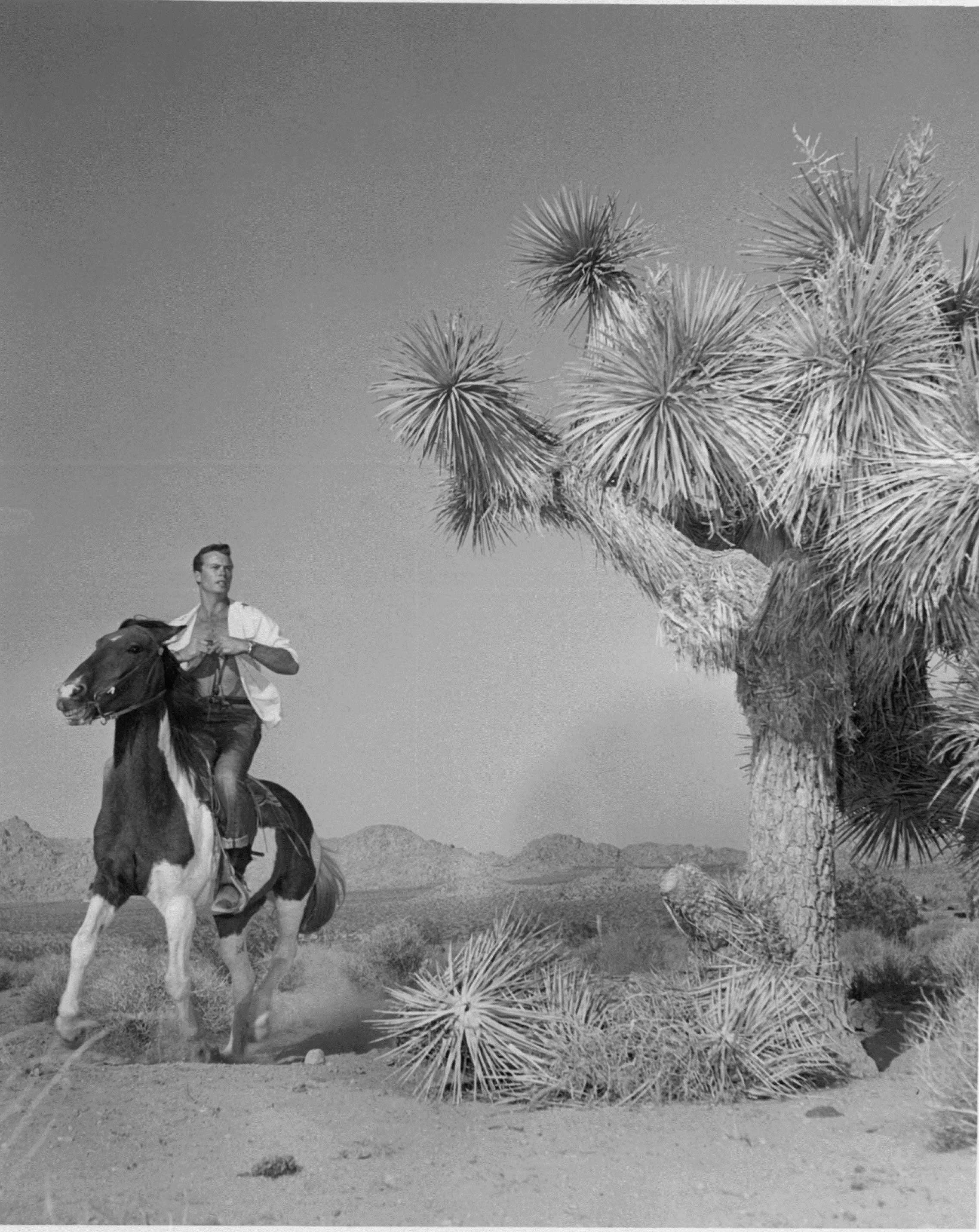
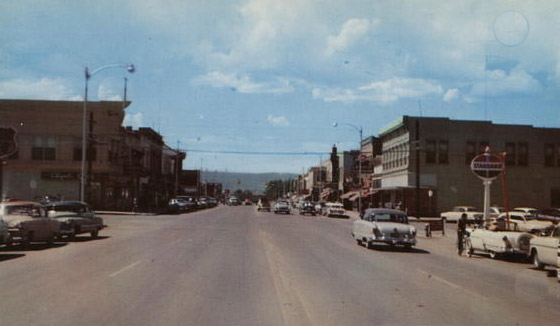
Montrose, Colo., postcards. All c. mid-late 1950s. Photographers and printers unknown.
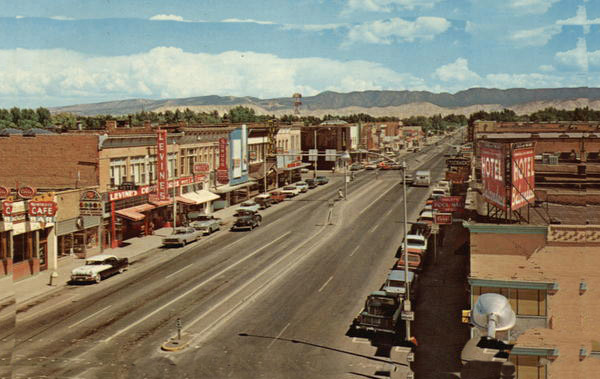

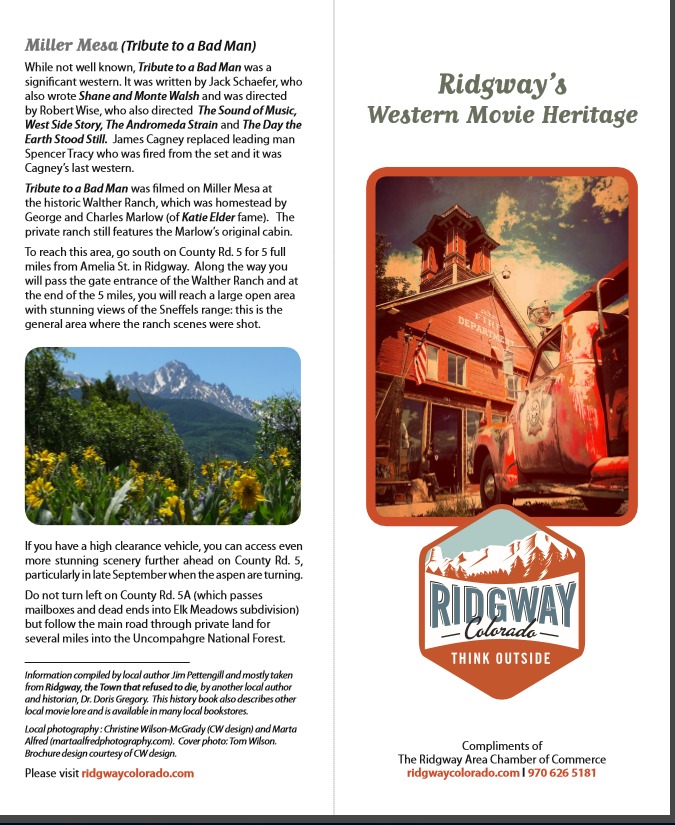
Brochures promoting Ridgway as a location for movies. Note credits. c. 1990s.
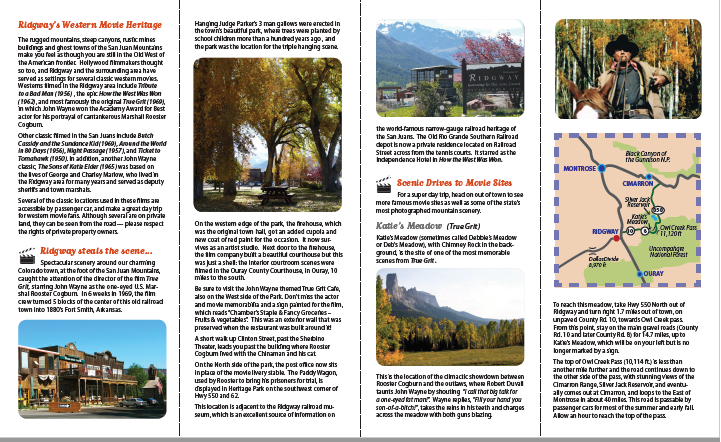
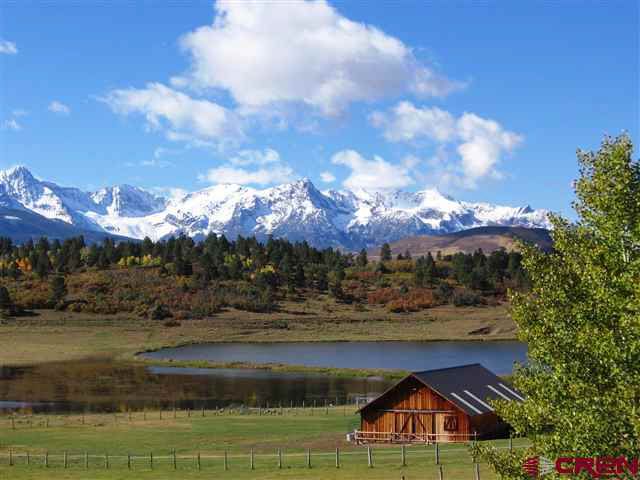
Miller’s Mesa (3 photos), primary exterior location for Tribute to a Bad Man. Photographer unknown. Source: Sales brochure for Miller Mesa Ranch, c. 2016 by Lone Eagle Land Brokerage.
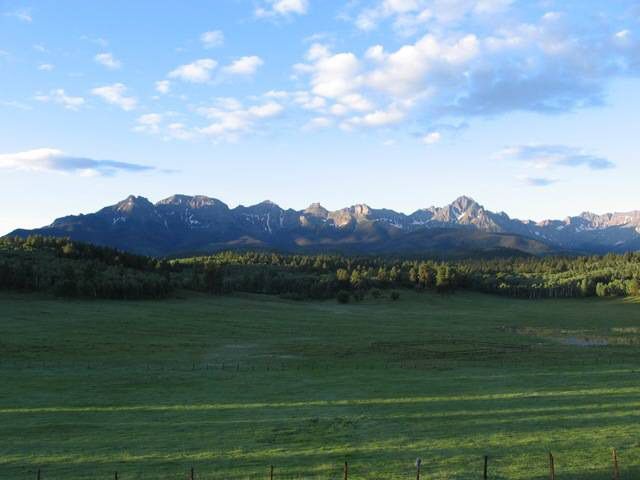
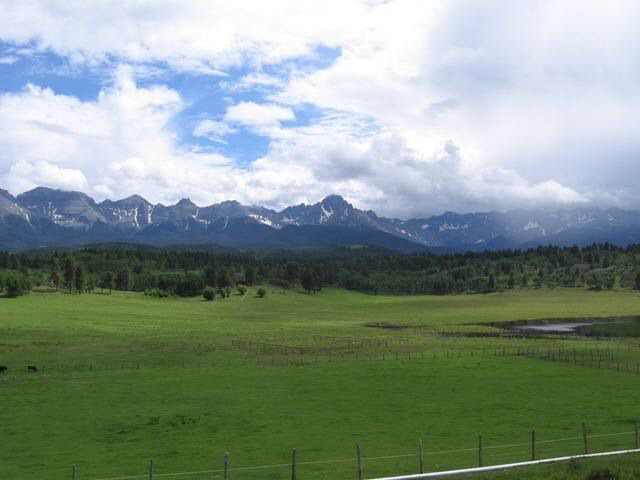
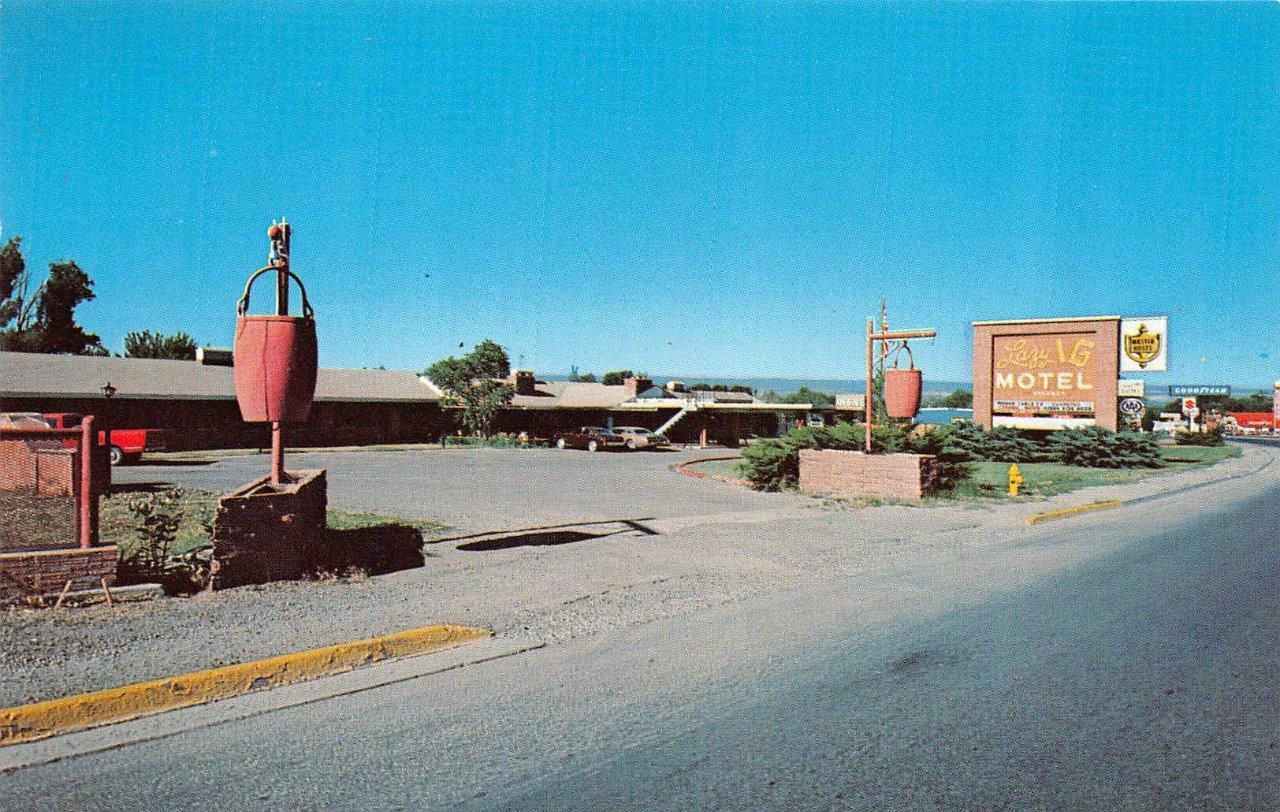
Lazy I G Motel, c. 1970s. Note credits on address side of postcard. Housing for “top line” talent and studio executives for Tribute to a Bad Man, including Bob, Spencer Tracy, Irene Papas, Robert Wise, James Merrick, and others. Later: James Cagney and Don Dubbins. Now the Country Lodge.

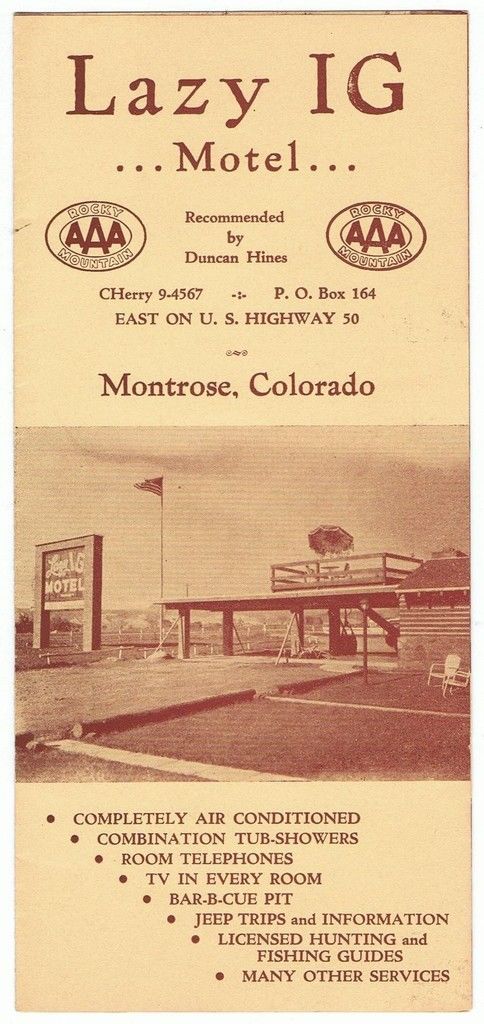
Lazy I G Motel brochure, c. 1959. Unknown credits. Owners: Isabel and Jim Beatty. He was one of civic leaders who promoted Montrose for filming and hosted Robert Wise and others during location scouting period in early 1955.



Montrose Daily Press, Montrose, Colo., Wednesday, May 4, 1955. Courtesy of Adult Services.
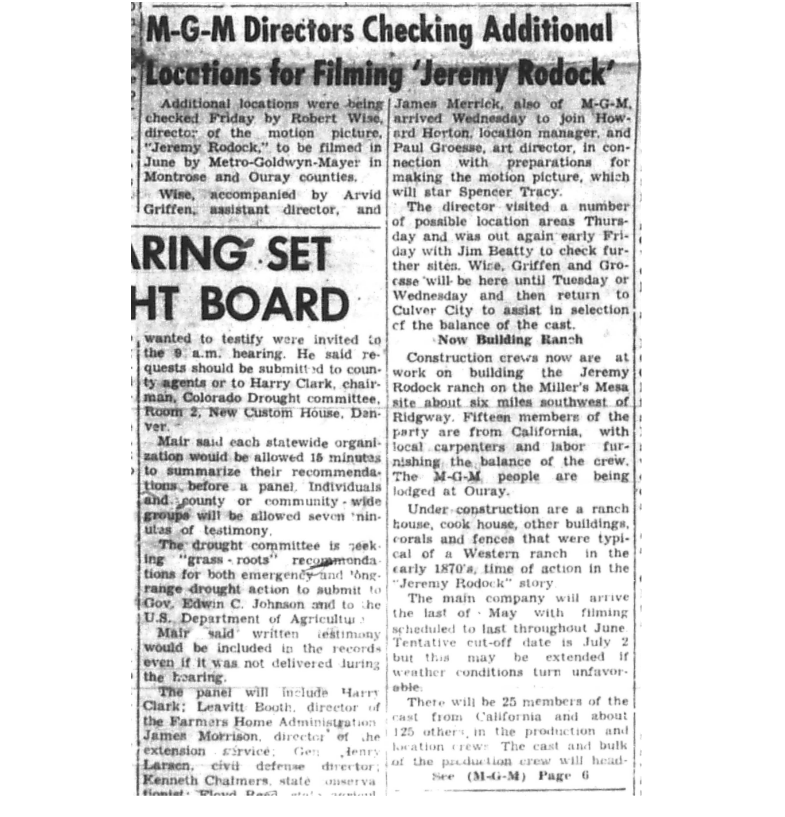
Montrose Daily Press, Montrose, Colo., Friday, May 13, 1955. Courtesy of Adult Services.
Director Robert Wise re Casting of Robert Francis and James Cagney:
“I don’t remember where that came from at all. It was a very important role. I don’t think it was my idea; maybe it came from our casting people. I had seen The Caine Mutiny, so when his name came up, I thought it was a very good idea. I met him and liked him. I was very pleased with working with Bob and the way he handled himself. And his performance — what little chance he had to show there with gruff Tracy being so offish with him…It’s a gene (star quality). You can’t study it. You can’t learn it.”
“Oh, I think, Cagney was fine. I don’t know that Gable would have been a little better. When Cagney came on, he was the opposite of Spencer Tracy. He was warm and cooperative. He took Don Dubbins under his arm, his wing, and he was lovely with Irene. He was a man the same age as Tracy. He did not complain. Got on the horse and rode. No complaints. He just did it. After the treatment Bob had gotten from Tracy, it was so interesting to see the difference with Cagney.”
Source: Robert Wise, interview, Aug. 11, 1992.
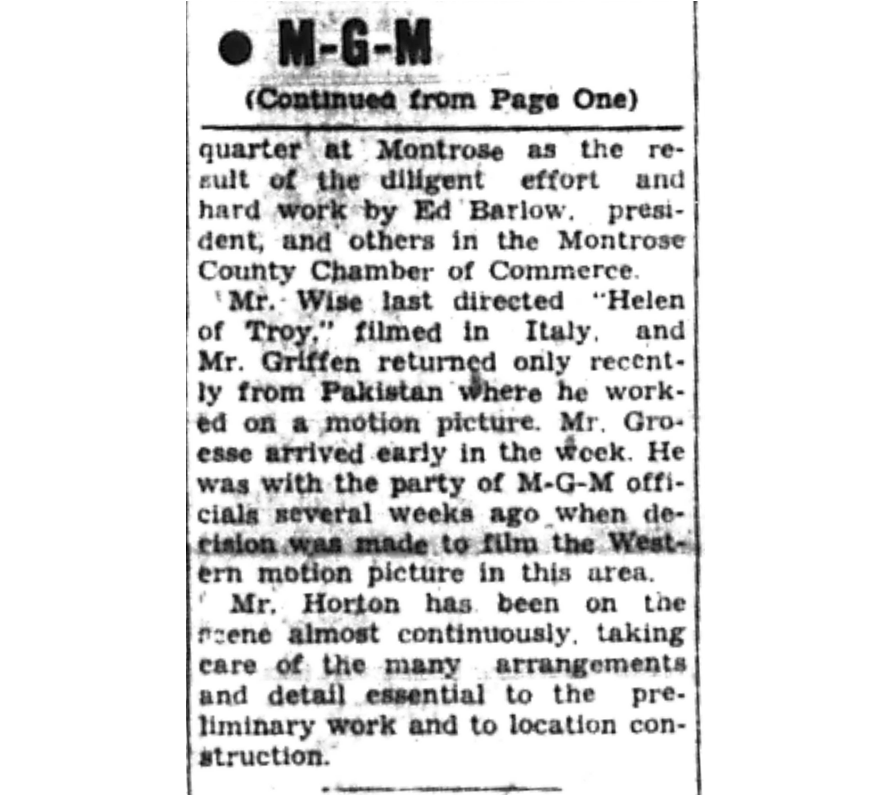
Montrose Daily Press, Montrose, Colo., Friday, May 13, 1955. Courtesy of Adult Services.
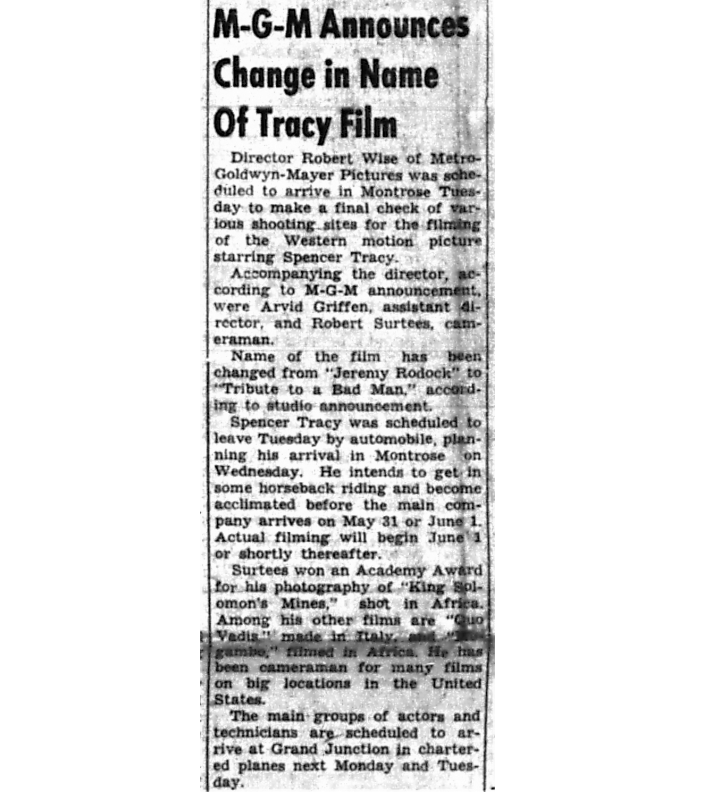
Montrose Daily Press, Montrose, Colo., Tuesday, May 24, 1955. Courtesy of Adult Services.

Montrose Daily Press, Montrose, Colo., Sunday, May 29, 1955. Courtesy of Adult Services.
Story is incomplete.
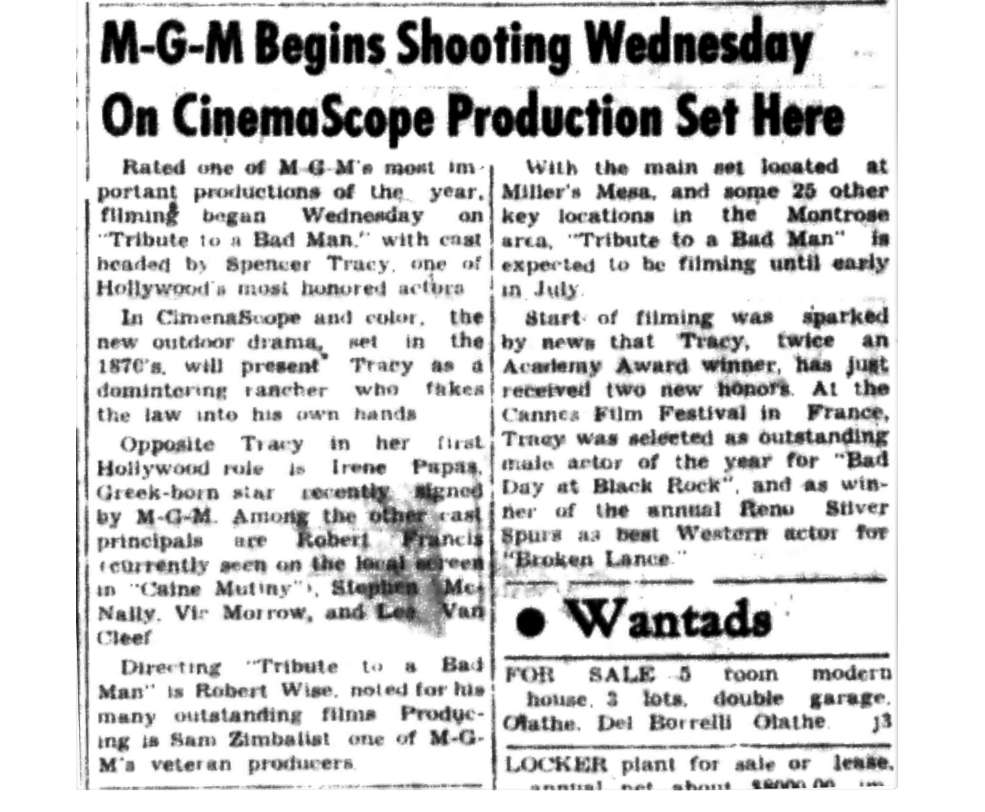
Montrose Daily Press, Montrose, Colo., Wednesday, June 1, 1955. Courtesy of Adult Services.
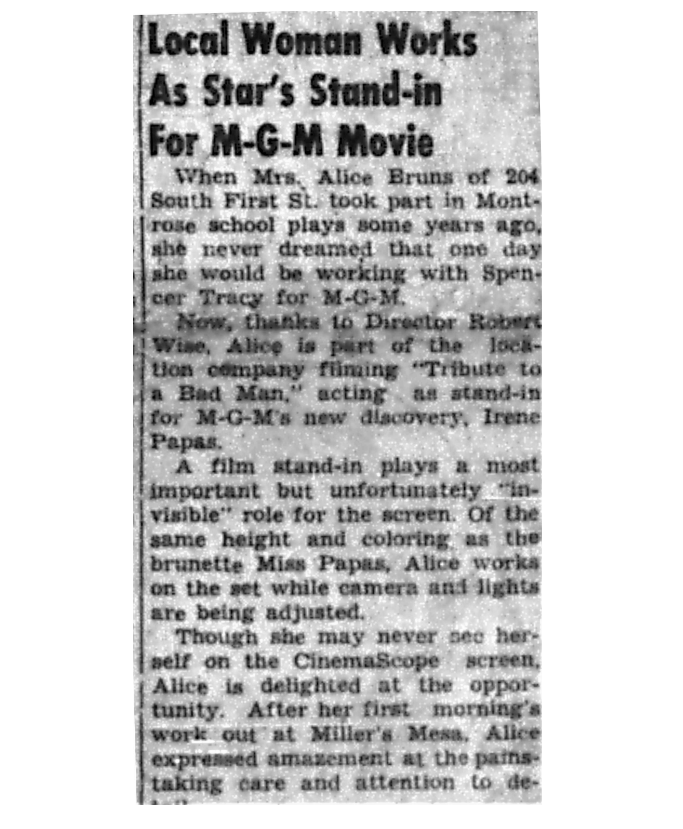
Montrose Daily Press, Montrose, Colo., Thursday, June 2, 1955. Courtesy of Adult Services.

Montrose Daily Press, Montrose, Colo., Friday, June 3, 1955. Courtesy of Adult Services. Other sources indicate Tracy paid his first visit to Montrose on Friday and Saturday, June 10 and 11, 1955. This story may have been created by Metro publicist Jim Merrick to cover Tracy’s failure to report with the rest of the cast and crew at the end of May.
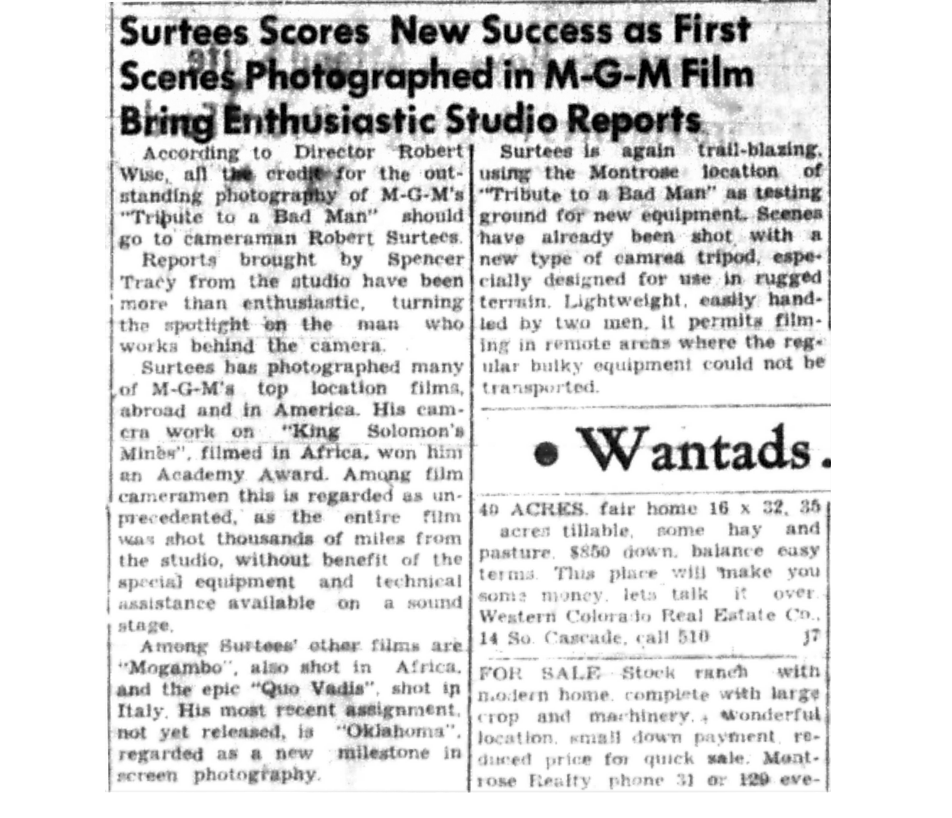
Montrose Daily Press, Montrose, Colo., Sunday, June 5, 1955. Courtesy of Adult Services.

Montrose Daily Press, Montrose, Colo., Monday, June 6, 1955. Courtesy of Adult Services.
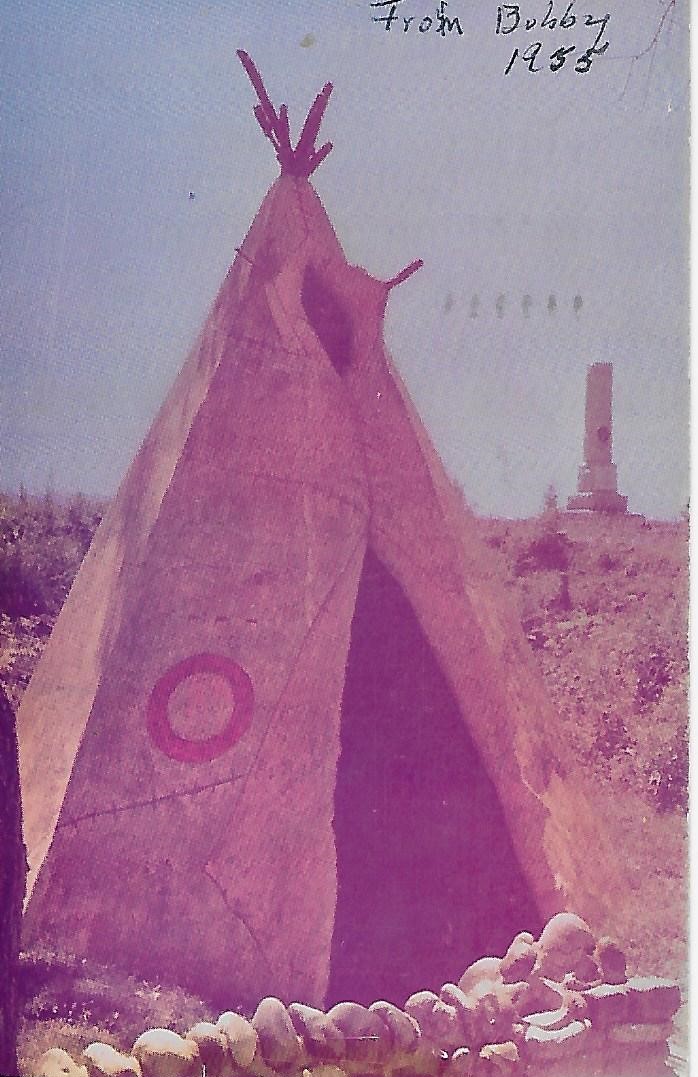
Bob arrived in Montrose in late May-early June 1955. Postcard sent to his sister, Lillian Robins, and her husband, Sandy. June 6, 1955. Lillian’s handwriting on photo side, “From Bobby 1955.”
Note credits. Sister Lillian’s handwriting on “G” and “US 50.” Bob references his new apartment and Myrna Dell who might be staying there. Text: “Dear Lillian and Sandy, Everything is fine and the location is wonderful. My address is LAZY I G MOTEL MONTROSE, COLORADO Don’t be frightened if you find Myrna Dell* living in my apartment. Love, Bob” Source: The Robins Family Collection
*Myrna Dell (born Marilyn Adele Dunlap, March 5, 1924–Feb. 11, 2011) was an actress, model, and writer who appeared in several television programs and motion pictures over four decades. Although tagged a "B" cheesecake blonde and glamour girl of the 1940s and early 1950s, Dell’s career is much richer than that description, though she did not achieve great fame or fortune. Her website http://myrna_dell.tripod.com/index.html continues and she is easy to find on the Internet. Her daughter, Laura Patterson, is a producer for PieTown Productions (“House Hunters,” etc.)
How Dell and Bob knew one another is unknown. They could have met at almost any time between 1949 and 1955 when she was active with television and movies (including “Maverick” with Jack Kelly in 1957). A possible link is through Joe Kirkwood, Jr., who played Joe Palooka in a series of Palooka films, 1946-1951. Myrna Dell was billed in “Joe Palooka in the Squared Circle” (1950). George Meyer, killed in the same plane crash with Bob and Ann Russell, was Kirkwood’s business partner. He had borrowed the Beechcraft Bonanza 35 single-engine airplane from its owner, Kirkwood. Bob’s co-star in The Caine Mutiny, May Wynn, says she introduced Bob to George Meyer (see Biography: Part One….) who may have then introduced him to Kirkwood and Dell. Hollywood was truly a small town in those days. Bob may have asked Dell to stay at his new apartment as a security measure while he was in Colo. shooting Tribute to a Bad Man in June 1955.
Below: Myrna Dell
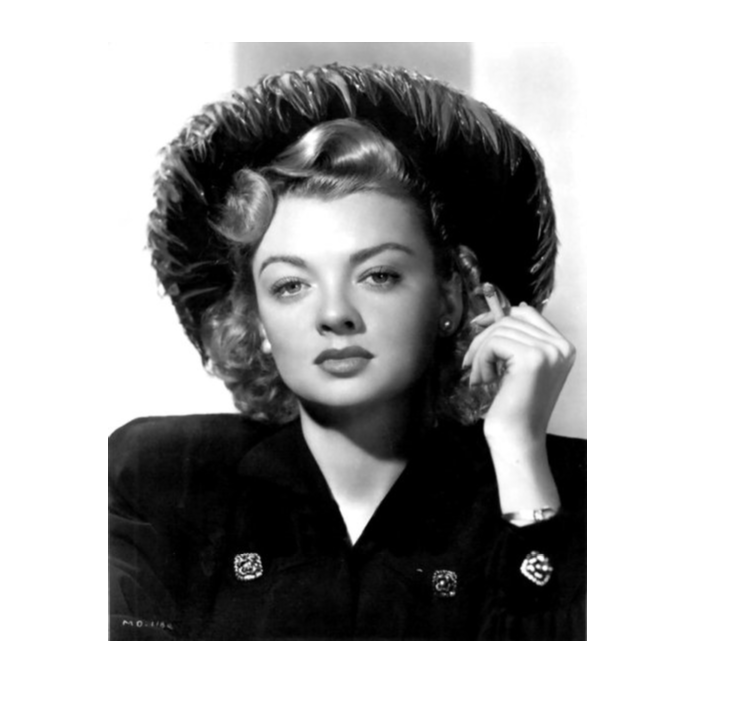
Myrna Dell

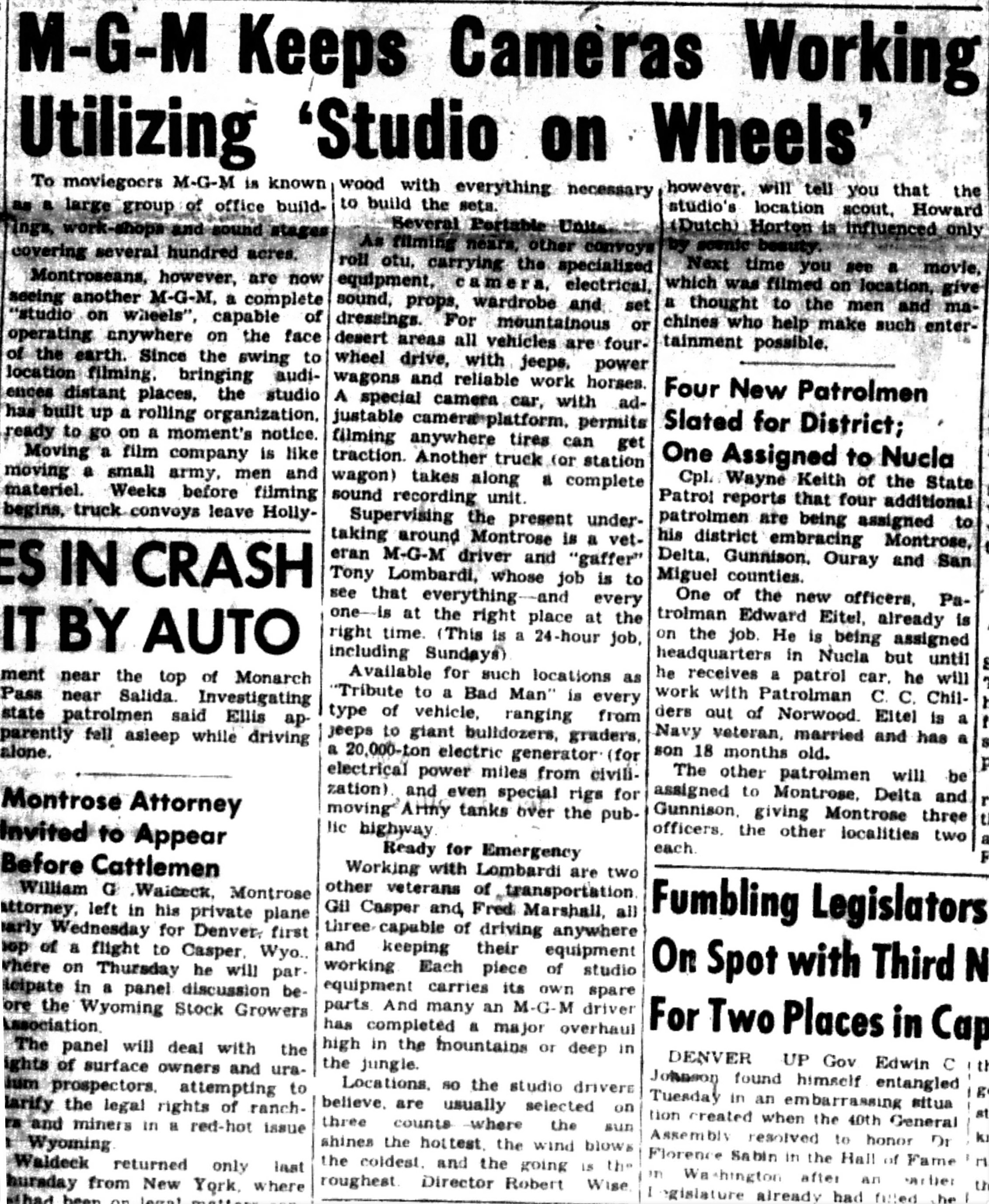
Montrose Daily Press, Montrose, Colo., Wednesday, June 8, 1955. Courtesy of Adult Services.
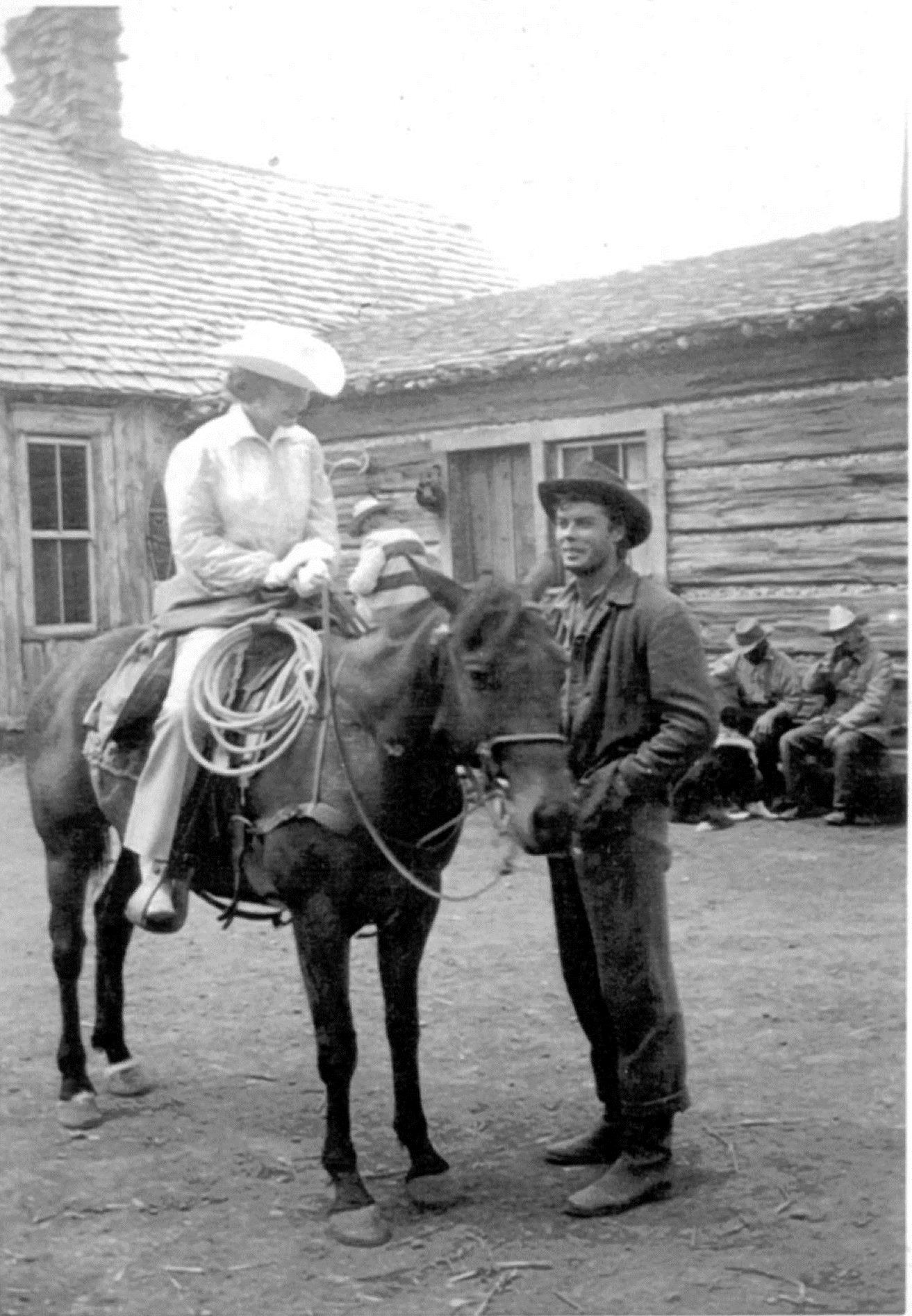
“The high point of his stay was the day he met June Mihelcich.” - See “Bob Francis’ Last Interview,” Modern Screen, Nov. 1955 (below). Photo uncredited and undated, c. June 1955, on Tribute set.
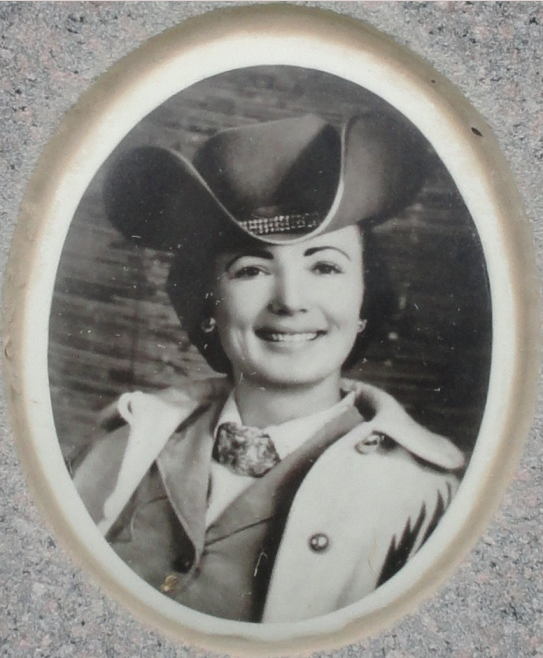
June Mihelcich - Photo uncredited and undated, c. 1960s.
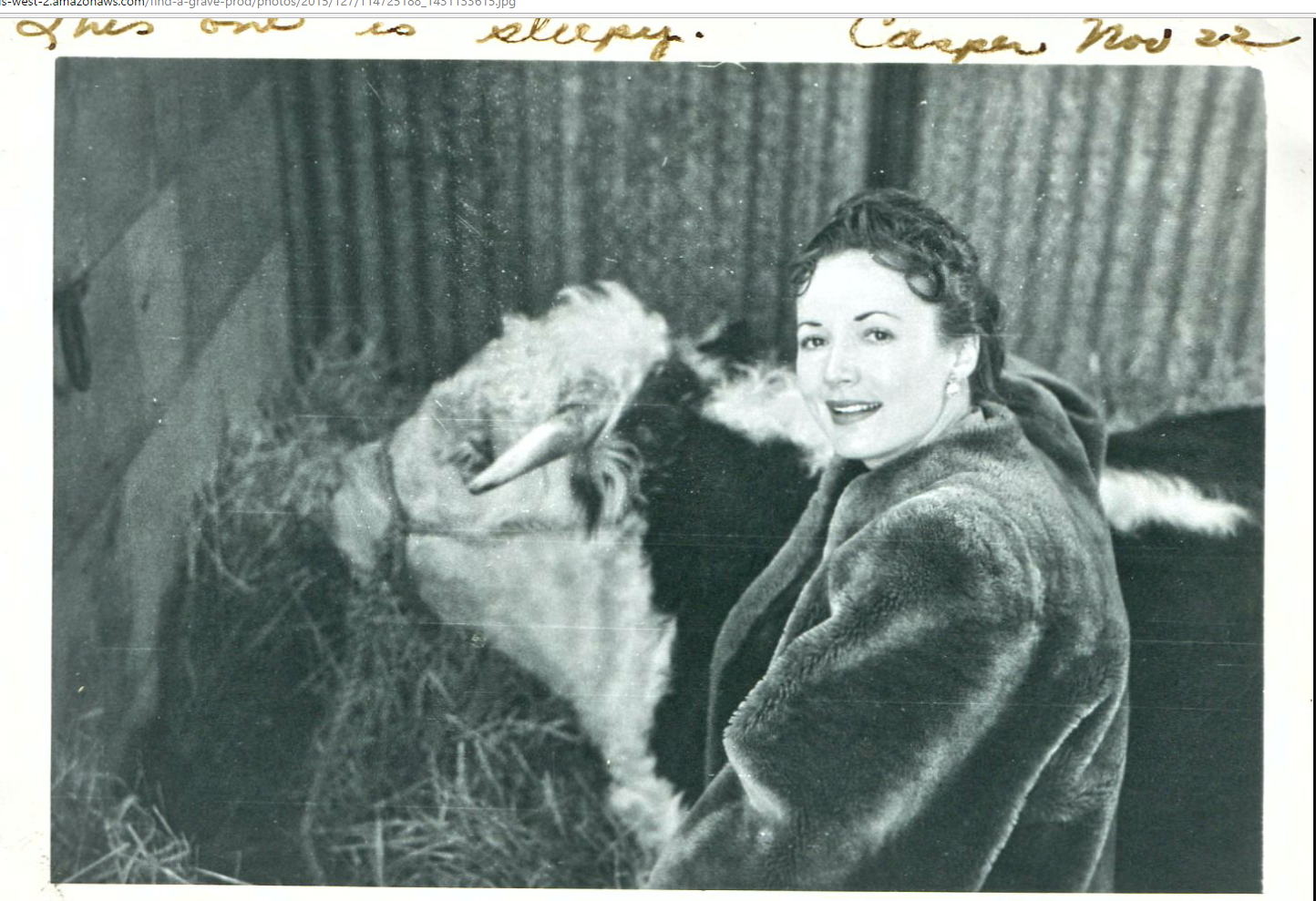
June Mihelcich - Photo uncredited, c. 1972. Handwritten note (in her hand?): “This one is sleepy!” and dated Casper (Wy.), Nov. 22 (1972?).
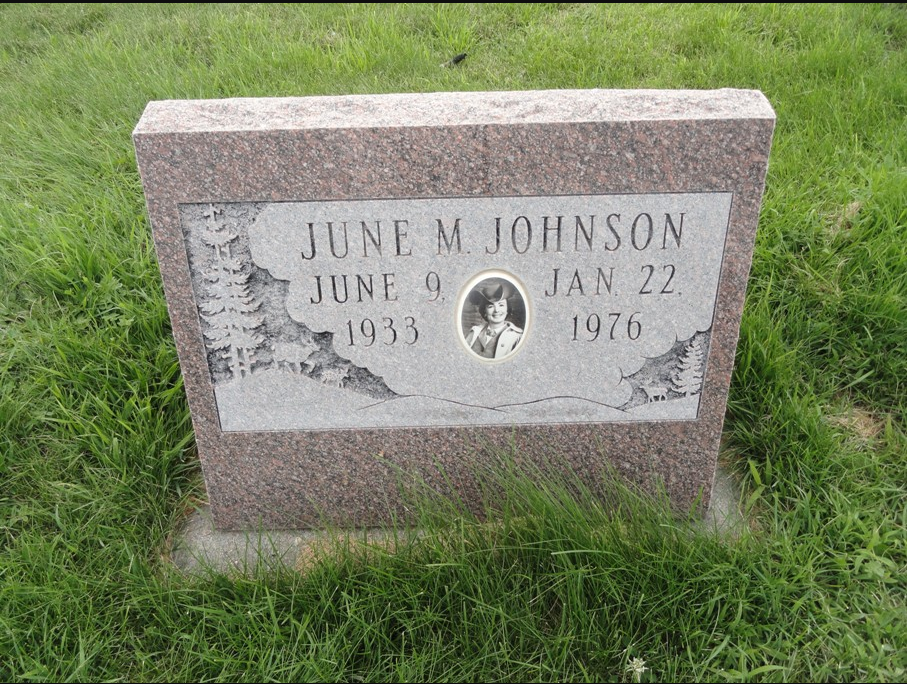
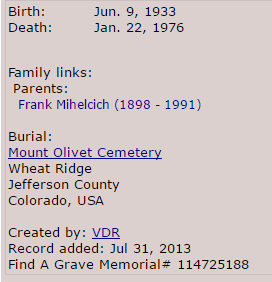
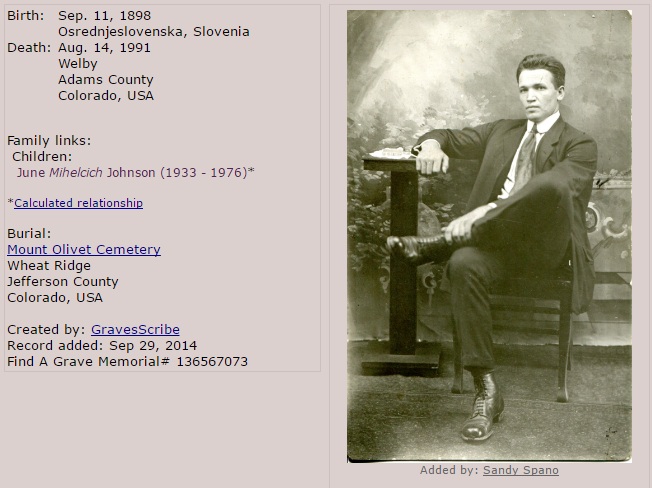
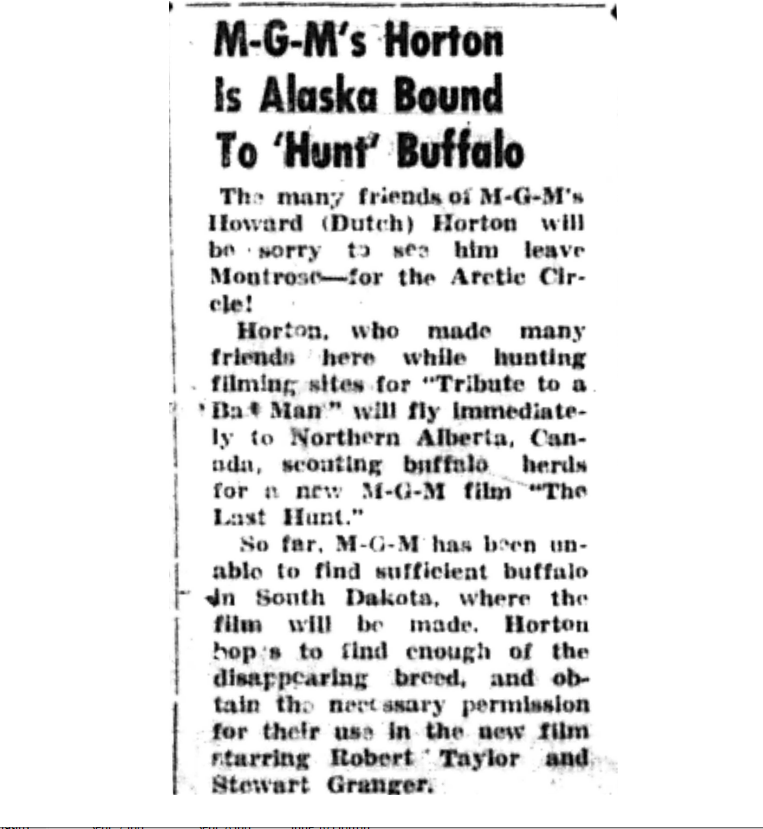
Montrose Daily Press, Montrose, Colo., Friday, June 10, 1955. Courtesy of Adult Services.
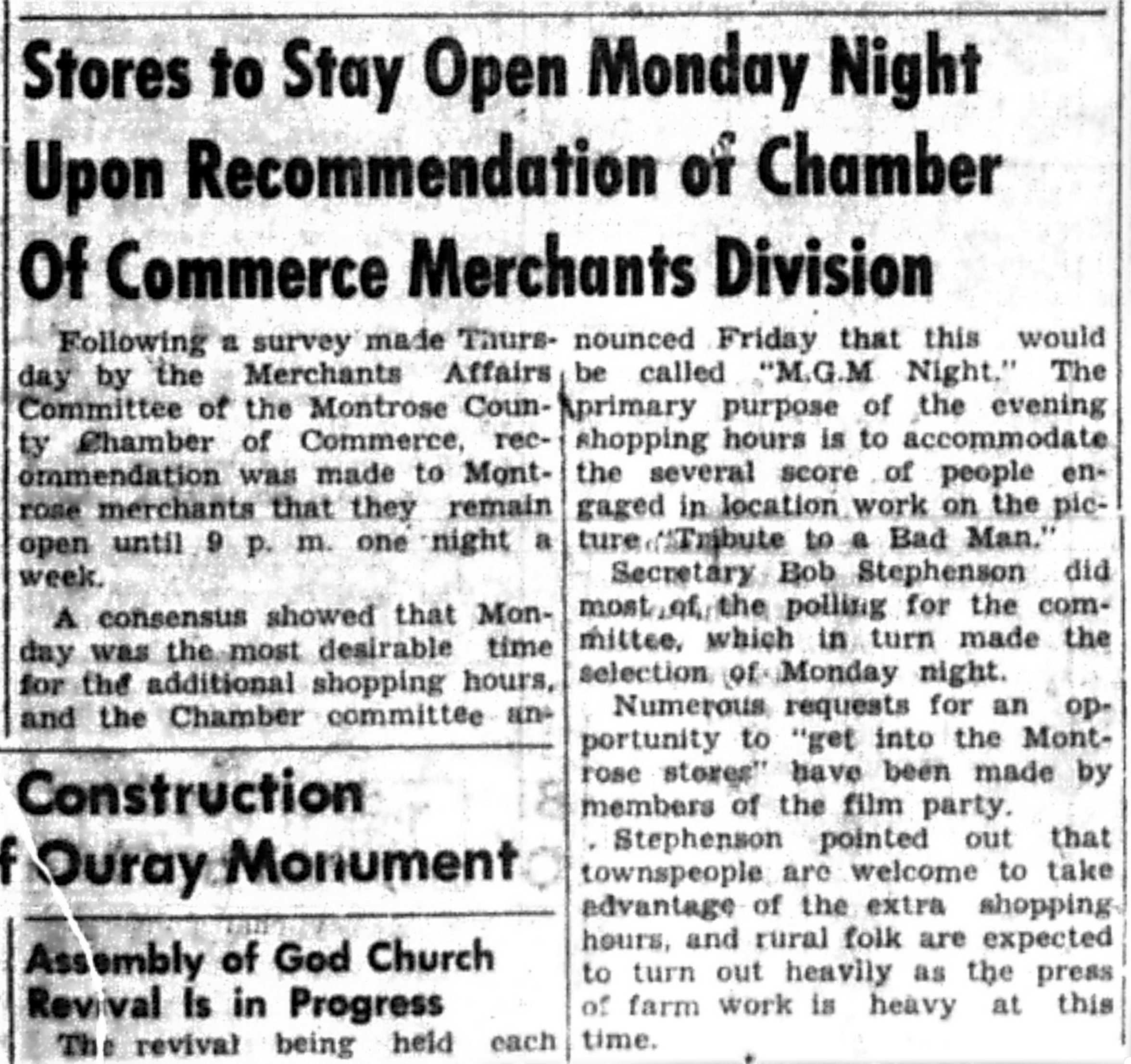
Montrose Daily Press, Montrose, Colo., Saturday, June 11, 1955. Courtesy of Adult Services.
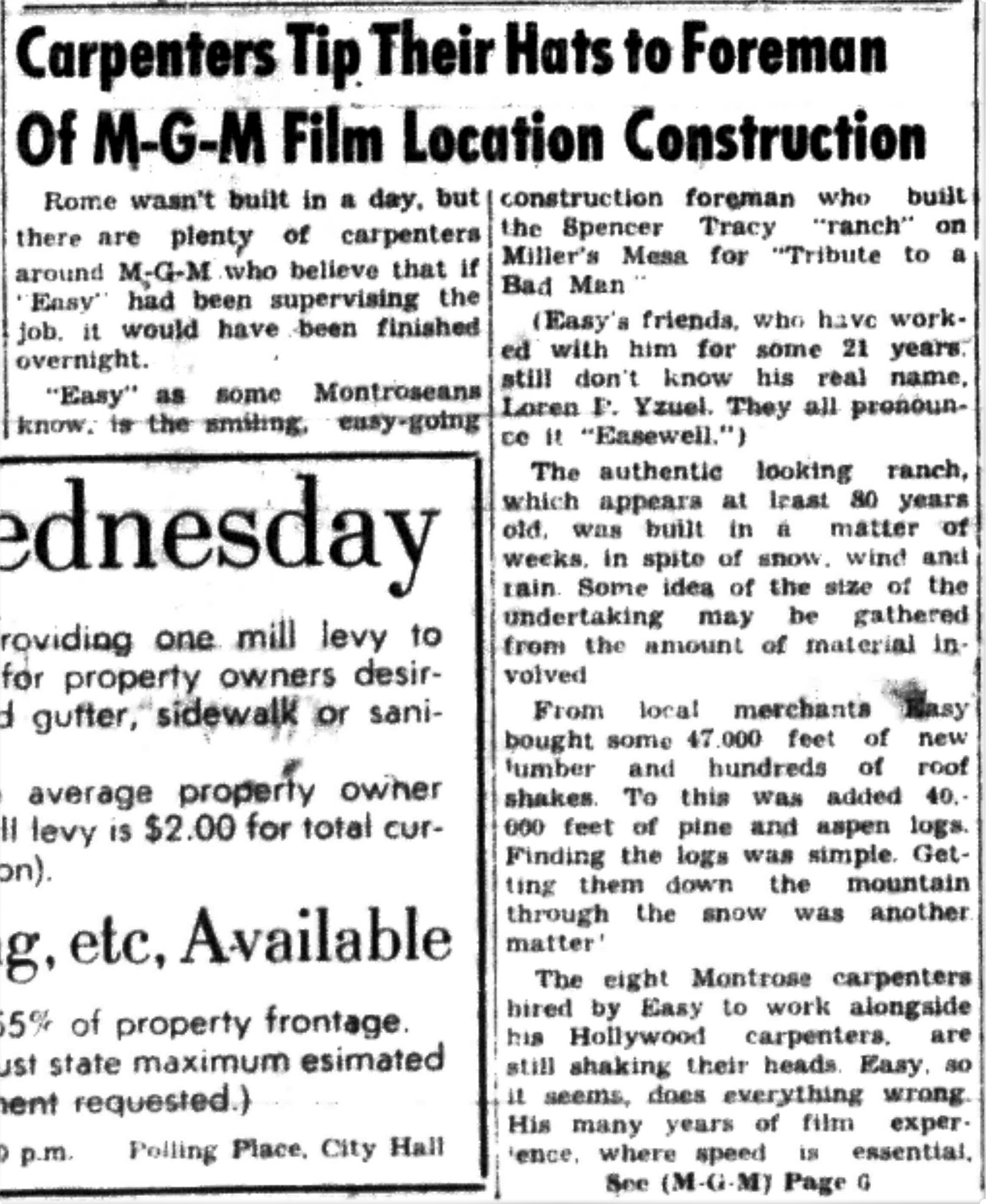
Montrose Daily Press, Montrose, Colo., Saturday, June 11, 1955. Courtesy of Adult Services.
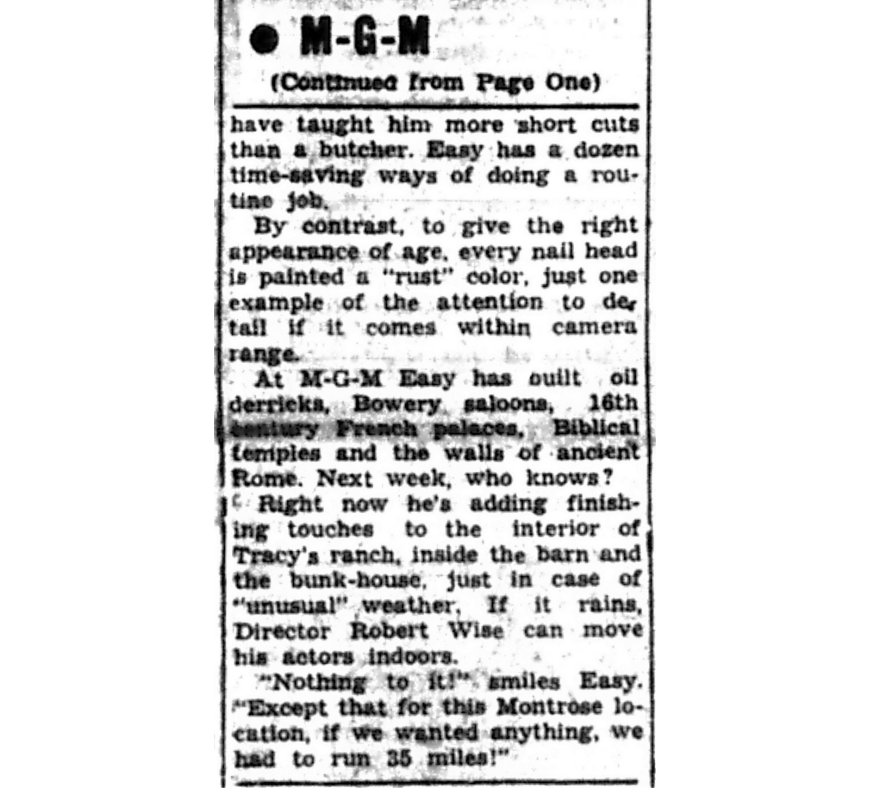
Montrose Daily Press, Montrose, Colo. Saturday, June 11, 1955. Courtesy of Adult Services.
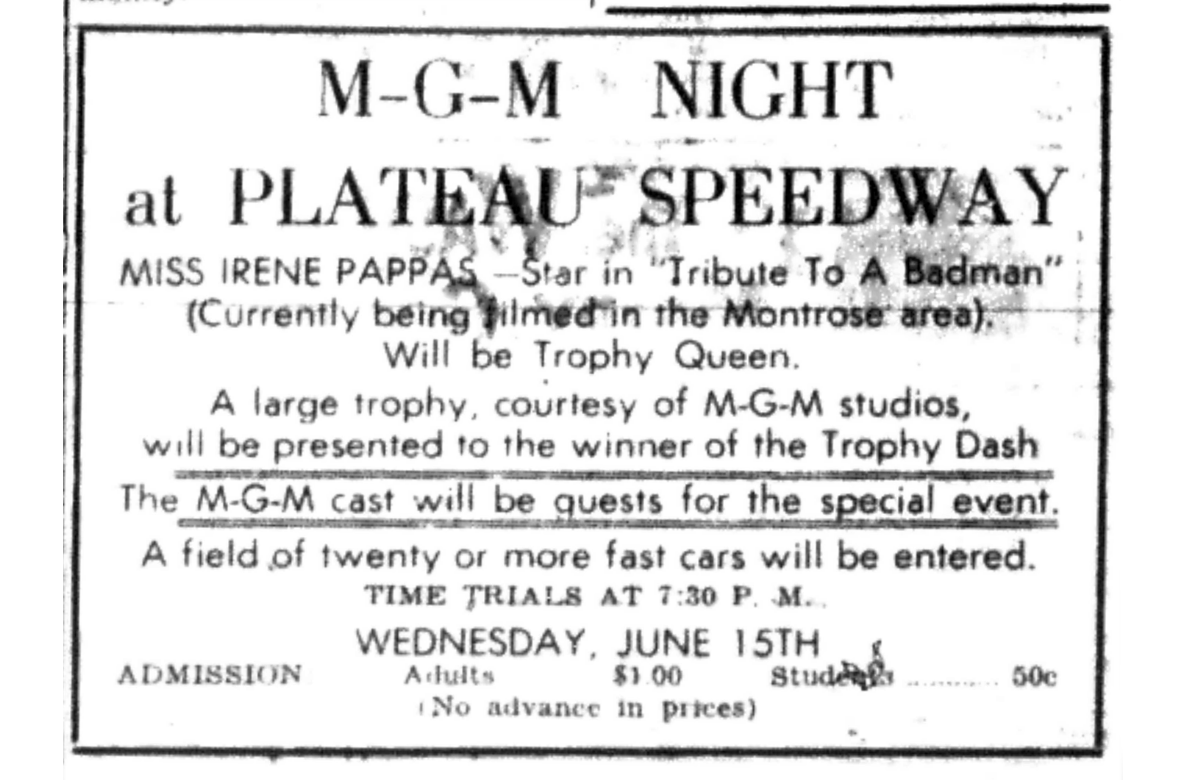
Montrose Daily Press, Montrose, Colo., Tuesday, June 14, 1955. Courtesy of Adult Services. Jim Merrick, Metro-Goldwyn-Mayer unit publicist for Tribute, probably set up this promotional /publicity/public appearance by Irene Papas and attendance by the cast. Likewise, Bob’s meeting with the Miss Montrose Mile-High Roundup beauty queen contestants probably was set up by Merrick. Did he also play a role in setting up the M-G-M Nights on Mondays for shopping? Probably. Bob refers to the stock car races in “Bob Francis’ last interview,” Modern Screen, Nov. 1955 (below). Merrick and his boss, William Strickling, head of MGM publicity, were masters of getting into print what MGM wanted to be in print — and also were masters of keeping bad news out of print. Merrick revealed some of his stories in the 1970s. Strickling is said to have burned all of his files — good and bad —in a barrel in his backyard a few years before he died.
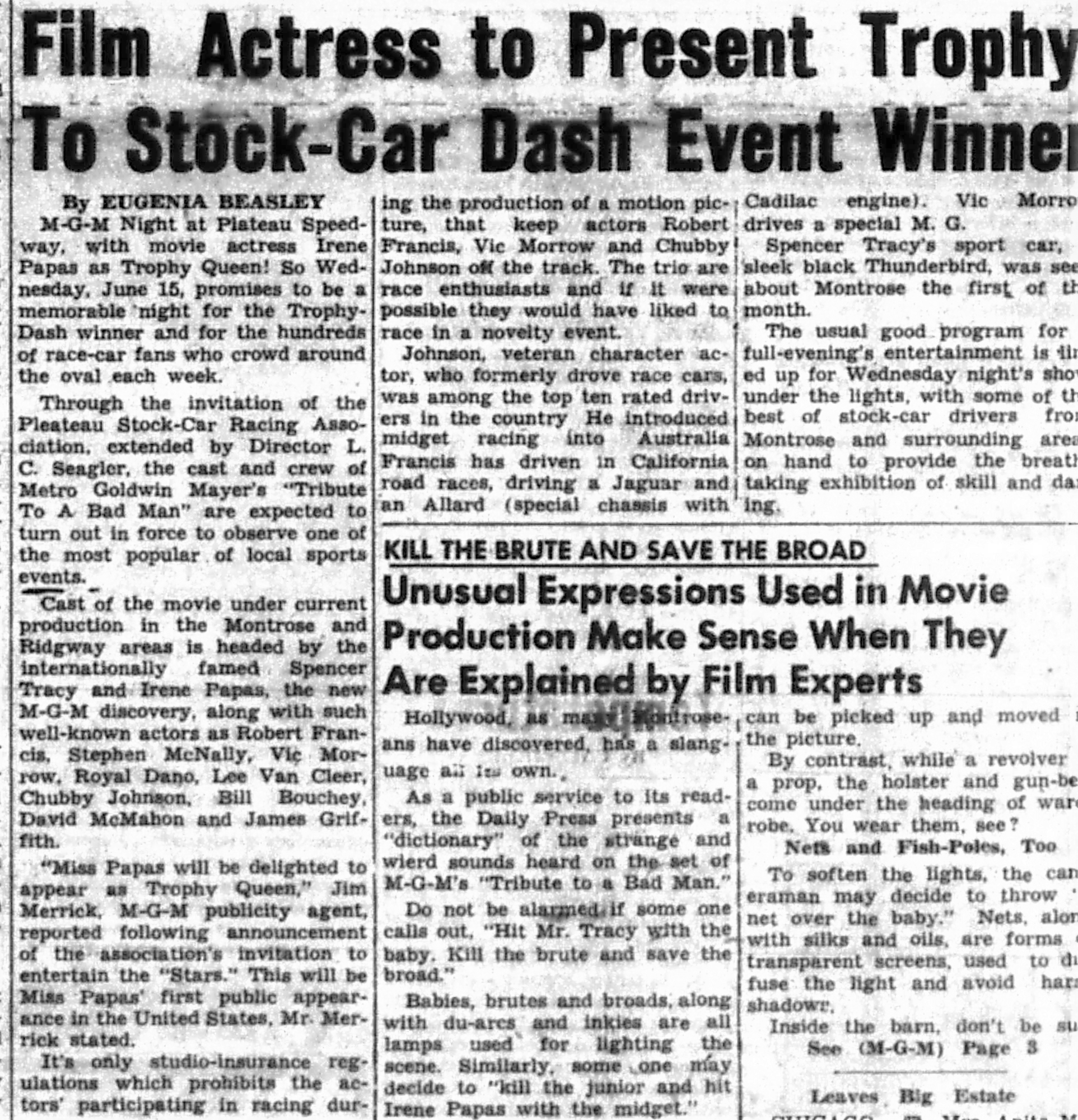
Montrose Daily Press, Montrose, Colo., Tuesday, June 14, 1955. Courtesy of Adult Services.
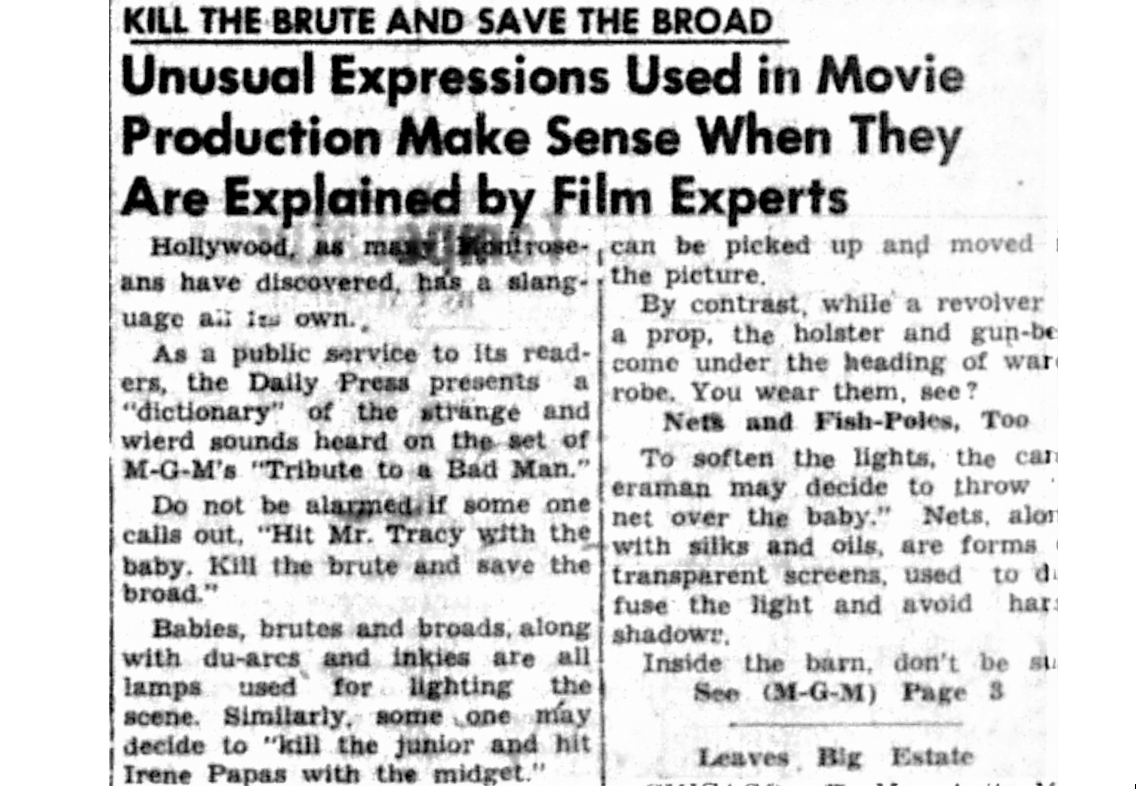
Montrose Daily Press, Montrose, Colo., Tuesday, June 14, 1955. Courtesy of Adult Services. Story probably suggested (and written?) by Jim Merrick, Metro-Goldwyn-Mayer unit publicist for Tribute.
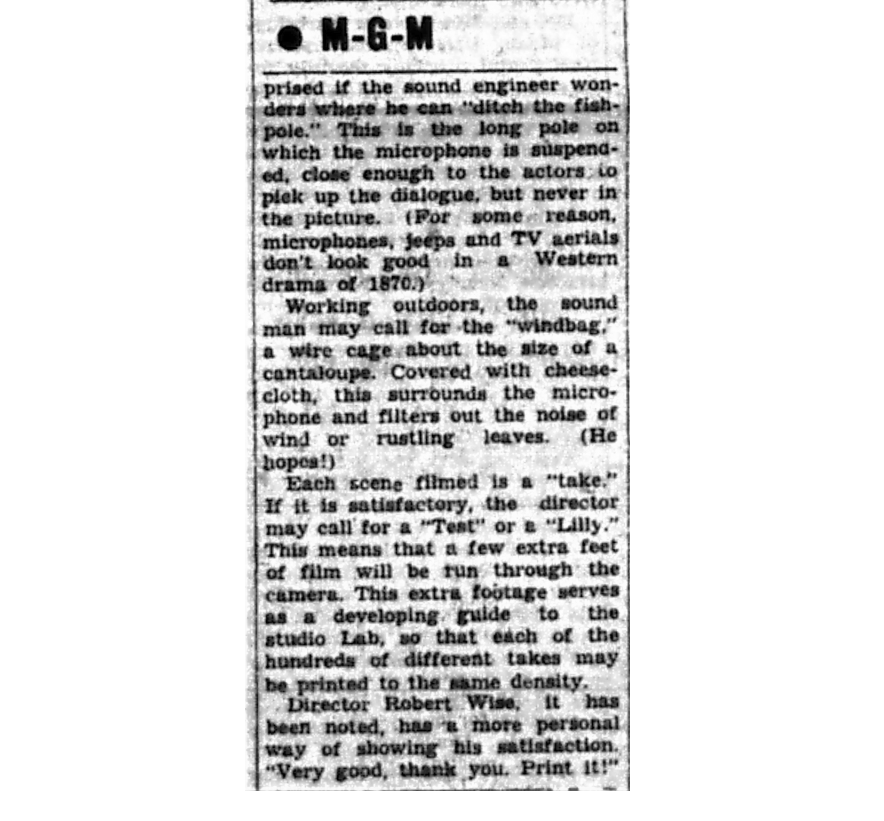
Montrose Daily Press, Montrose, Colo., Tuesday, June 14, 1955. Courtesy of Adult Services.
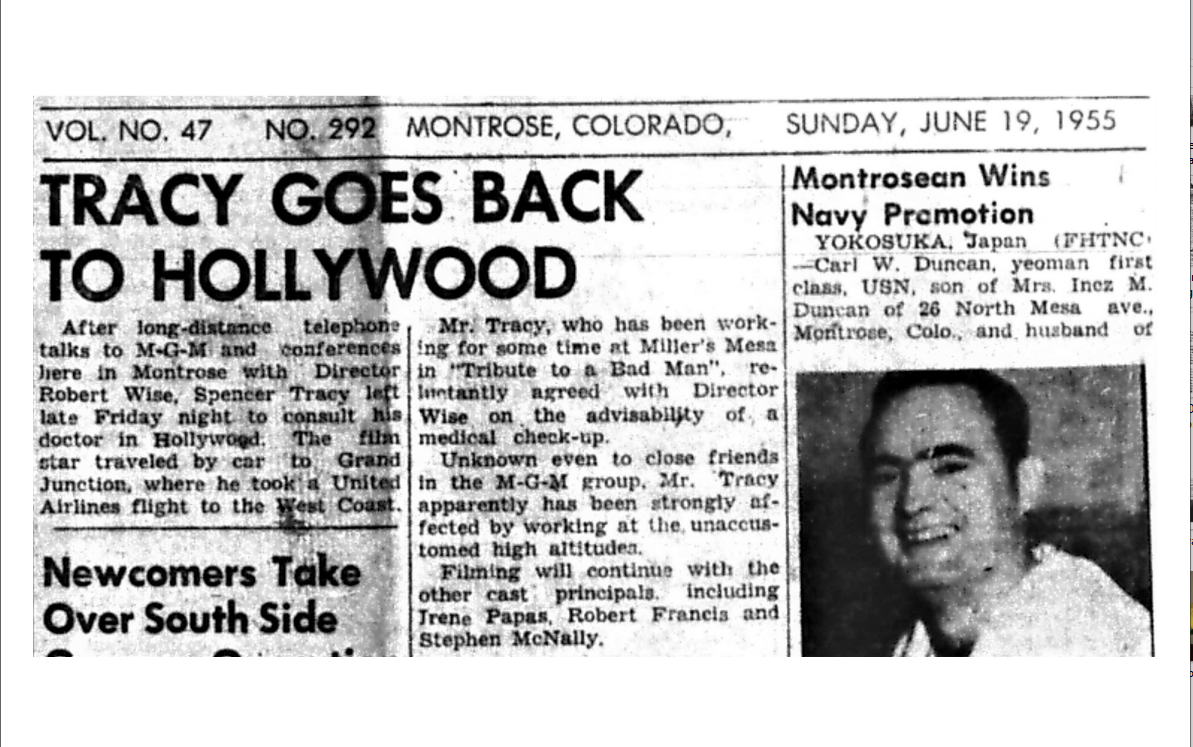
Montrose Daily Press, Montrose, Colo., Sunday, June 19, 1955. Courtesy of Adult Services. Tracy first arrived on Friday, June 10, 1955, and visited the Tribute set on Saturday morning, June 11, 1955. He returned to the Lazy IG Motel and then checked out in the afternoon (not Friday evening as in the story) without leaving any information about his plans. He disappeared until Sunday, June 19, 1955. He then worked half-days on Monday-Wednesday, June 20-22, 1955. He was fired from the film on the afternoon of June 22, 1955, but there was no national coverage until June 23 and 24. This story speaks to Tracy’s first disappearance, not his second. Possible that Jim Merrick, Metro-Goldwyn-Mayer unit publicist provided specifics and worked with editor of Montrose Daily Press to hold this story in hopes Tracy would return. The story ran the day Tracy returned to Montrose, four days before he was fired. (The cover story became his health issues related to the location altitude.) See Chapter 19, Spencer Tracy Tragic Idol by Bill Davidson, New York: E.P. Dutton, published April 18, 1988 (see below).
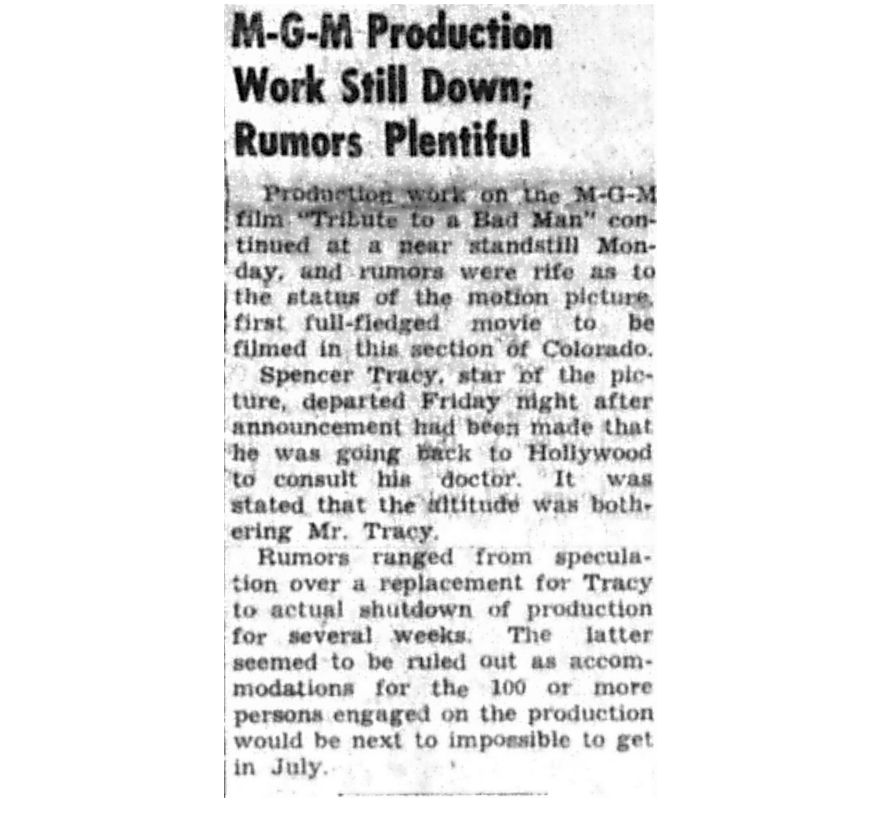
Montrose Daily Press, Montrose, Colo., Monday, June 20, 1955. Courtesy of Adult Services.
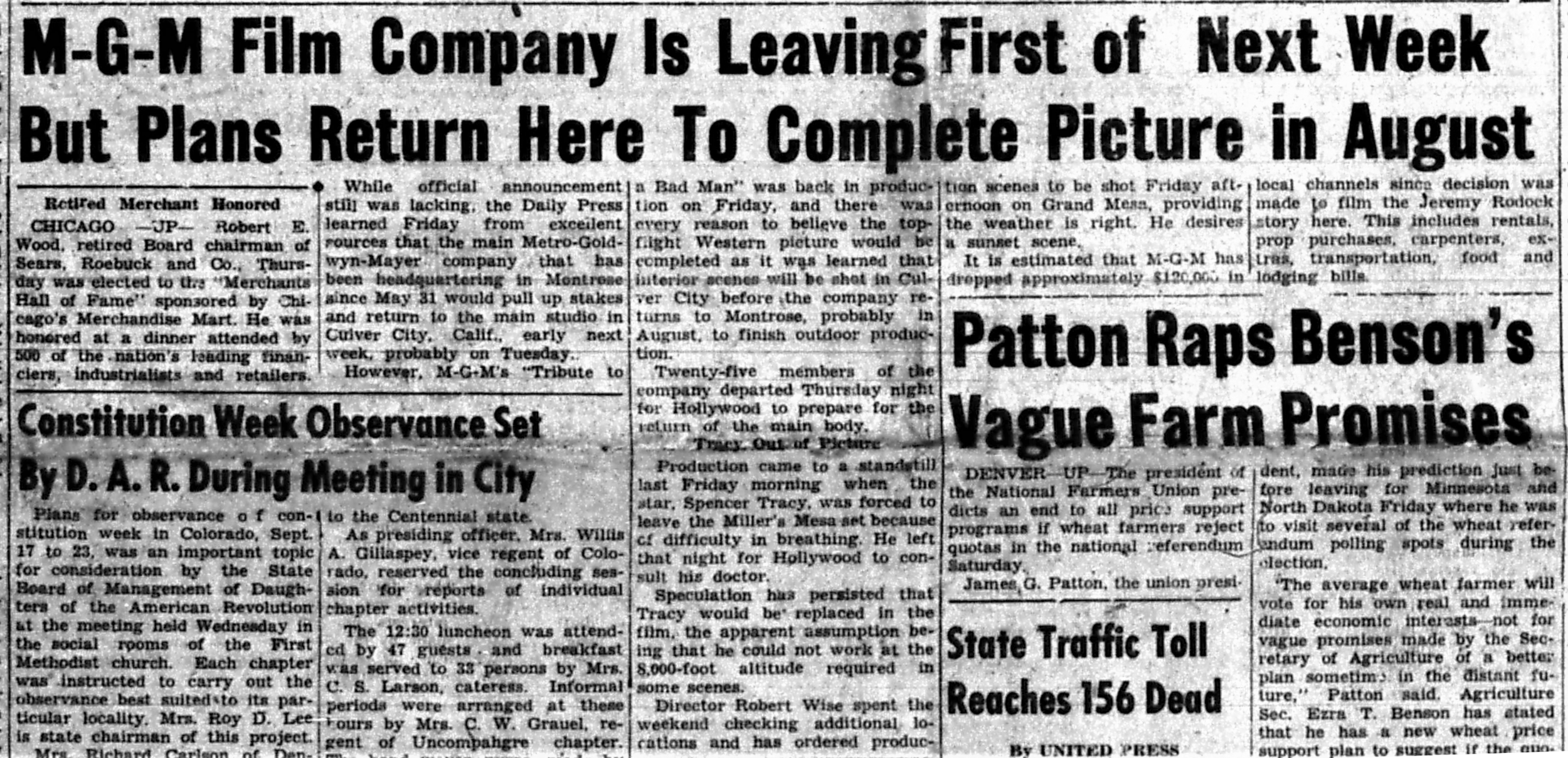
Montrose Daily Press, Montrose, Colo., Friday, June 24, 1955. Courtesy of Adult Services.

Joed Nelson Taylor, Miss Montrose Mile-High Roundup contestant, June 1955. See “The movie that was filmed twice” at top of Gallery. Photo by Justin Studios, Montrose, printed in Montrose Daily Press 1955, 1998, 2017.
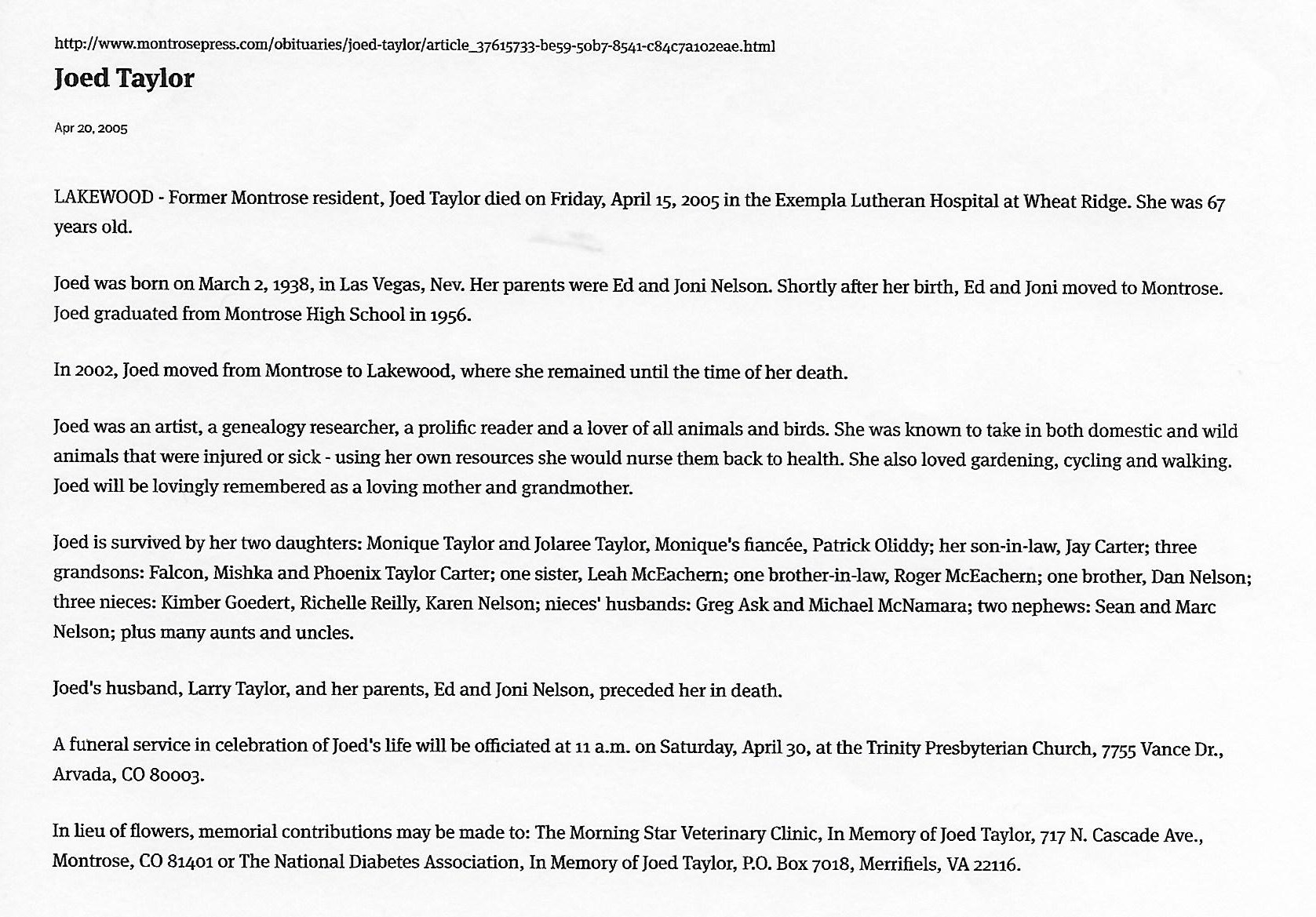
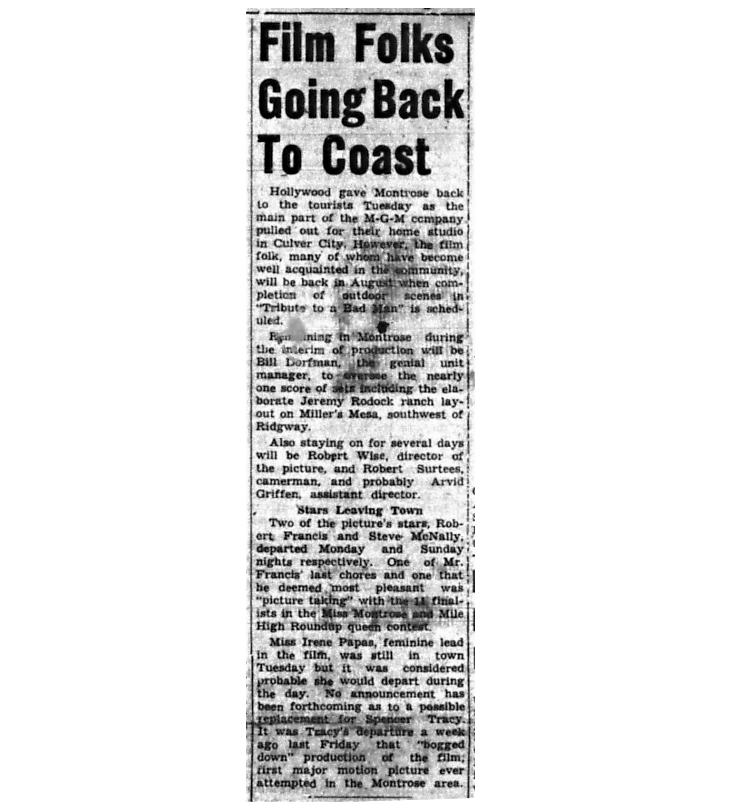
Montrose Daily Press, Montrose, Colo., Tuesday, June 28, 1955. Courtesy of Adult Services.
Bob departed from Montrose on Monday, June 27, 1955.
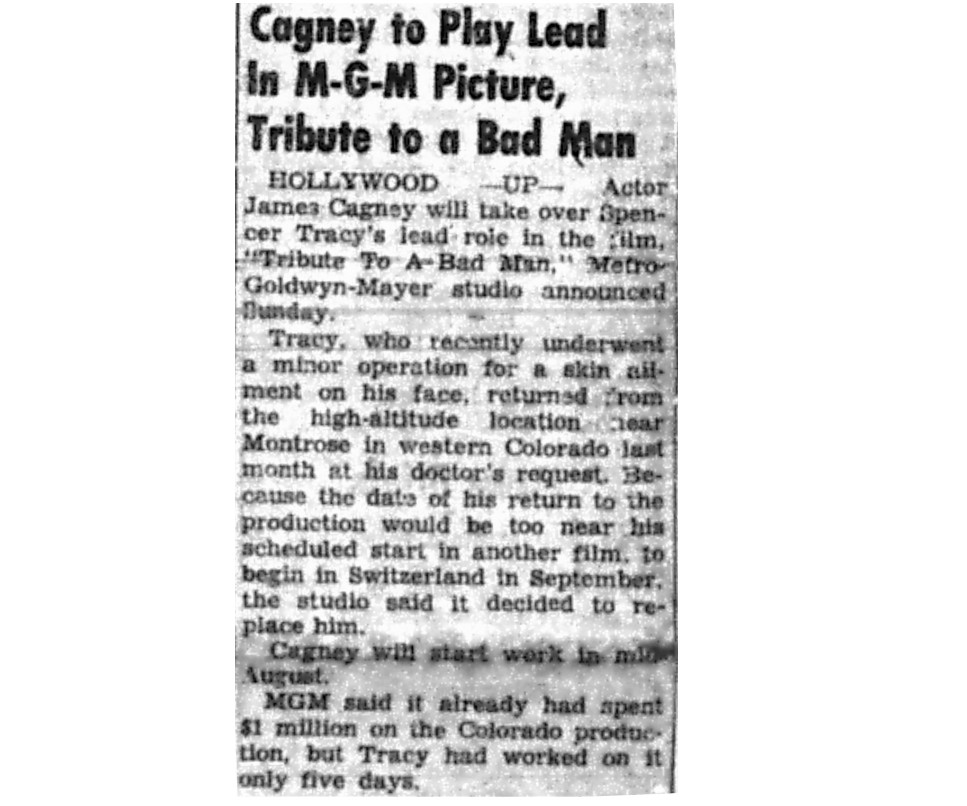
Montrose Daily Press, Montrose, Colo., Monday, July 18, 1955. Courtesy of Adult Services.
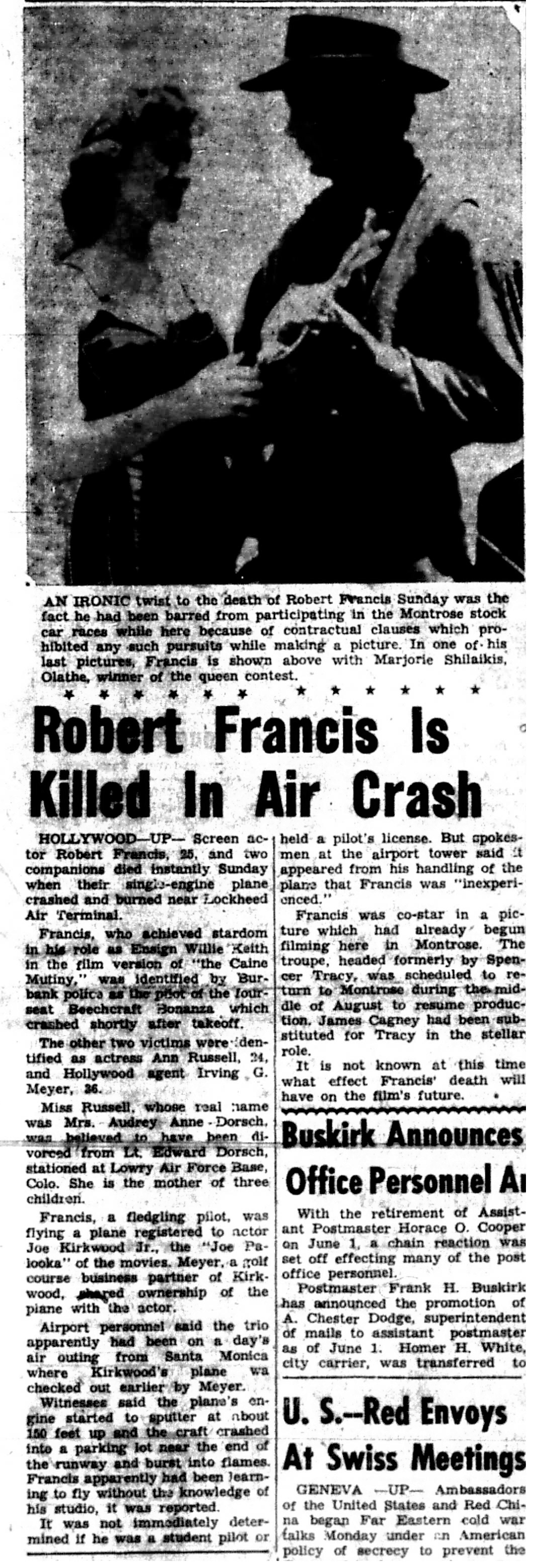
Montrose Daily Press, Montrose, Colo., Monday, Aug. 1, 1955. Courtesy of Adult Services.
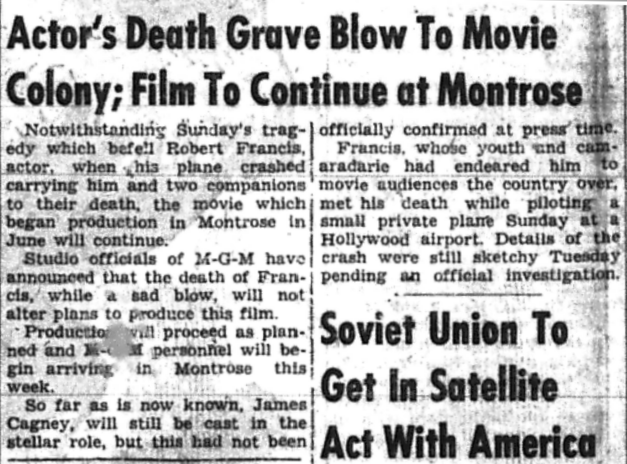
Montrose Daily Press, Montrose, Colo., Tuesday, Aug. 2, 1955. Courtesy of Adult Services.
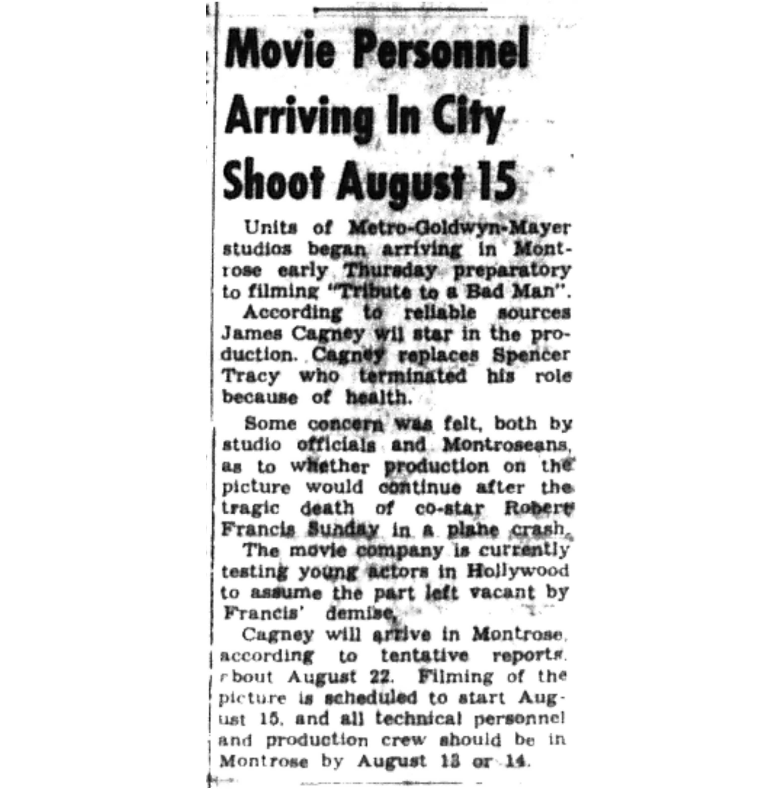
Montrose Daily Press, Montrose, Colo., Thursday, Aug. 4, 1955. Courtesy of Adult Services.
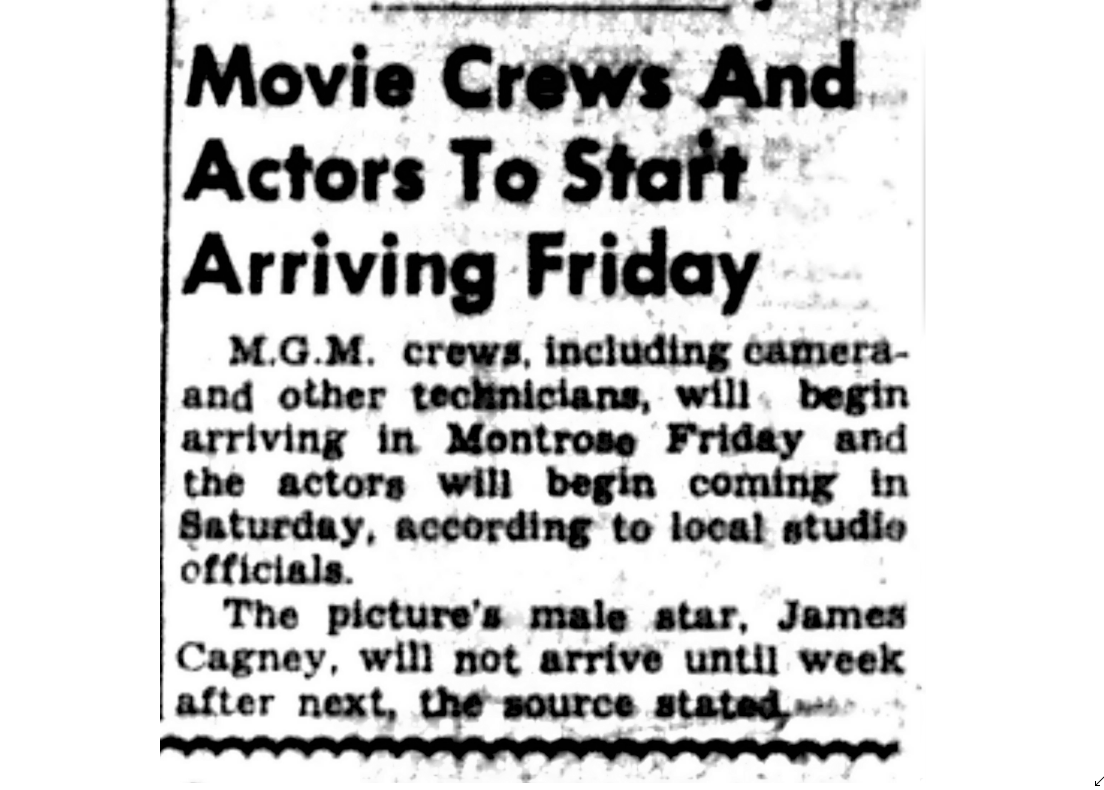
Montrose Daily Press, Montrose, Colo., Thursday, Aug. 11, 1955. Courtesy of Adult Services.
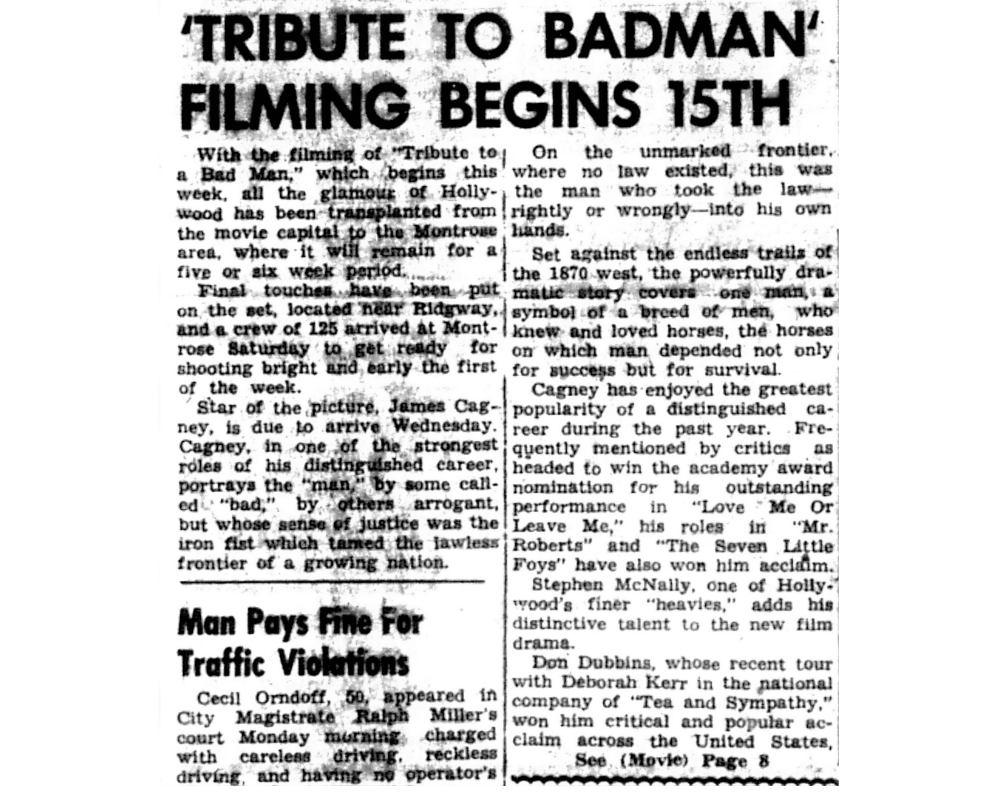
Montrose Daily Press, Montrose, Colo,, Monday, Aug. 15, 1955. Courtesy of Adult Services.
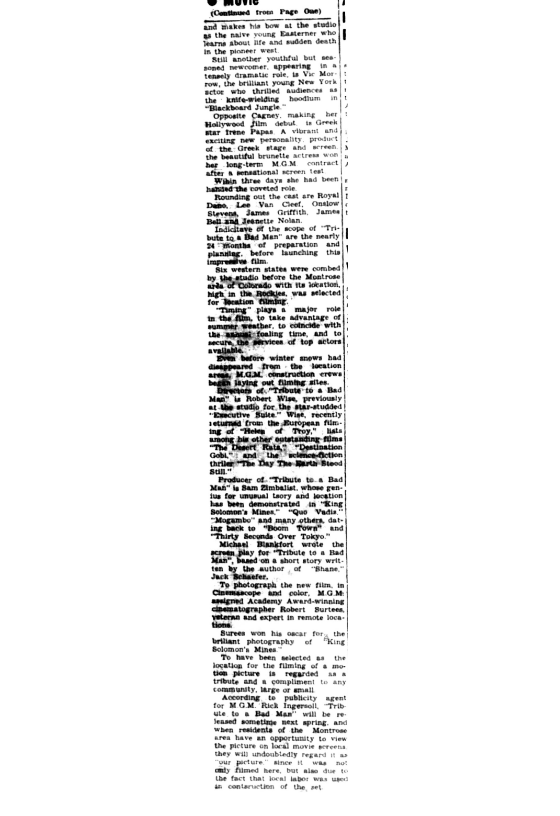
Montrose Daily Press, Montrose, Colo., Monday, Aug. 15, 1955. Courtesy of Adult Services.
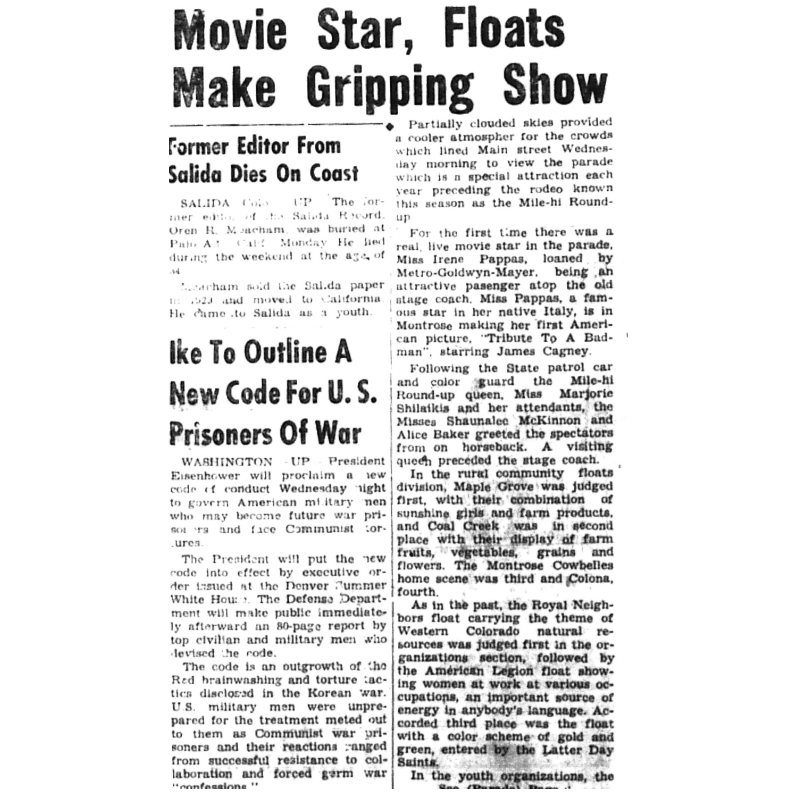
Montrose Daily Press, Montrose, Colo., Wednesday, Aug. 17, 1955. Courtesy of Adult Services.
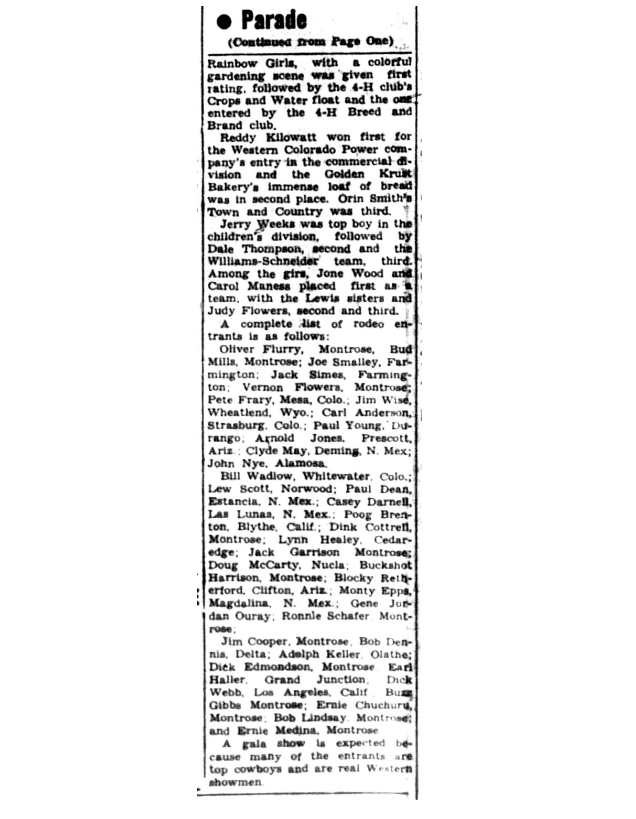
Montrose Daily Press, Montrose, Colo., Wednesday, Aug. 17, 1955. Courtesy of Adult Services.
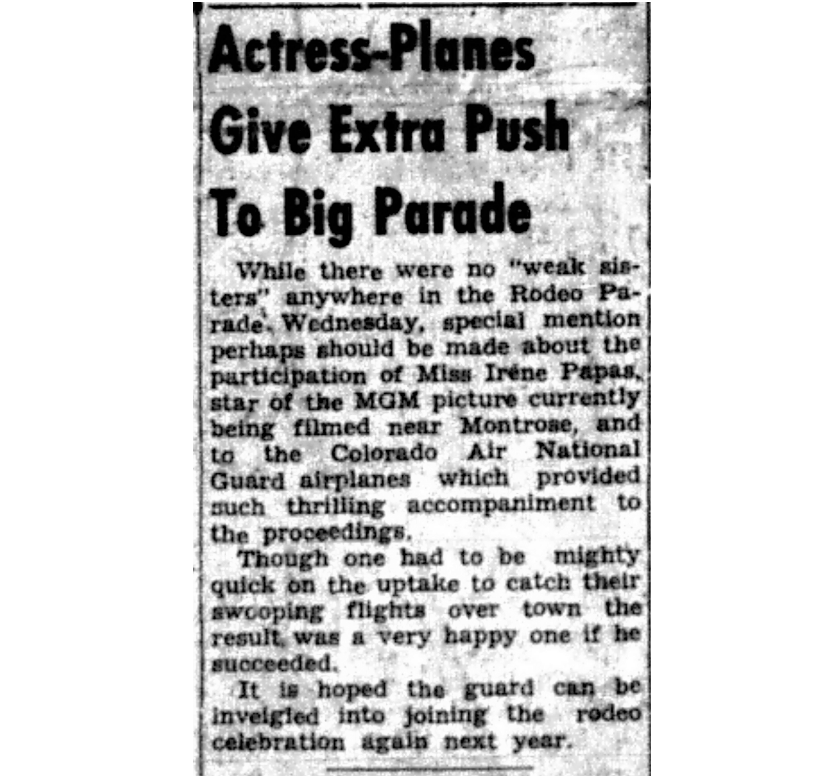
Montrose Daily Press, Montrose, Colo., Thursday, Aug. 18, 1955. Courtesy of Adult Services.
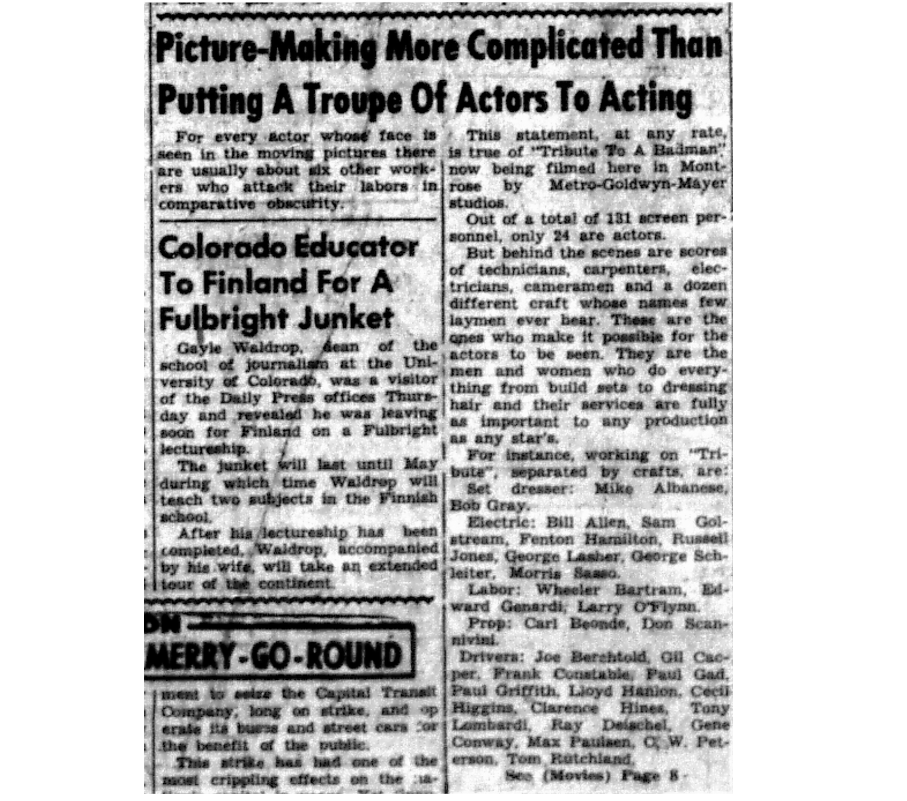
Montrose Daily Press, Montrose, Colo., Thursday, Aug. 18, 1955. Courtesy of Adult Services.
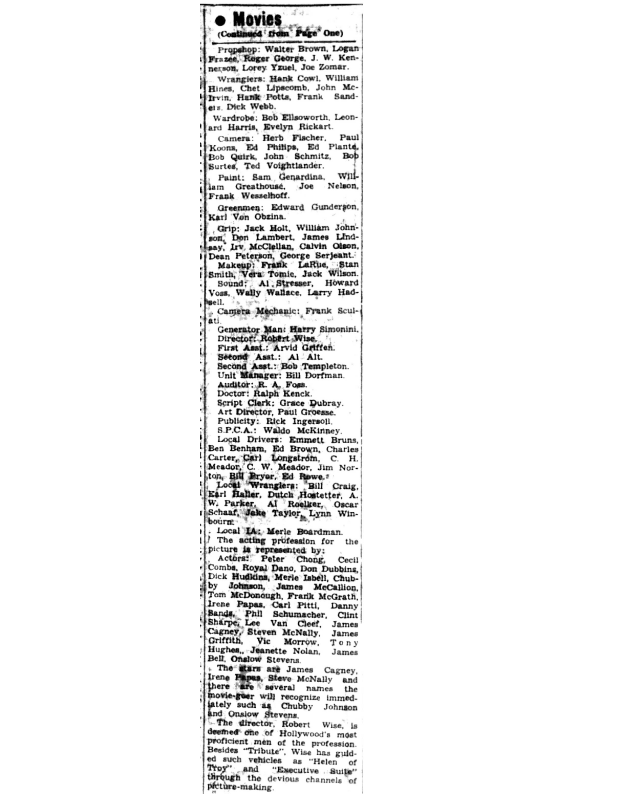
Montrose Daily Press, Montrose, Colo., Thursday, Aug. 18, 1955. Courtesy of Adult Services.
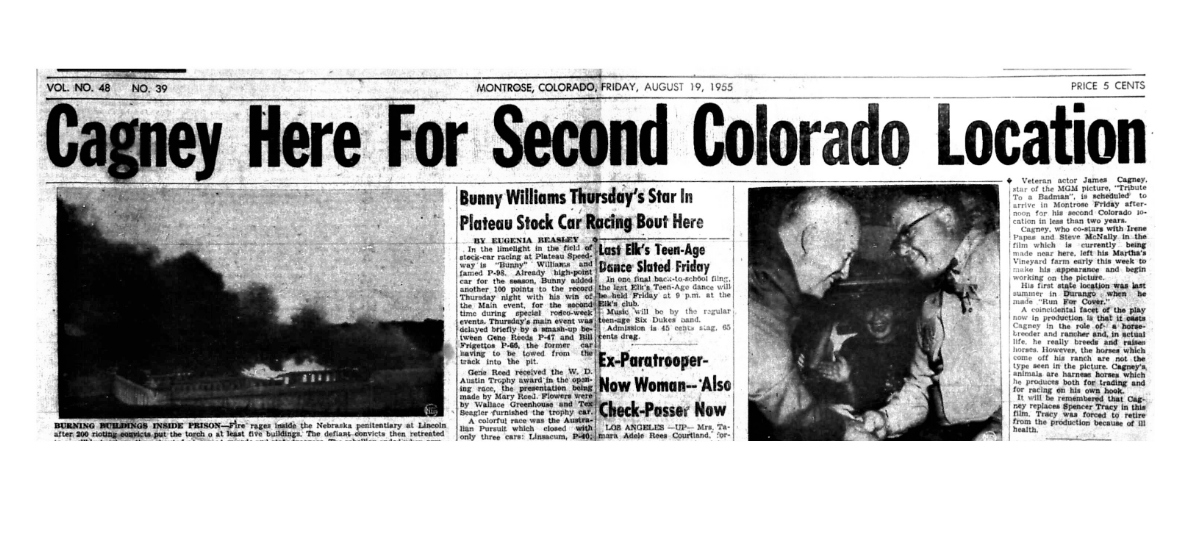
Montrose Daily Press, Montrose, Colo., Friday, Aug. 19, 1955. Courtesy of Adult Services.
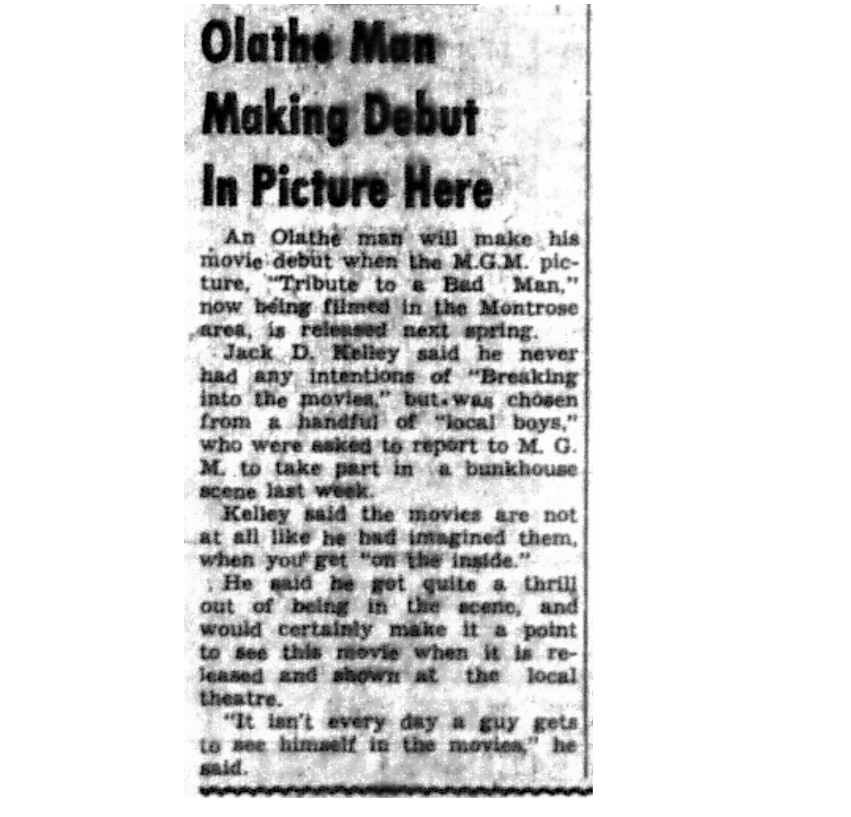
Montrose Daily Press, Montrose, Colo., Thursday, Aug. 25, 1955. Courtesy of Adult Services.
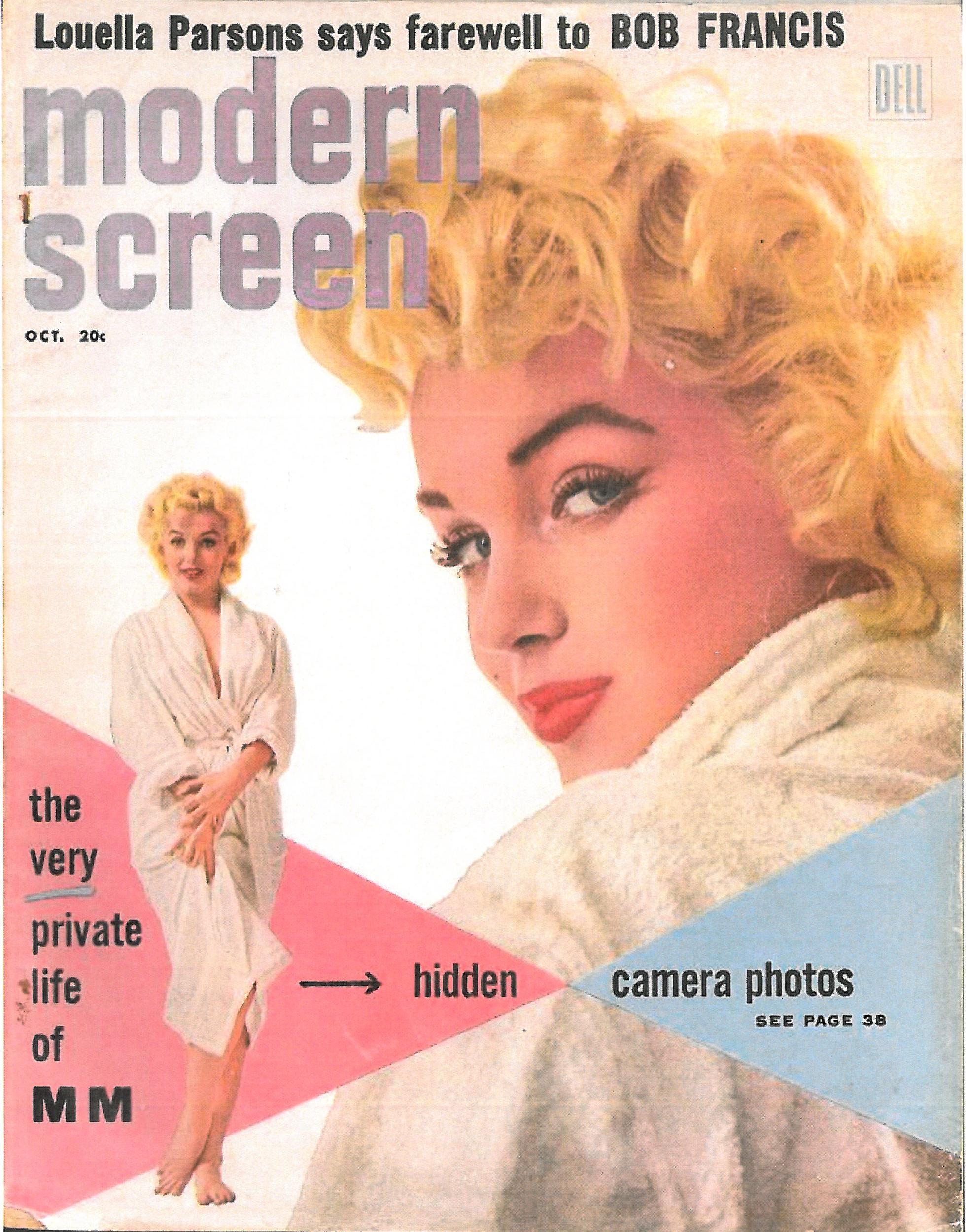
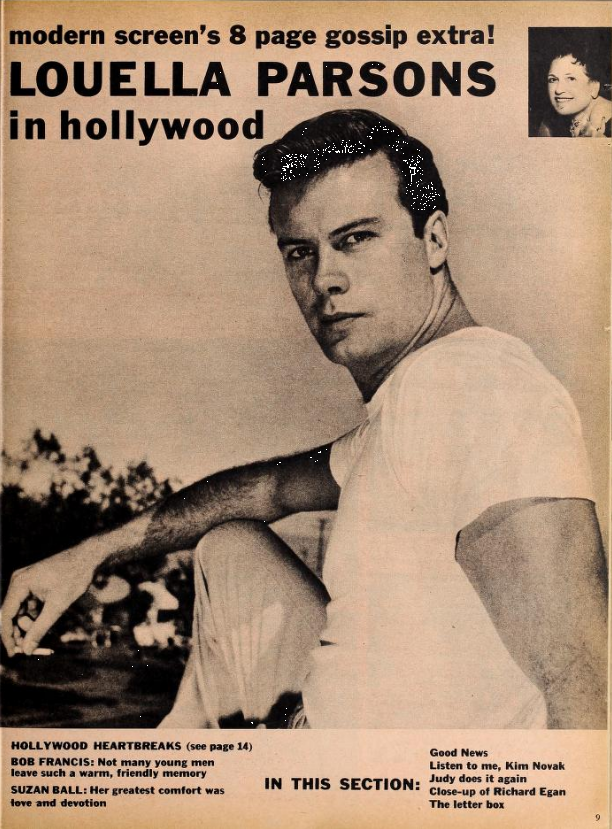
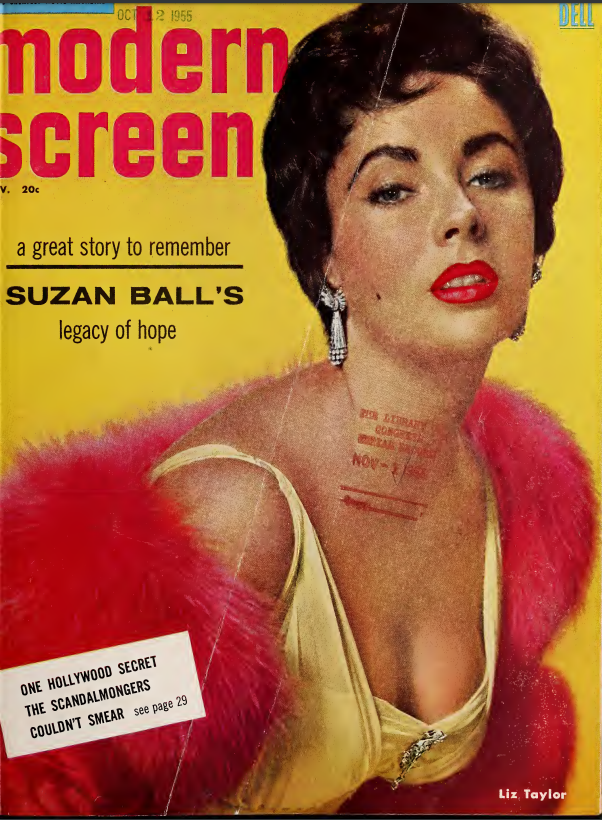
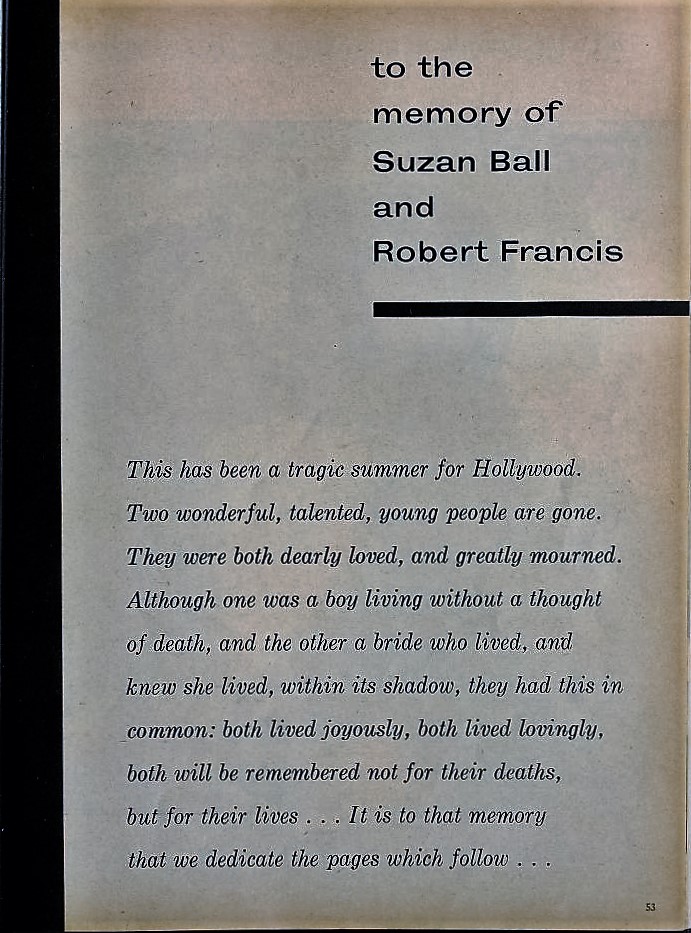

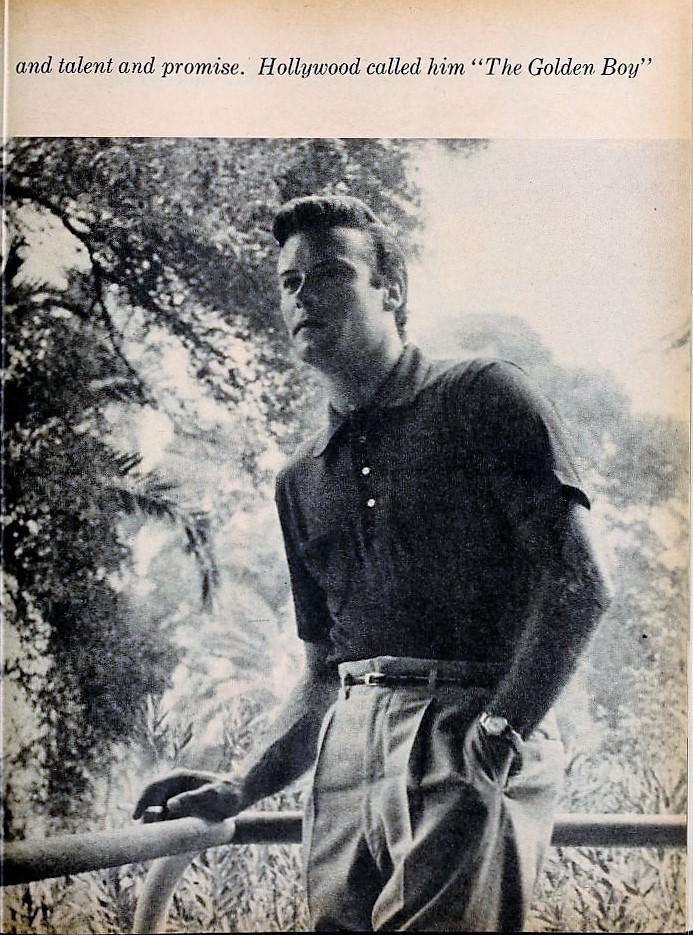
No information about this photo available. Perhaps made while Bob was on location in Colorado, June 1955. Other photos, except those of Bob skiing, were published in various movie magazine stories, 1953-1955.
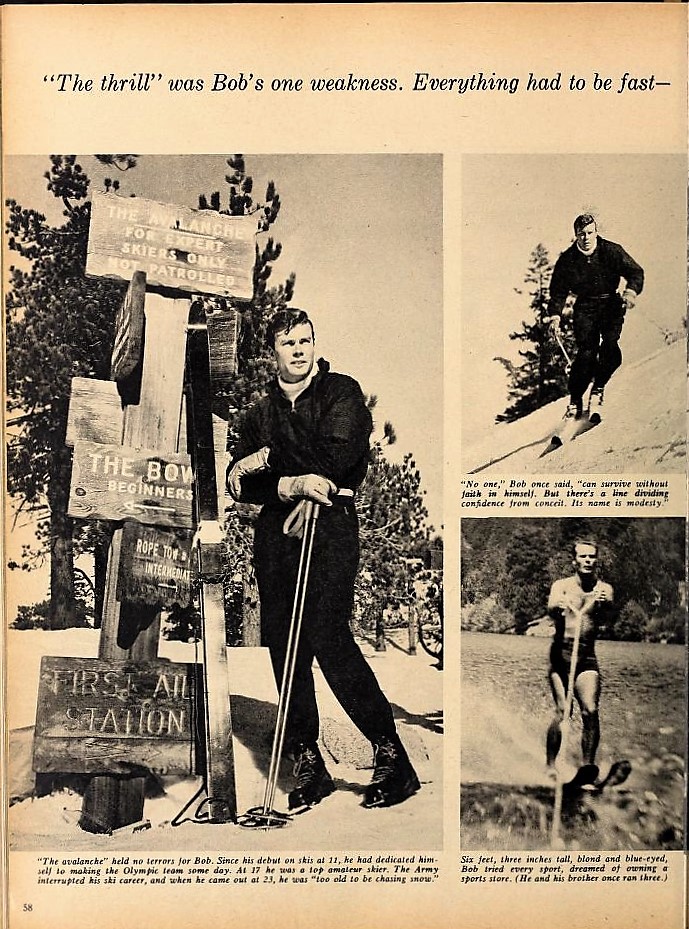
Ski photos, c. Fall/Winter 1954-55. Not found in other publications.
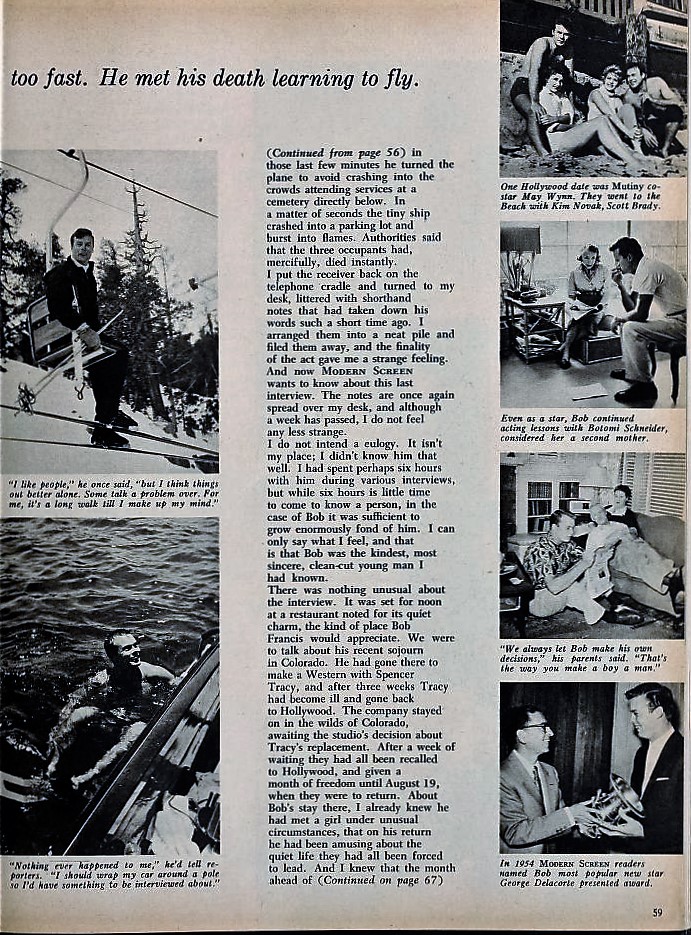
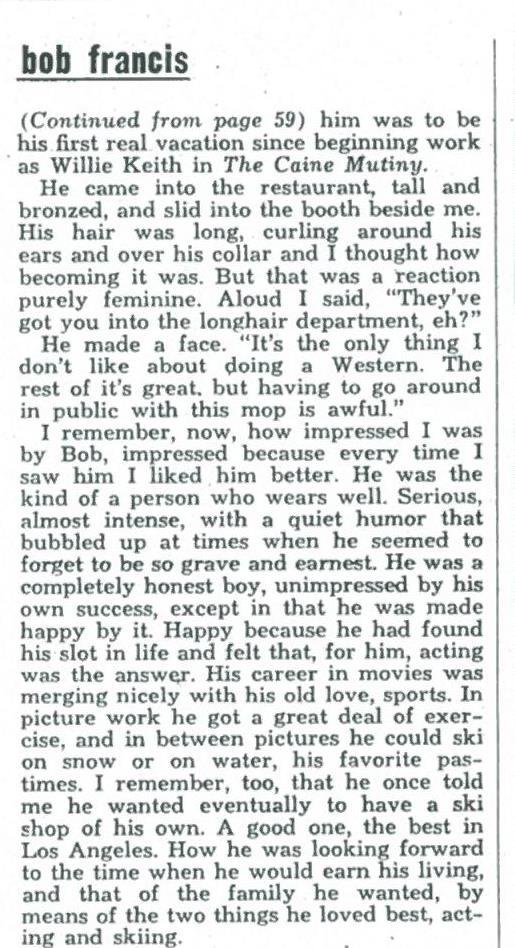
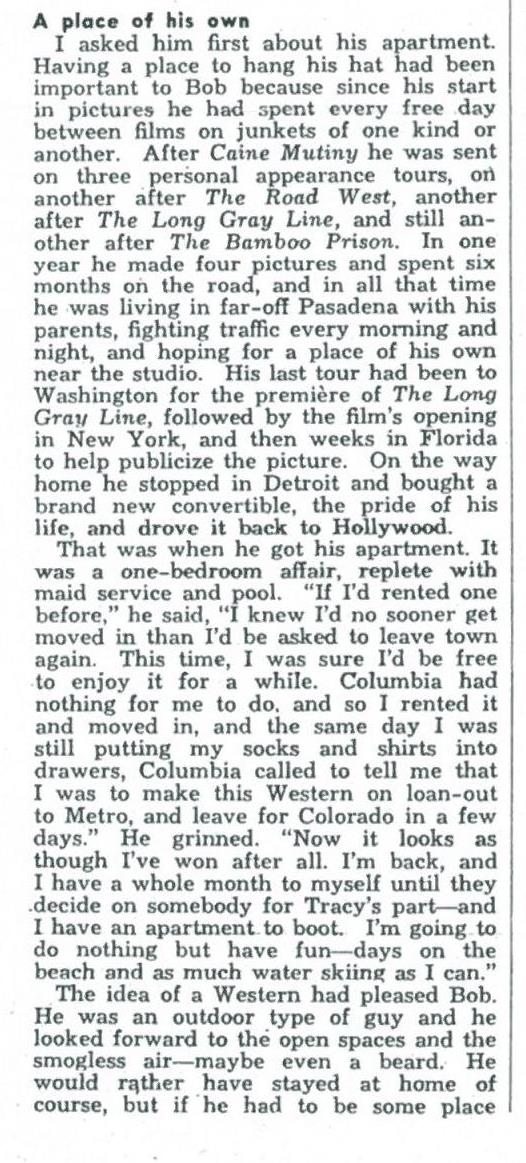
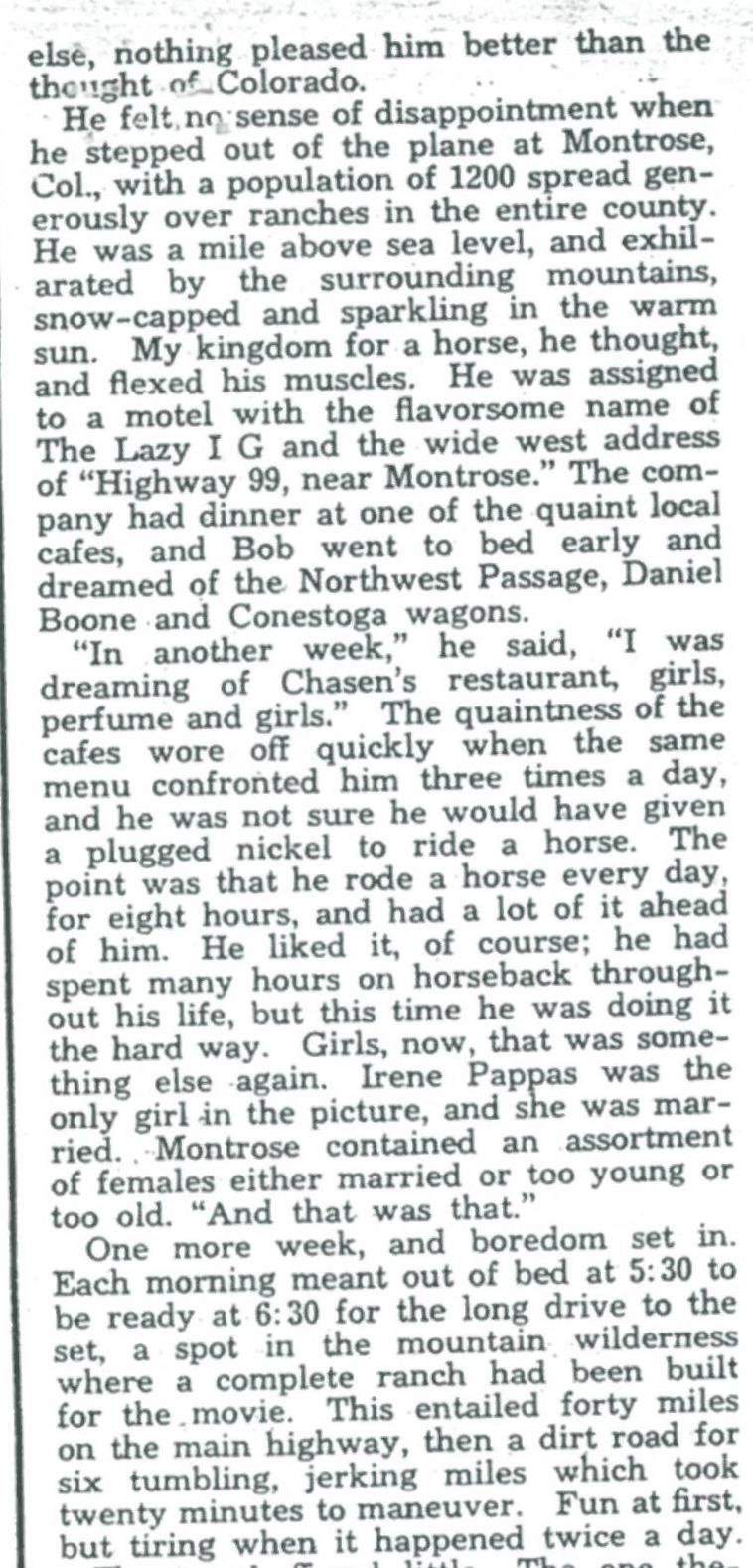
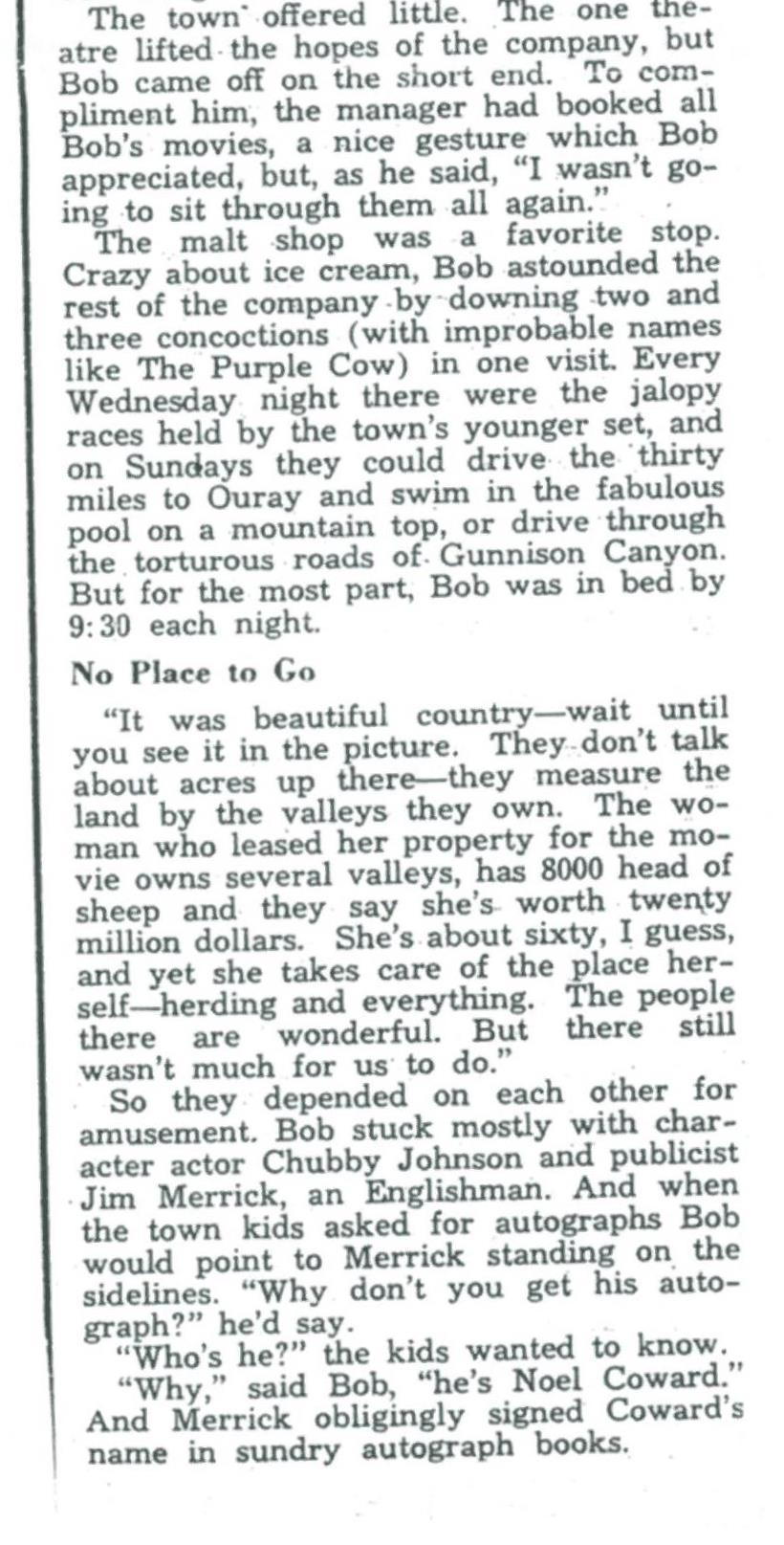
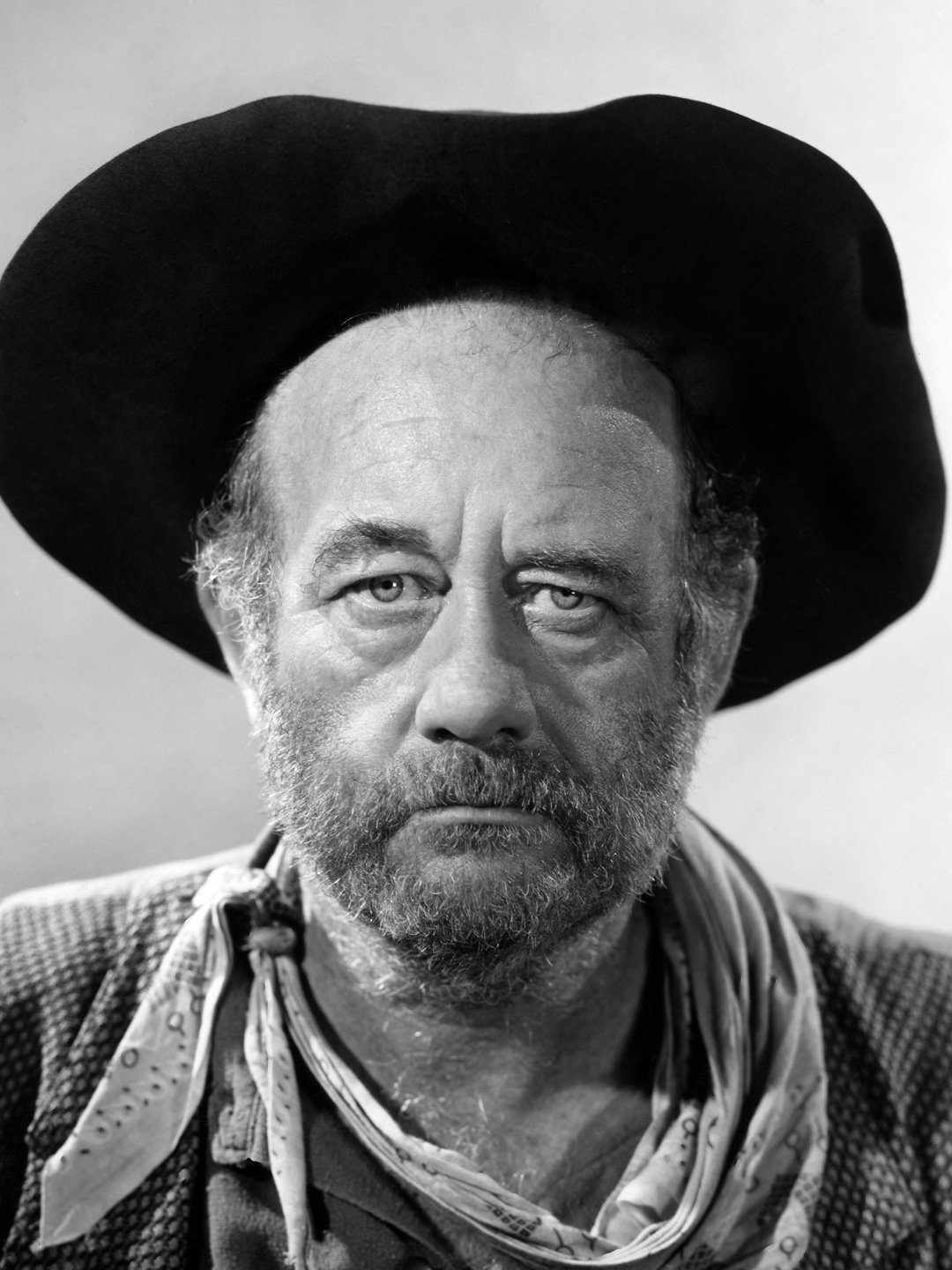
“Bob stuck mostly with character actor Chubby Johnson and publicist Jim Merrick, an Englishman.” See “Bob Francis’ Last Interview,” Modern Screen, Nov. 1955. Johnson appeared mostly in westerns, e.g., Rocky Mountain (1950), Fort Worth (1951), Bend of the River (1952). Unclear if he is in costume for Tribute in this photo.
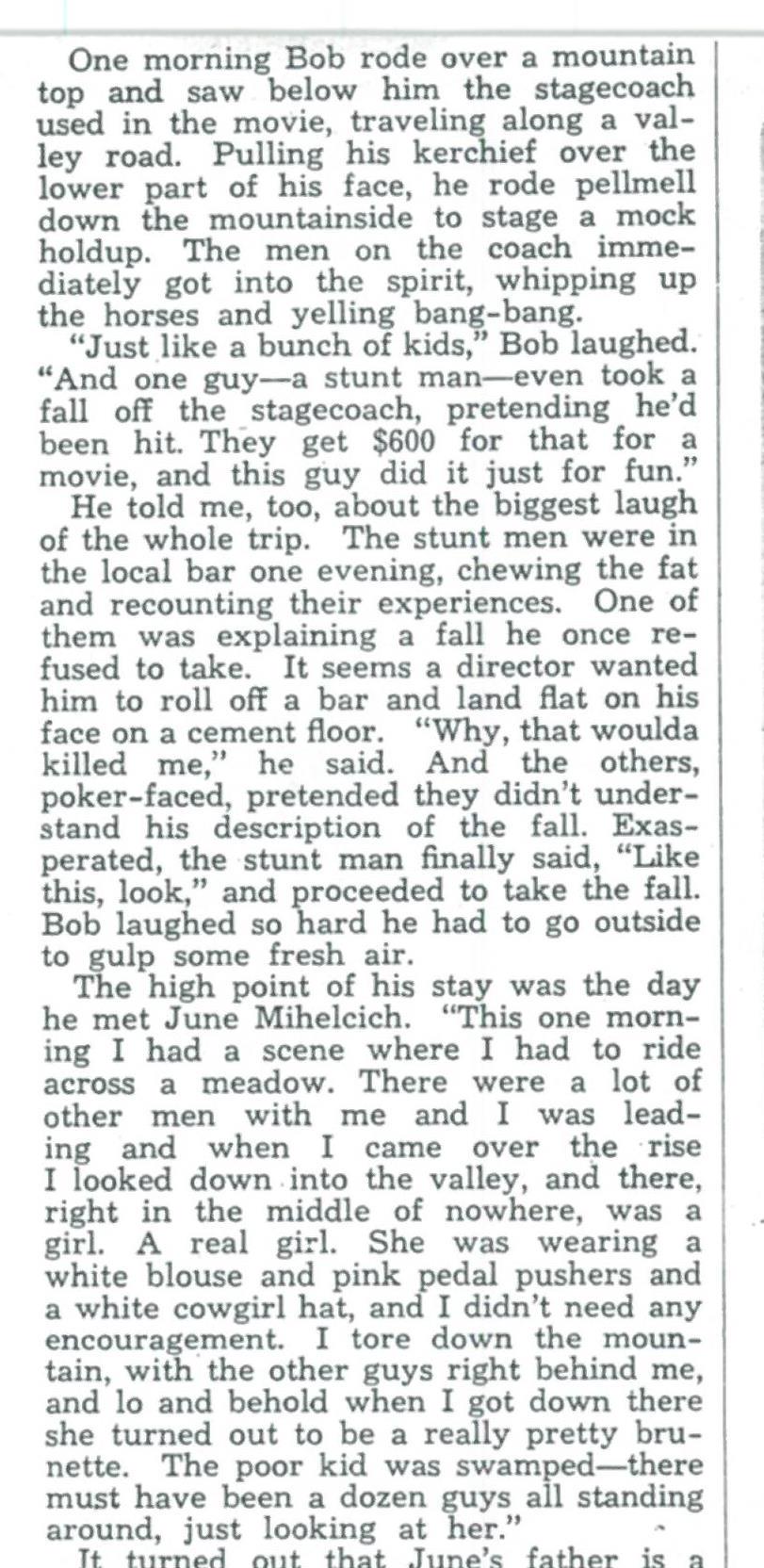
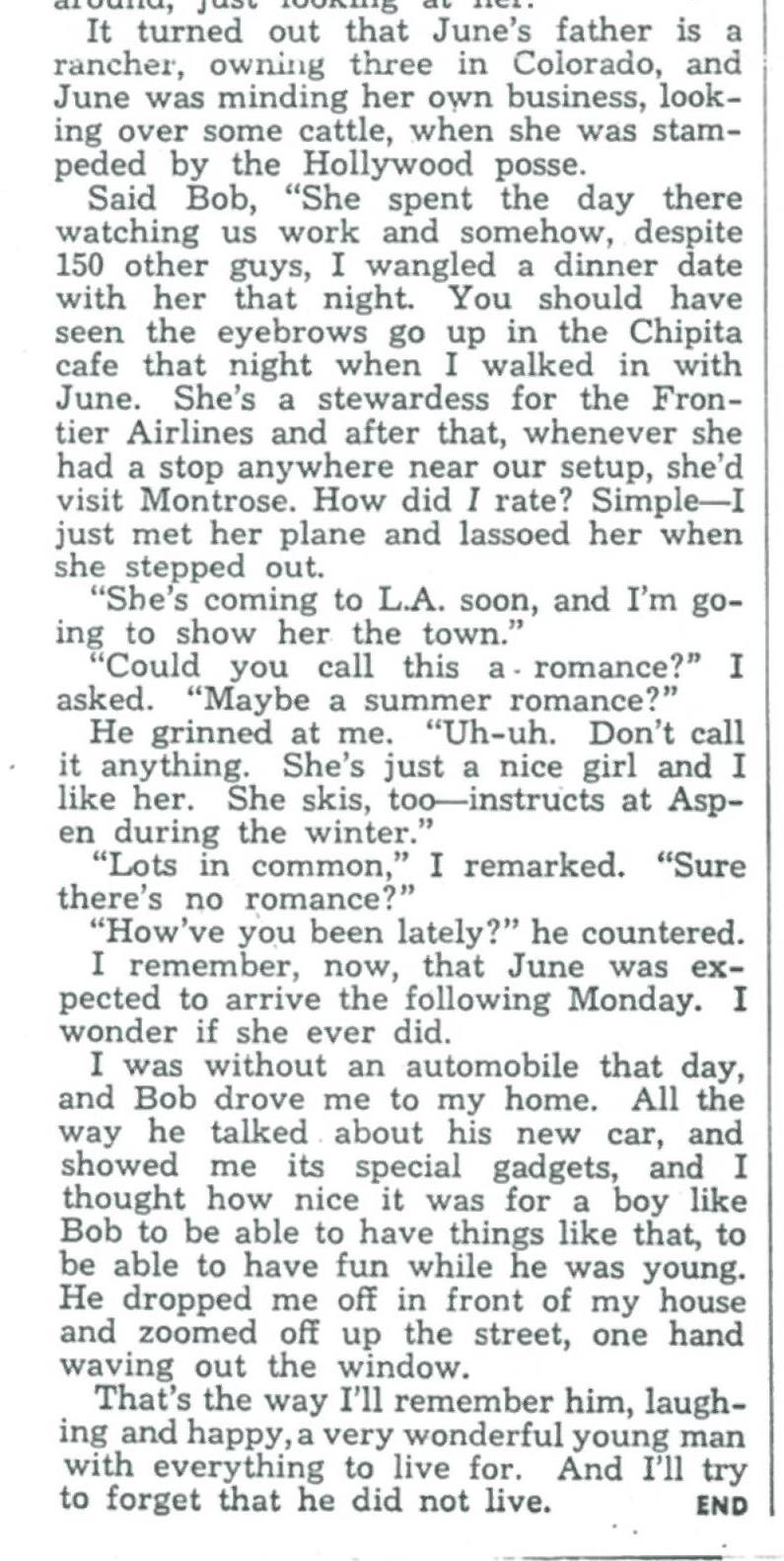
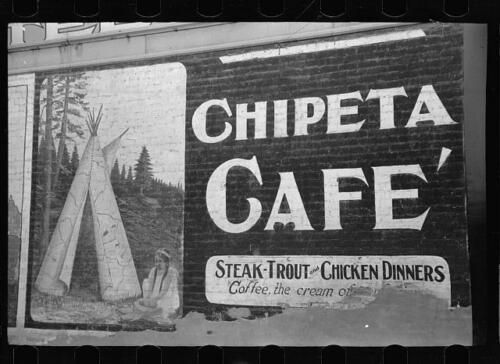
“You should have seen the eyebrows go up in the Chipita (sic) Cafe that night when I walked in with June.” See “Bob Francis’ Last Interview,” Modern Screen, Nov. 1955 (below). Exterior photograph c. 1939.
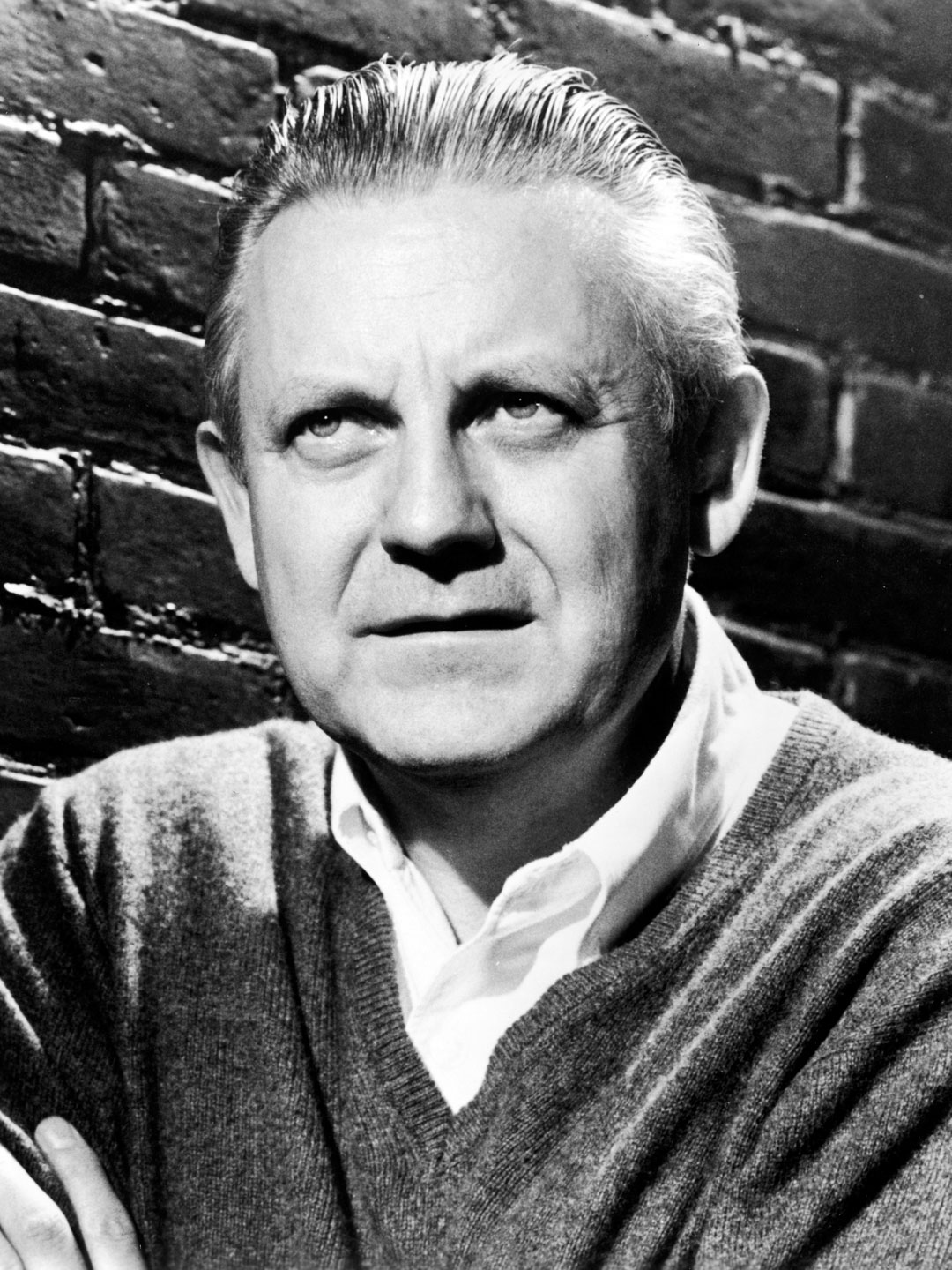
Robert Wise (Sept. 10, 1914-Sept. 14, 2005), Director, Tribute to a Bad Man. Photo uncredited and undated, c. 1960s-1970s. A journeyman director of films in many genres. Received Oscars for West Side Story (1961) and The Sound of Music (1964). Notable credits include: Citizen Kane (1941) (editor), The Curse of the Cat People (1944), Blood on the Moon (1948), The Set-Up (1949), The Day the Earth Stood Still (1951), Executive Suite (1954), I Want to Live (1958), The Sand Pebbles (1966).
“While waiting for Tracy I had to use my covered set, a Quonset hut that had the bunk house for the ranch. We had quite a number of bunkhouse scenes with the cowboys which was supposed to be a cover set in case of bad weather. I ran out of scenes I could shoot outside with Irene and Bob and the others. I had to go into the Quonset hut set just to keep shooting.
“The first thing that happened when he (Tracy) finally arrived [Friday/Saturday, June 10/11, 1955] — I walked over to his room at his motel. I went over to see him. He took me in the bathroom and I knew what it was about. He had a little growth on his cheek. He felt it might be malignant. That is why he felt he had to get it taken care of right away. So it had been removed and he showed a little scar to me and with almost tears in his eyes, he said, ‘Do you think this will be all right? Do you think it will be ok?’ He was such a hypochondriac. And I tried to reassure him as best as I could. I think he got a clean bill of health from the doctor.
“My memory is we did not even shoot at all the next day [Saturday, June 11, 1955]. We just had him come up to the location which was another 1,000 feet or so [from the motel].
“He was not happy about it (the location). When we first started talking about this movie, he said, ‘Let’s find a location that’s different — with green meadows and mountains. So I did. I found it up about 9,000 feet in the San Juan Mountains. We put this marvelous set up there. A real A production, absolutely.
[Tracy left Montrose on Saturday afternoon, June 11, 1955, and did not return until Sunday, June 18, 1955, after seeing his doctor.]
“The next morning (Monday, June 20, 1955) — I recall he had been through wardrobe in L. A. — he came to the set and walked and walked around and got acclimated a little bit. According to the production sheet, he really only worked an hour or two that day. He always from the beginning was complaining about the altitude. He said, ‘I hope I can get through it.’
“The second day was a late call. I tried to give him every break I could. He came up and we did a few scenes, some with Bob. He was not very nice to Bob at all. He was just rather gruff with him. And, as a matter of fact, he was not very nice to Irene (Papas) either. And he had been rather involved with her casting. We got the scenes, but he was complaining about the altitude.
“The third day, all the time complaining about the altitude, Tracy said, ‘I hope to finish and get through the film.’ Taking deep breaths and not being nice to Bob. A ‘I want to get away from the boy’ sort of feeling. I guess Spencer was just unhappy about being up there…we got a Jeep to get up there. It took about 45 minutes from Montrose.
“We had a bit of business early that morning when Tracy had to bend over and pick up a horse’s hoof. He did it and came up gasping for breath and said, ‘Bob (Wise), I am never going to do it. I am never going to finish this film. With this altitude I just don’t think I am going to get through it, I tell you.’
“I had been told by Benny Thaw, the man in charge of talent at MGM, who told my agent there had not been a picture that Tracy had not come and said two weeks before the start, ‘You have got to get me out of this. I can’t do it.’ Every picture. But they always managed to mollify him and talk it out. This man who looked like the Rock of Gibraltar on the screen…Brilliant actor.
“Griffin, my assistant director, and I looked at each other and said, maybe he cannot do it. We closed everything down and traipsed down the hill with the cast and got into our cars. And we all went to our own rooms. I called the studio and I got Sam Zimbalist. I said, ‘Sam, we might as well face it. We are not going to get this picture done with Spencer. He is complaining about the altitude and shortness of breath. I just don’t feel that we are going to get through; we are just going to go on and on. So, he said, ‘Hang in there. I will call you back in a little bit. I waited an hour or two. Zimbalist called back. He said, ‘OK, he is out of the picture. I will try and get you (Clark) Gable.’ So I went over to see Spence in his room and to break the news to him. Howard Strickland, an old buddy of Spence, happened to be there. When I told Spence it was OK, he did not have to do the movie, he was out of it. You would have thought his world had come to an end; his career was finished; he was done. They (MGM) had never pulled him off before. I think what he thought was we would close the company and go down and find another location at 3,000 feet or whatever. In the meantime, there was another picture he wanted to do, The Mountain. Abroad. He would be able to do that and then come back and pick ours up. So they absolutely surprised the hell out of him. He was absolutely beside himself. His career was over. He would never act again.
“As angry as I was, I almost started to feel sorry for him. It was just a dreadful, emotional thing. I guess he left the next day. I don’t think I ever saw him again.
“I went back to my place and hung in there. In the mean time, I have a whole company sitting up there on the mountain that can’t work. Costs are going on. It was a terrible situation. So Sam called back and said, we can’t get Gable. He called back in a day or two and said we got Jimmy Cagney, but he can’t do it for a couple of months because he has to finish another picture. All we could do was pack the whole company and everyone up. We left some props. And we waited for Jimmy.
“I got a call one day. A terrible thing has happened. Francis was taking flying lessons and he crashed on a take off.
“We went back up (to Montrose). I timed it so it was a few weeks before Cagney was coming up. We recast the role with Don Dubbins.”
Source: Robert Wise, interview, Aug. 11, 1992.
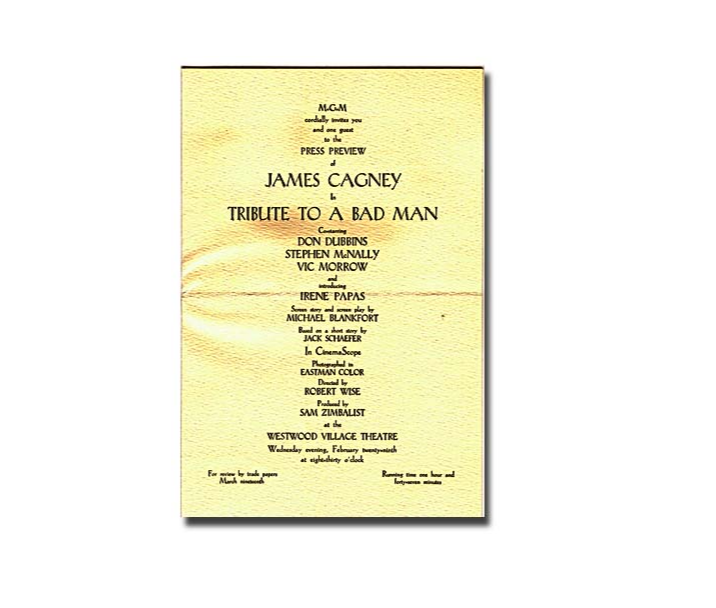
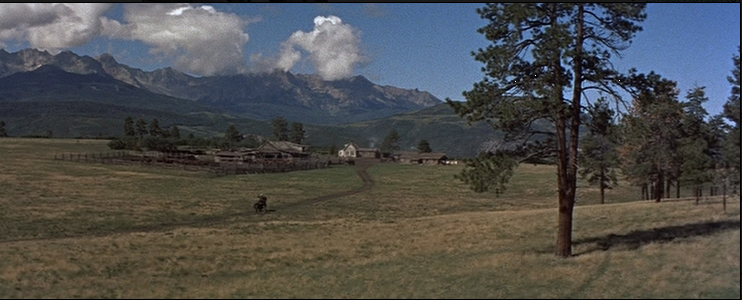

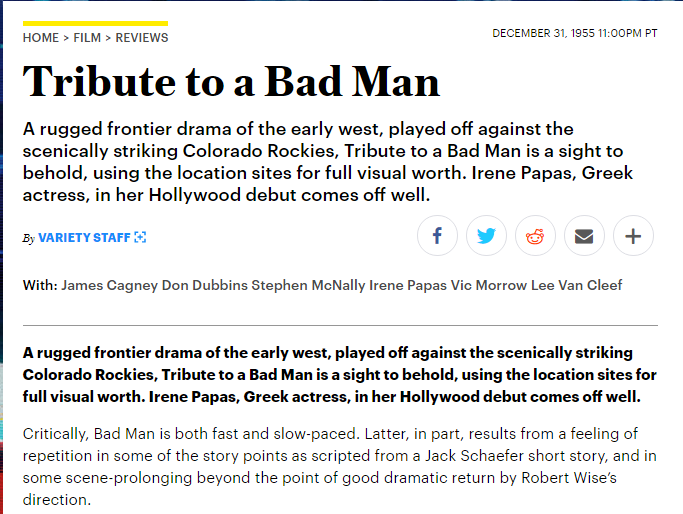
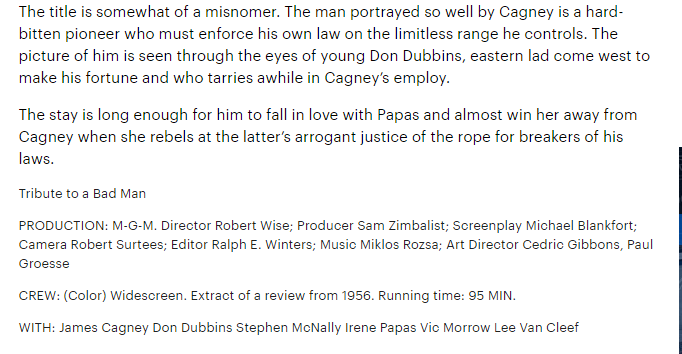
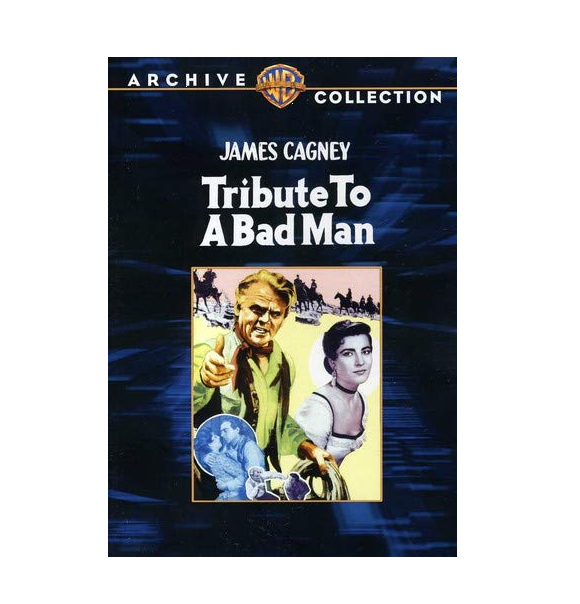
DVD of Tribute to a Bad Man
Actors: James Cagney, Don Dubbins, Irene Papas, Stephen McNally, Vic Morrow
Directors: Robert Wise
Format: Color, NTSC, Widescreen
Language: English
Region: All Regions
Aspect Ratio: 1.33:1
Number of discs: 1
Rated: NR Not Rated
Studio: WB (originally released by Metro-Goldwyn-Mayer)
DVD Release Date: January 19, 2010
Run Time: 95 minutes
Below: Montrose Morning Sun, Sept. 16, 1998
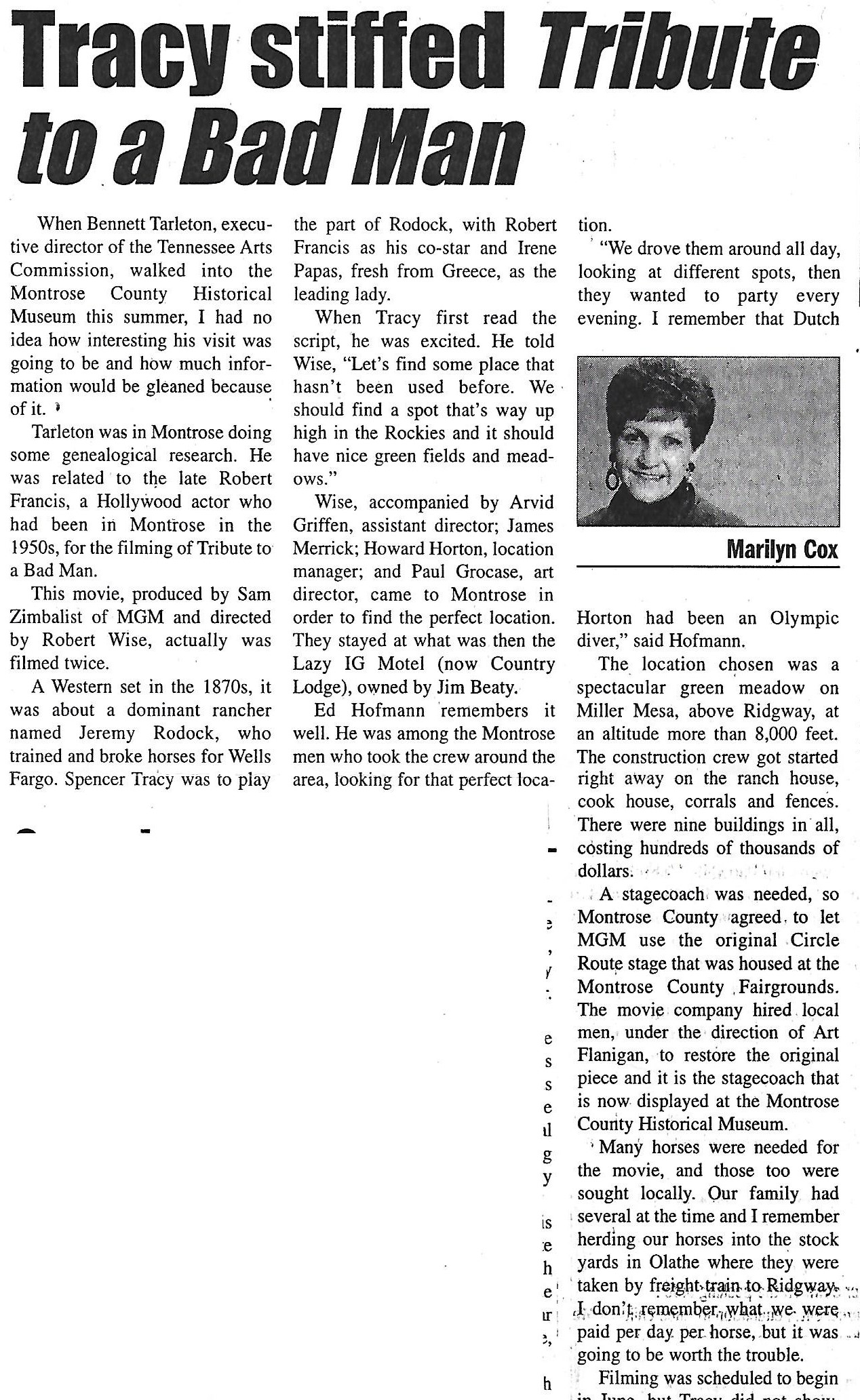
Filming was scheduled to begin in June, but Tracy did not show.

Below: Montrose Morning Sun, Sept. 23, 1998
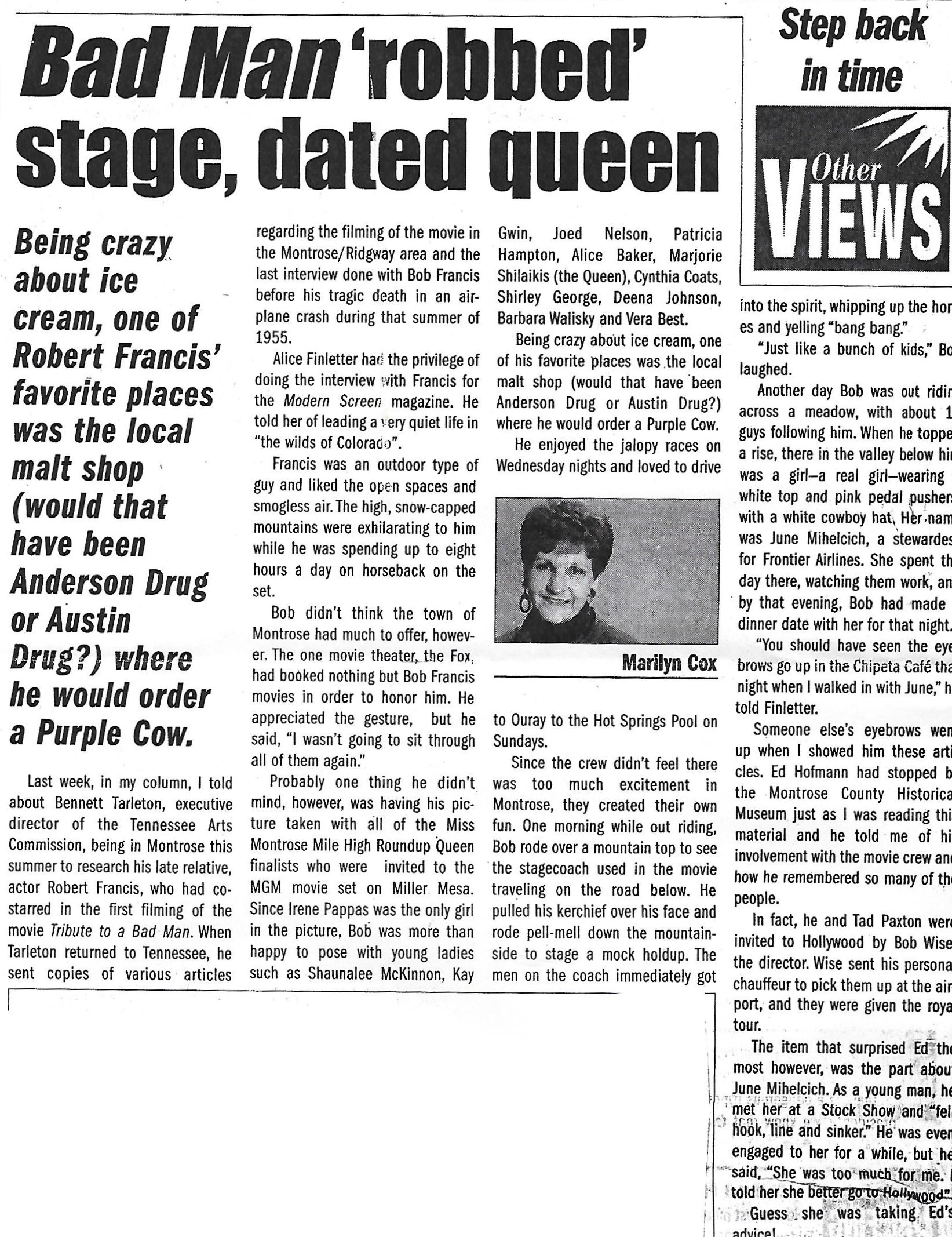
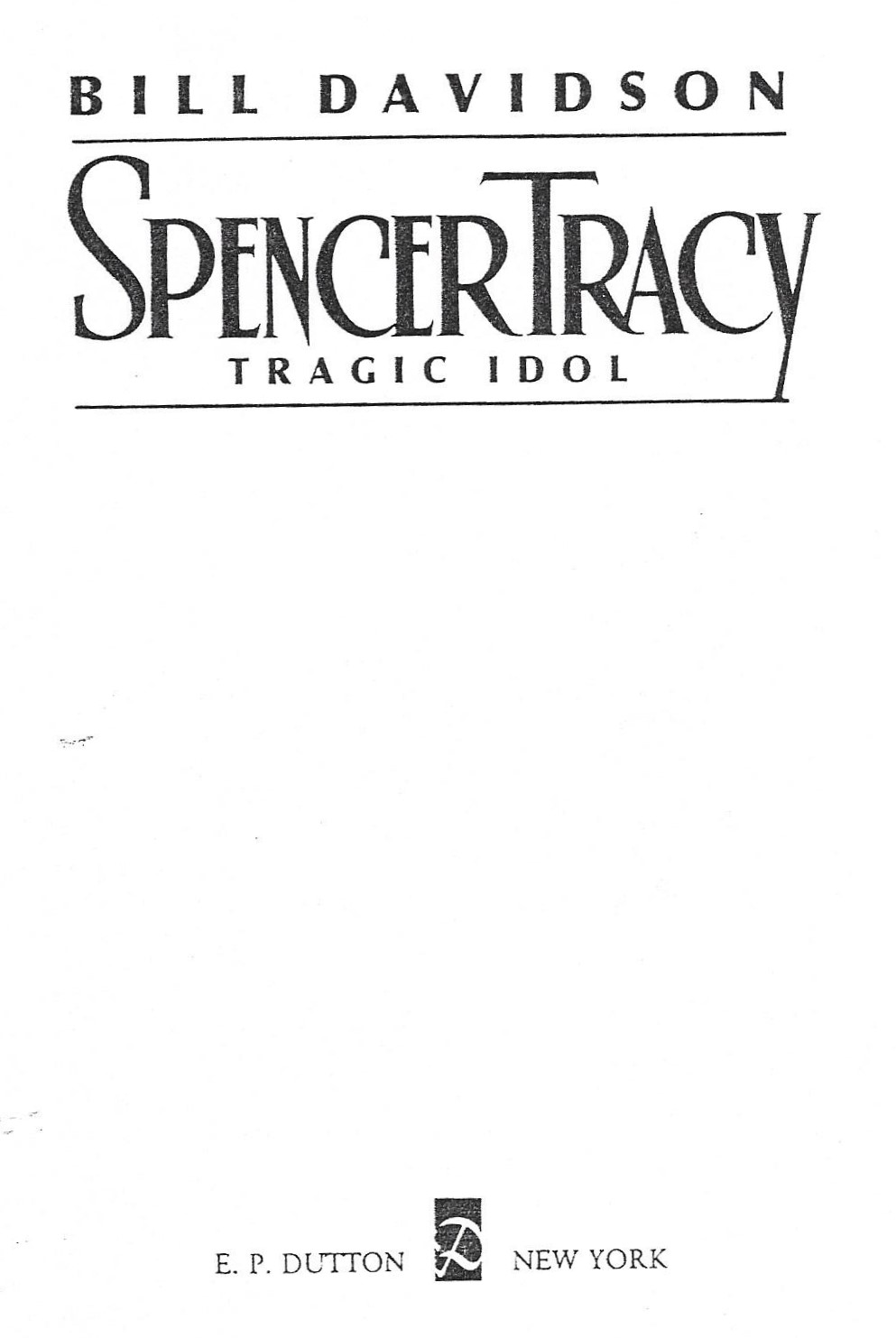
This is copyrighted material.
Davidson’s account of the troubles of the June 1955 filming ofTribute to a Bad Man is less than gentle. A more sympathetic to Tracy account is given in the “A Granite-like Wedge of a Man” chapter in Spencer Tracy A Biography by James Curtis (New York: Alfred A. Knopf, 2011).
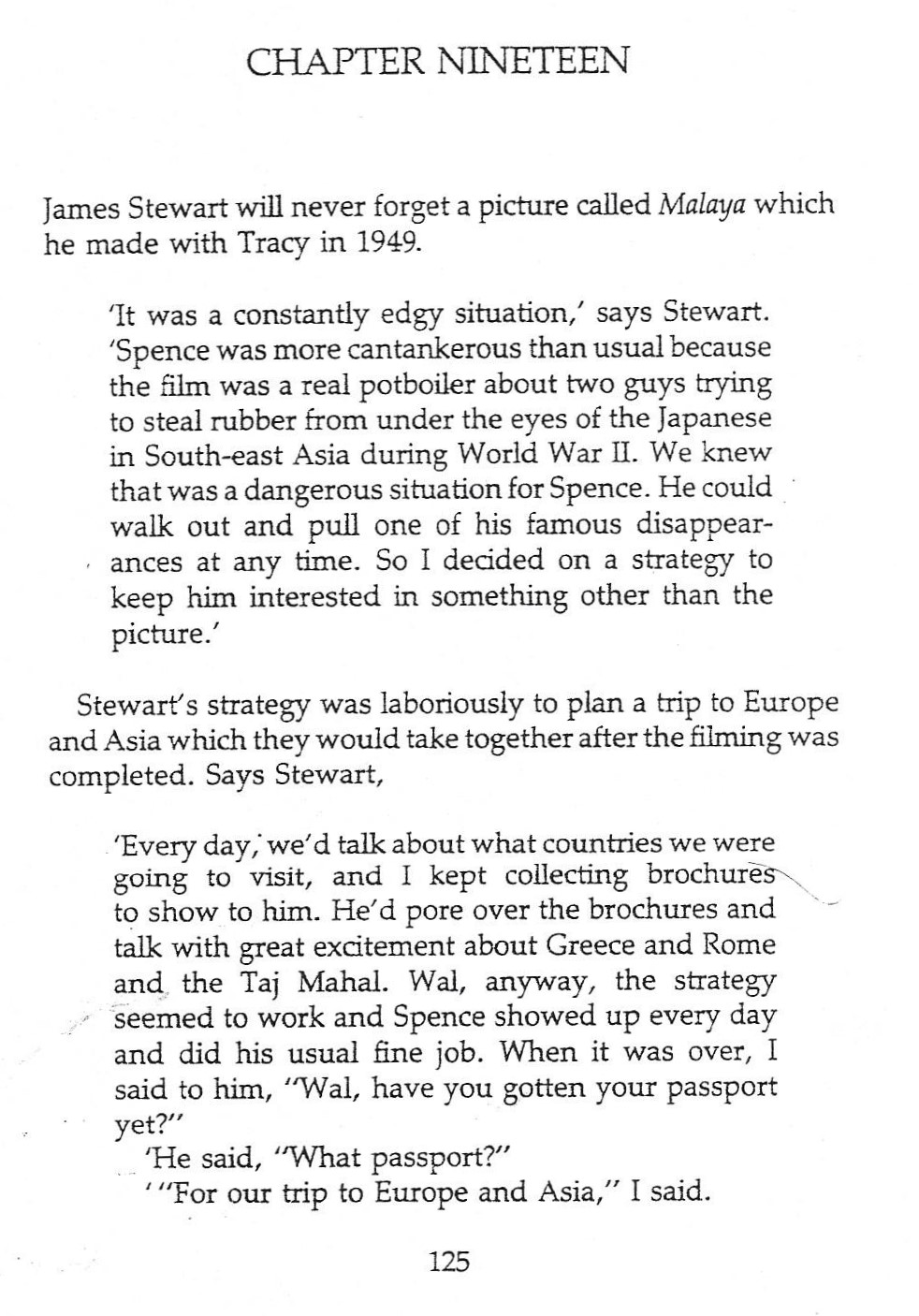
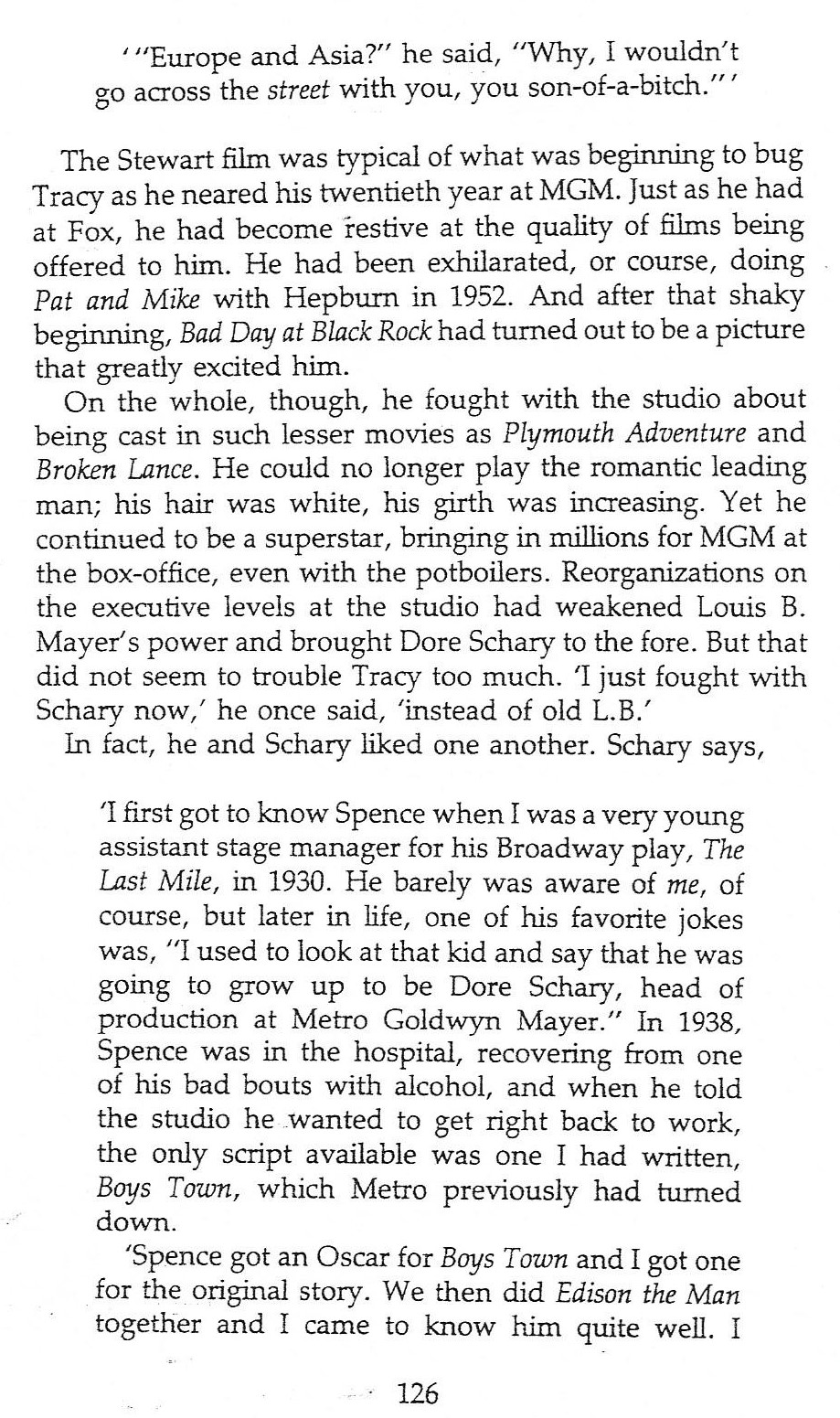
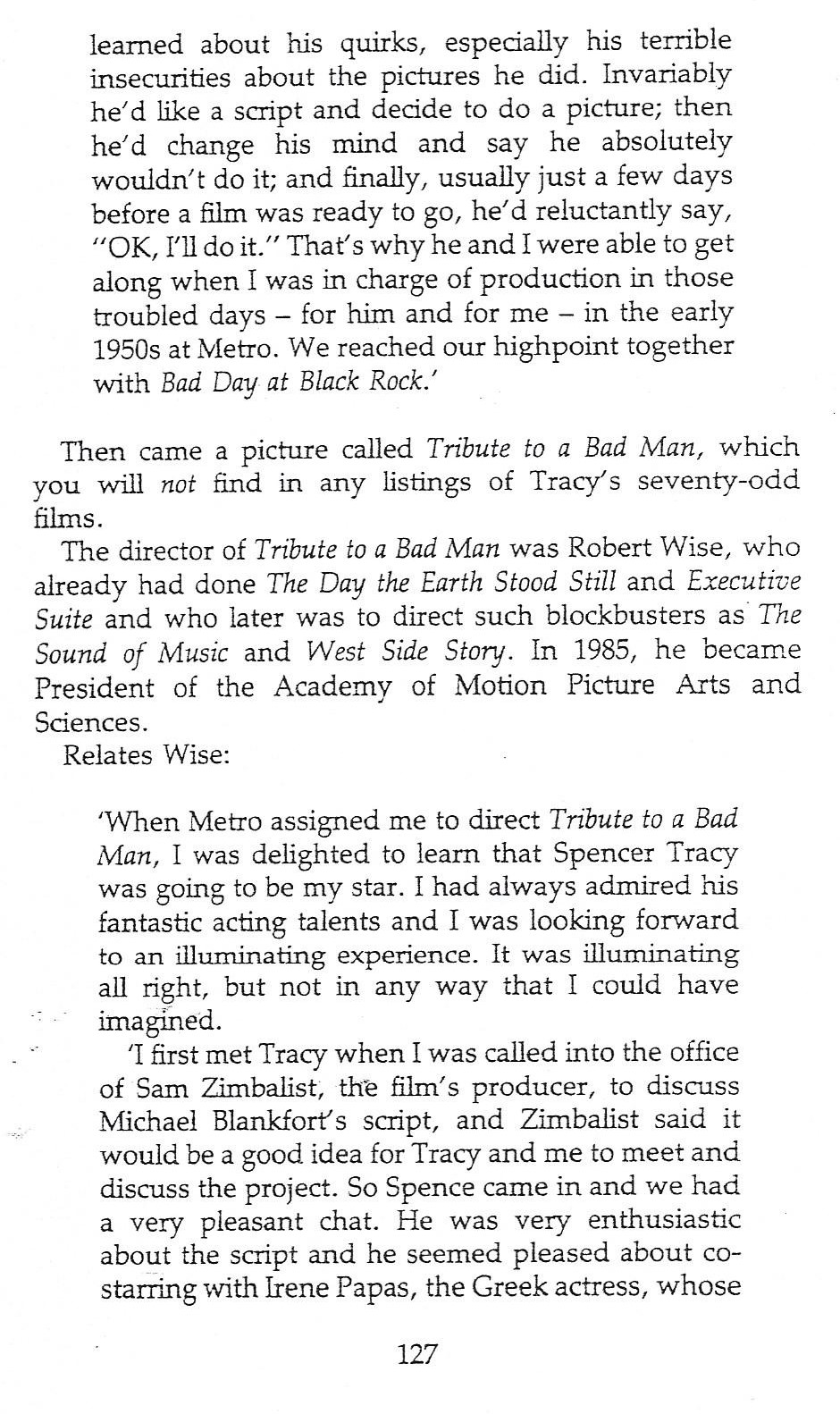


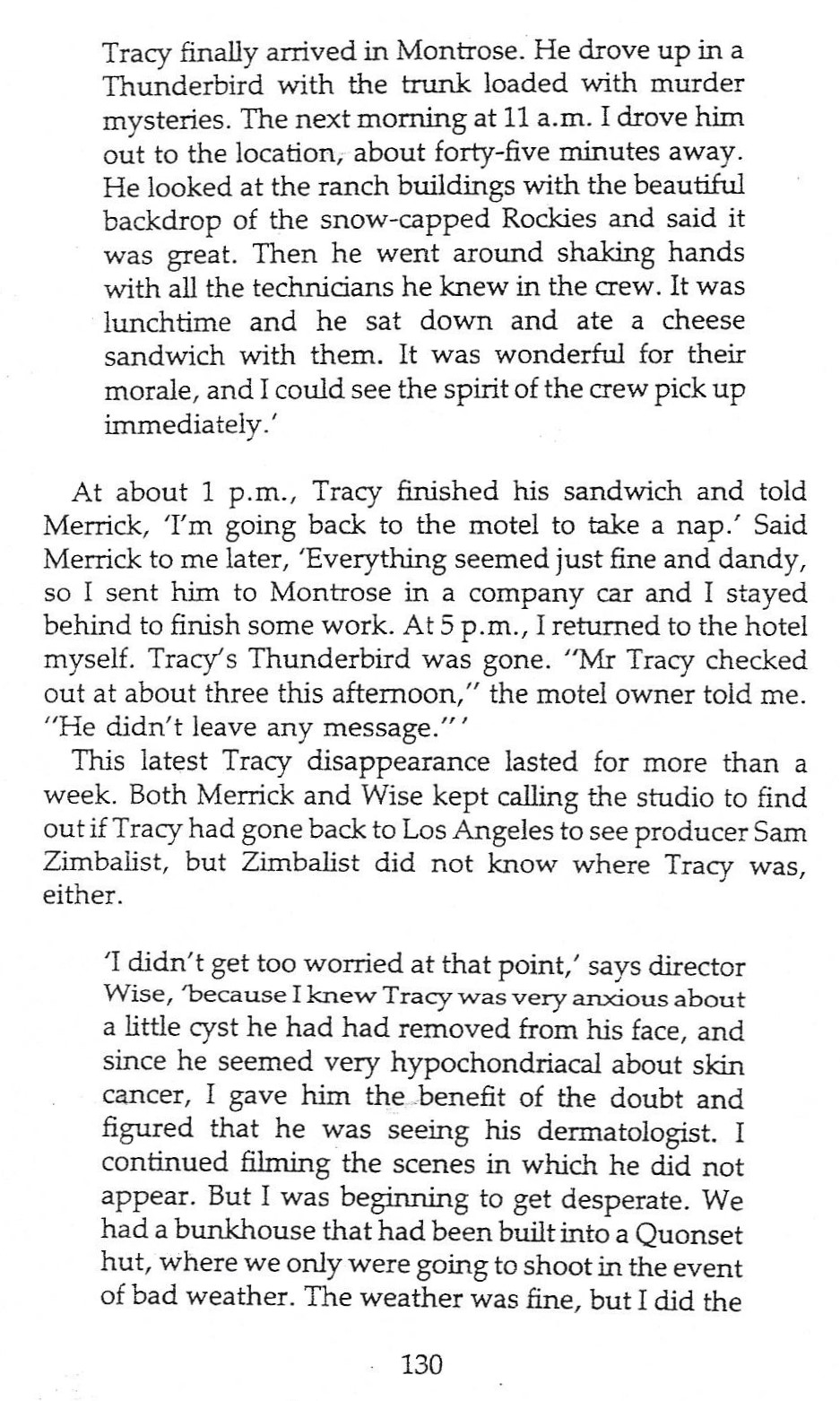
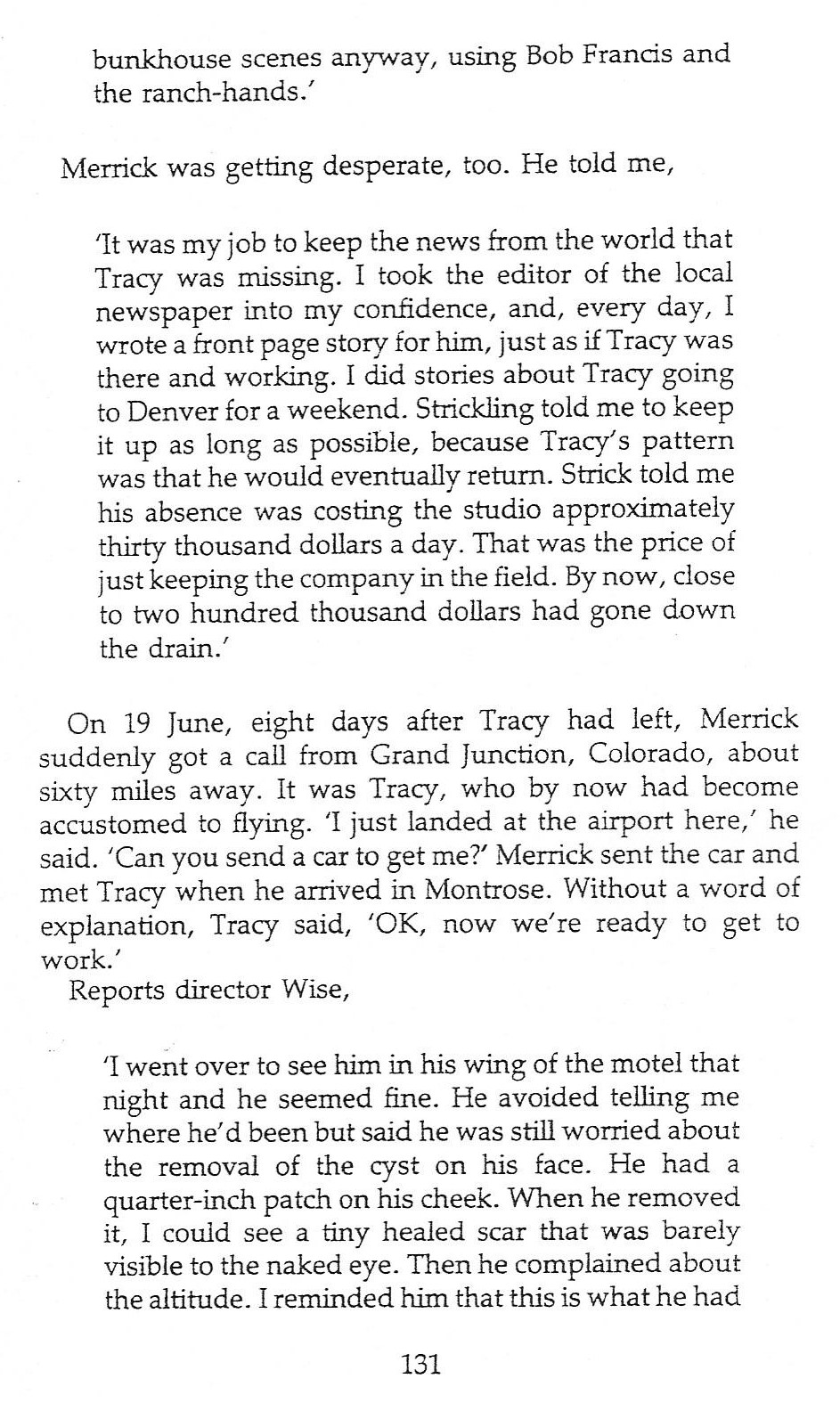
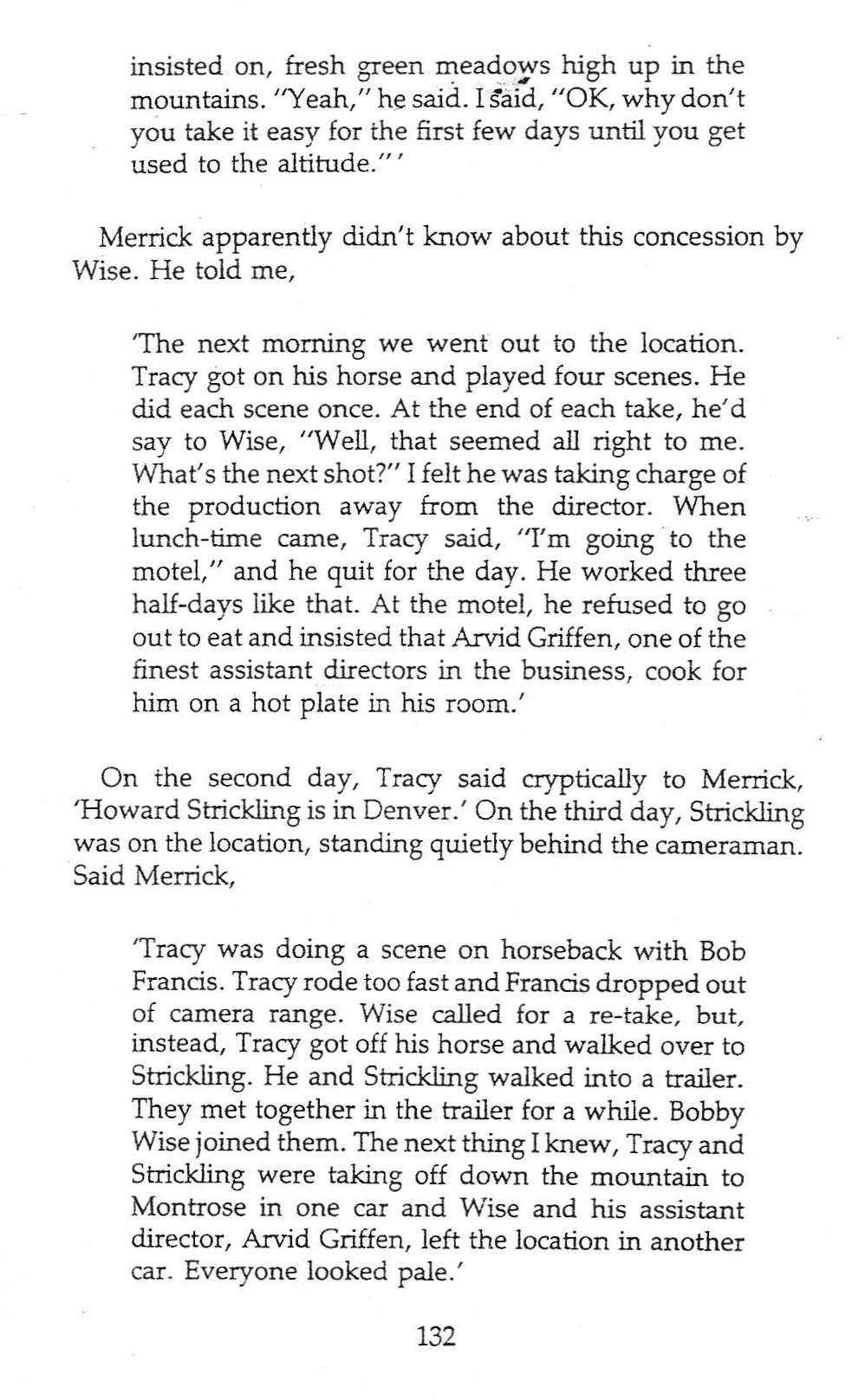
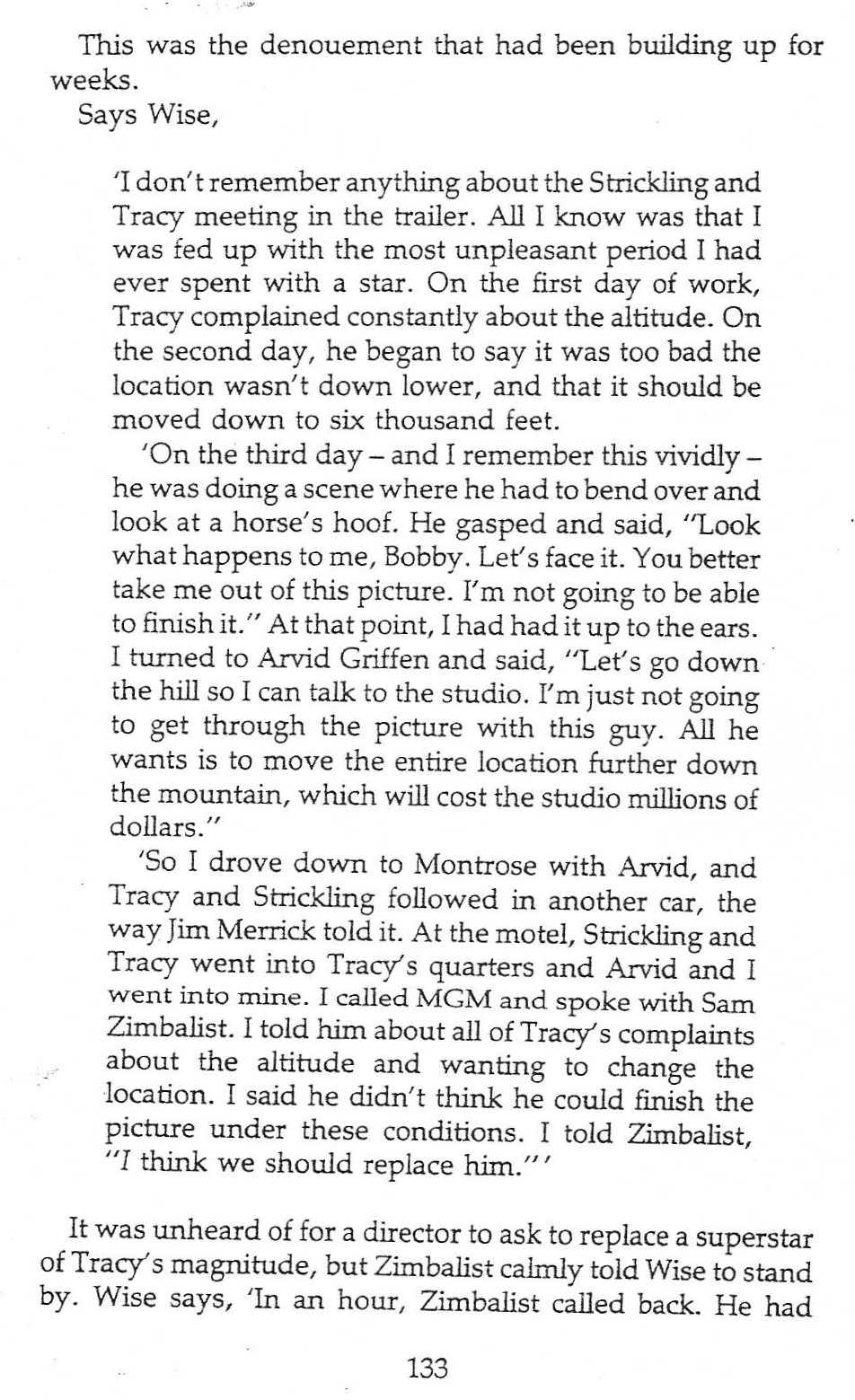
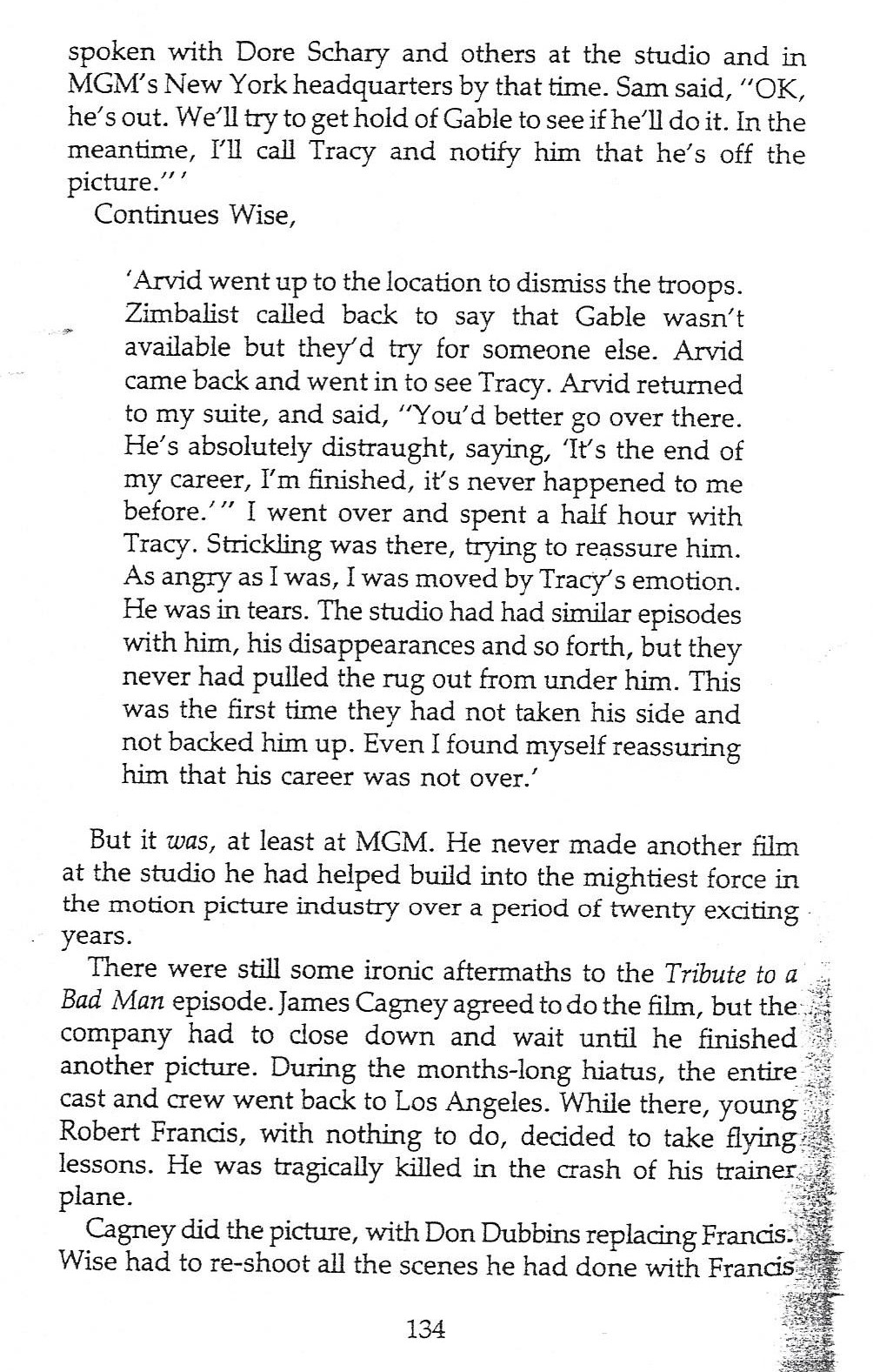

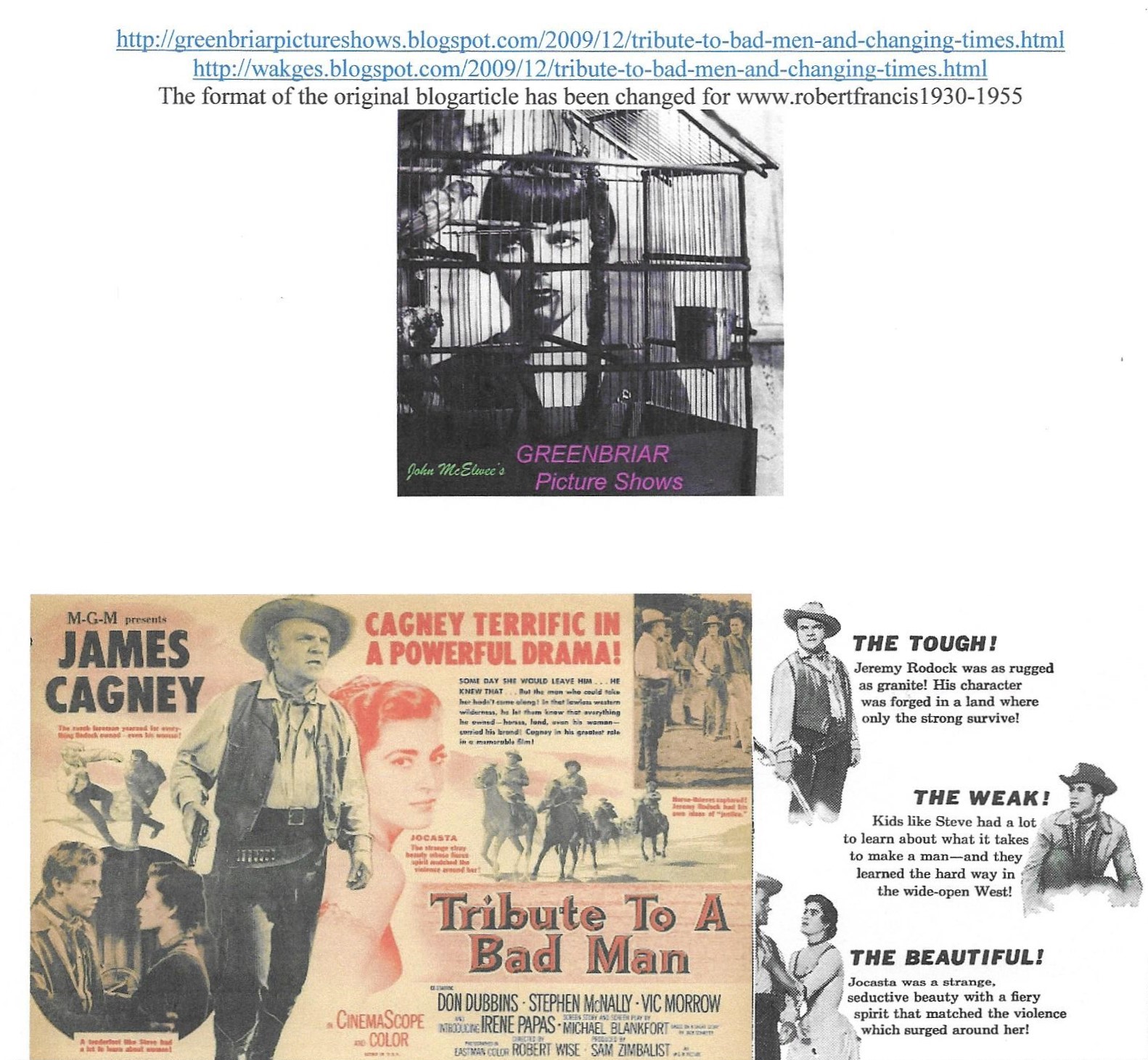
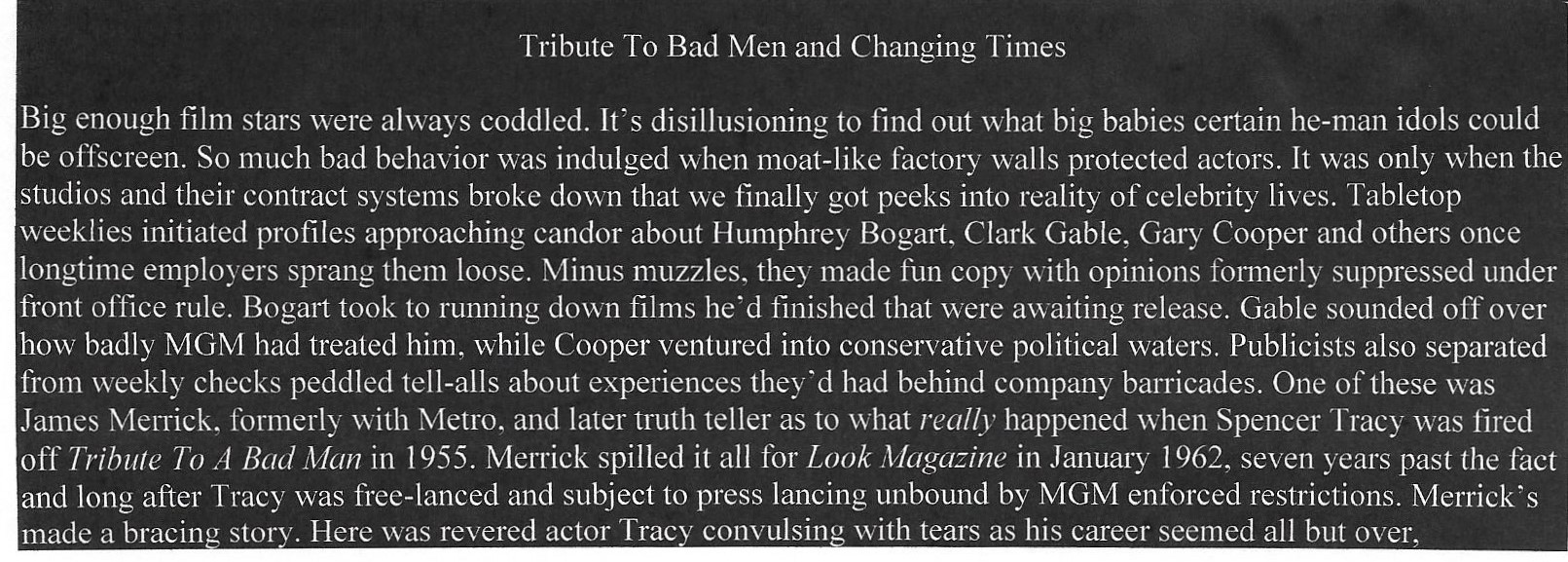
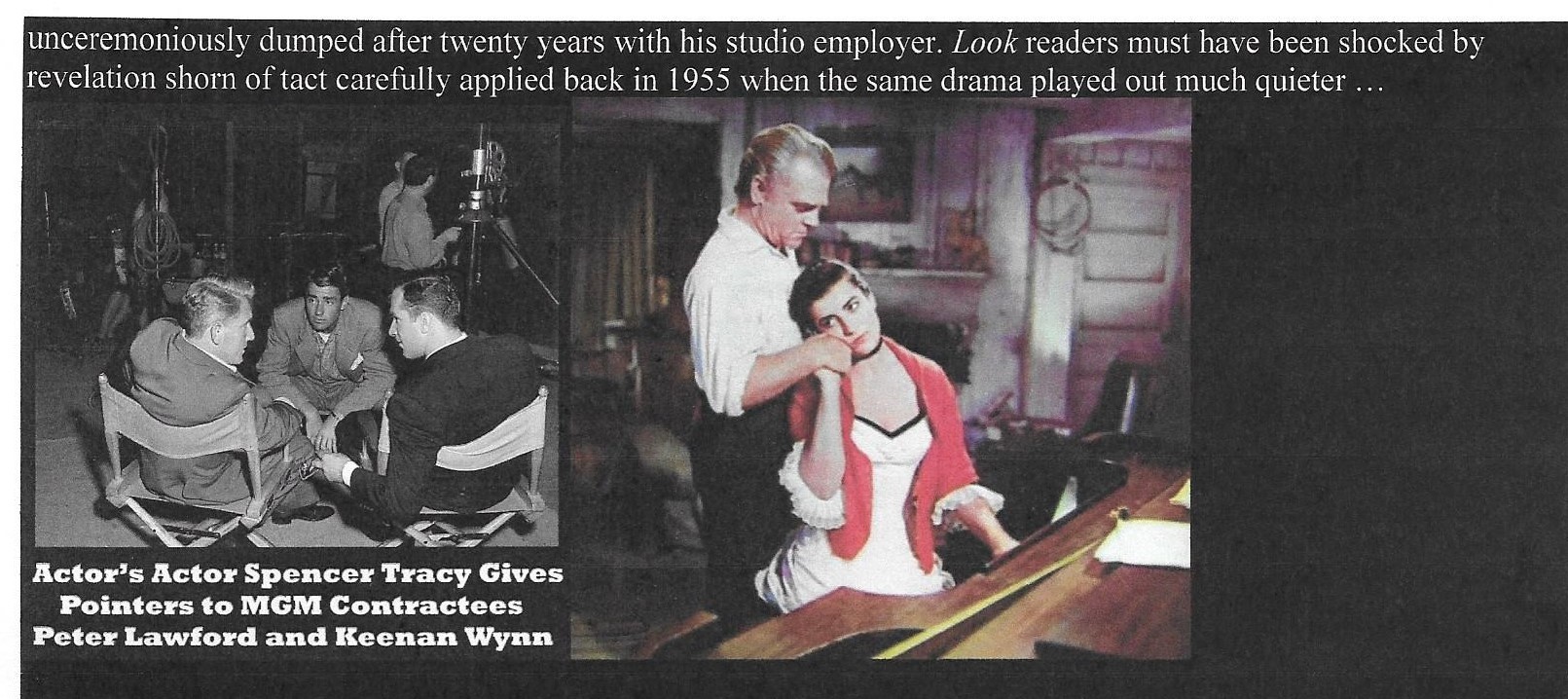
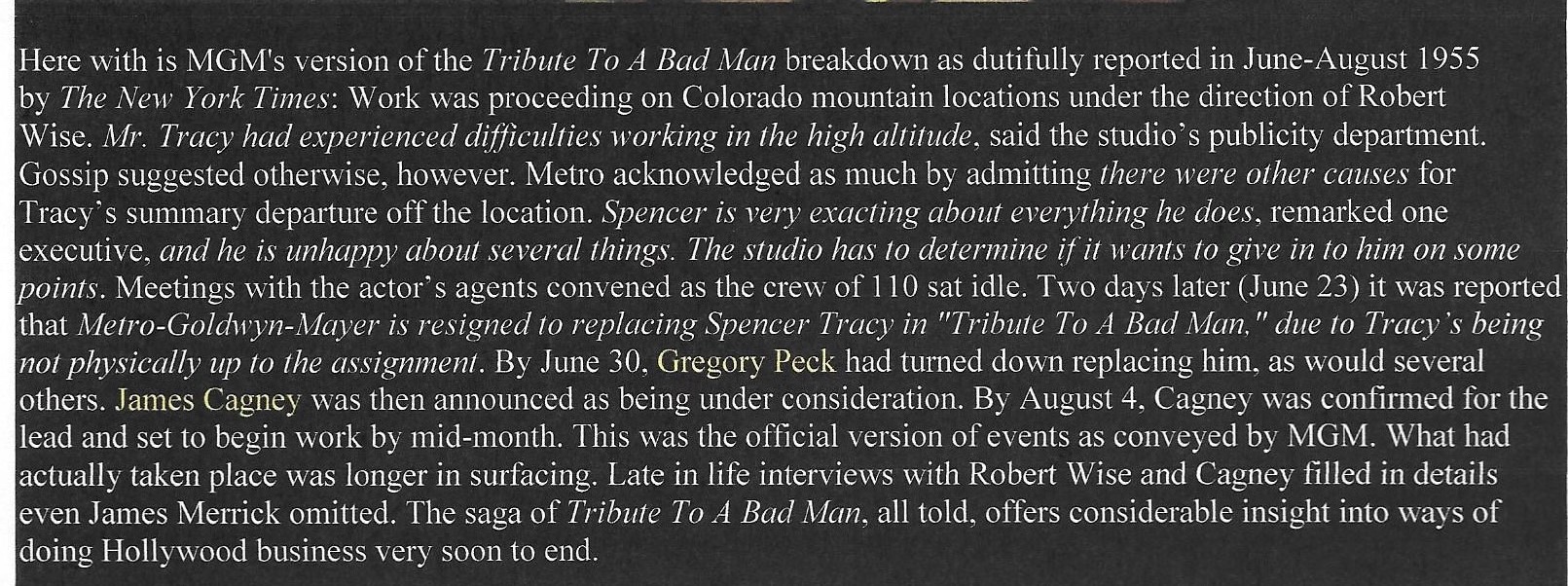

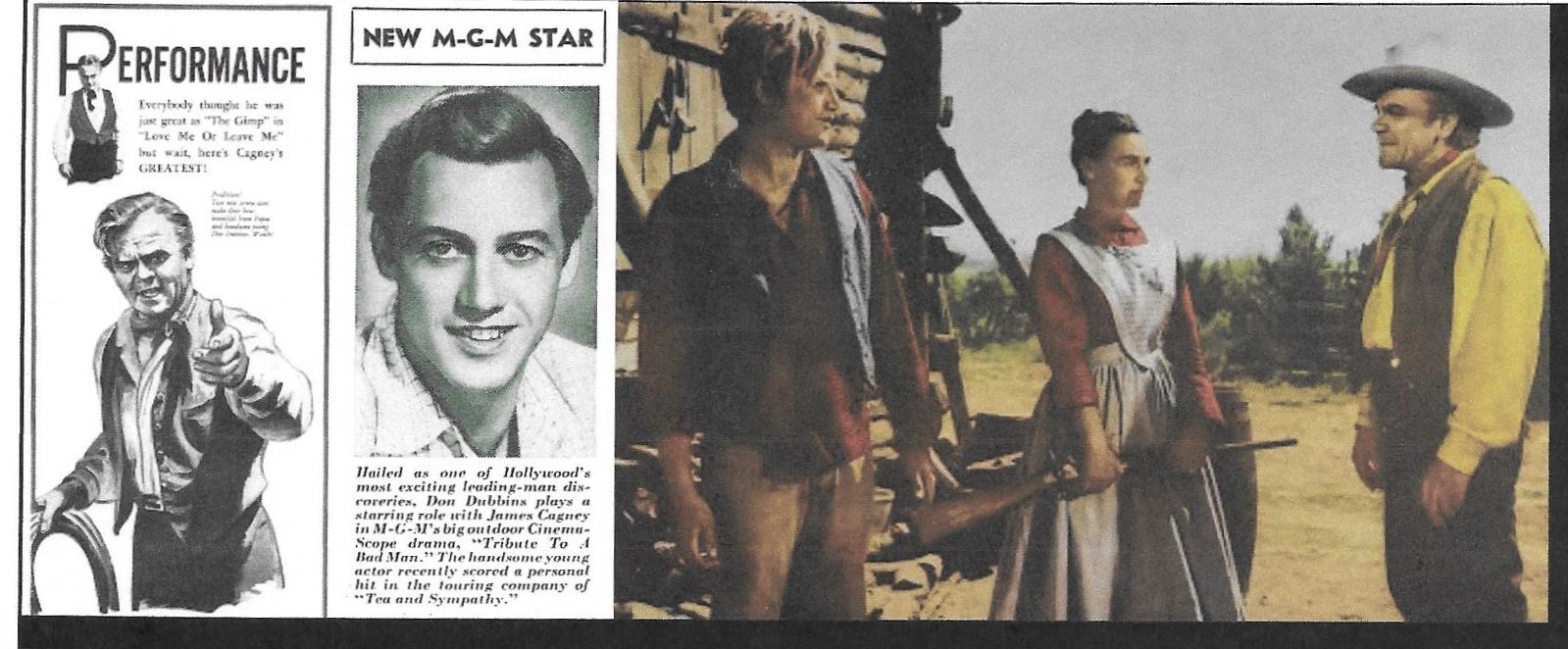
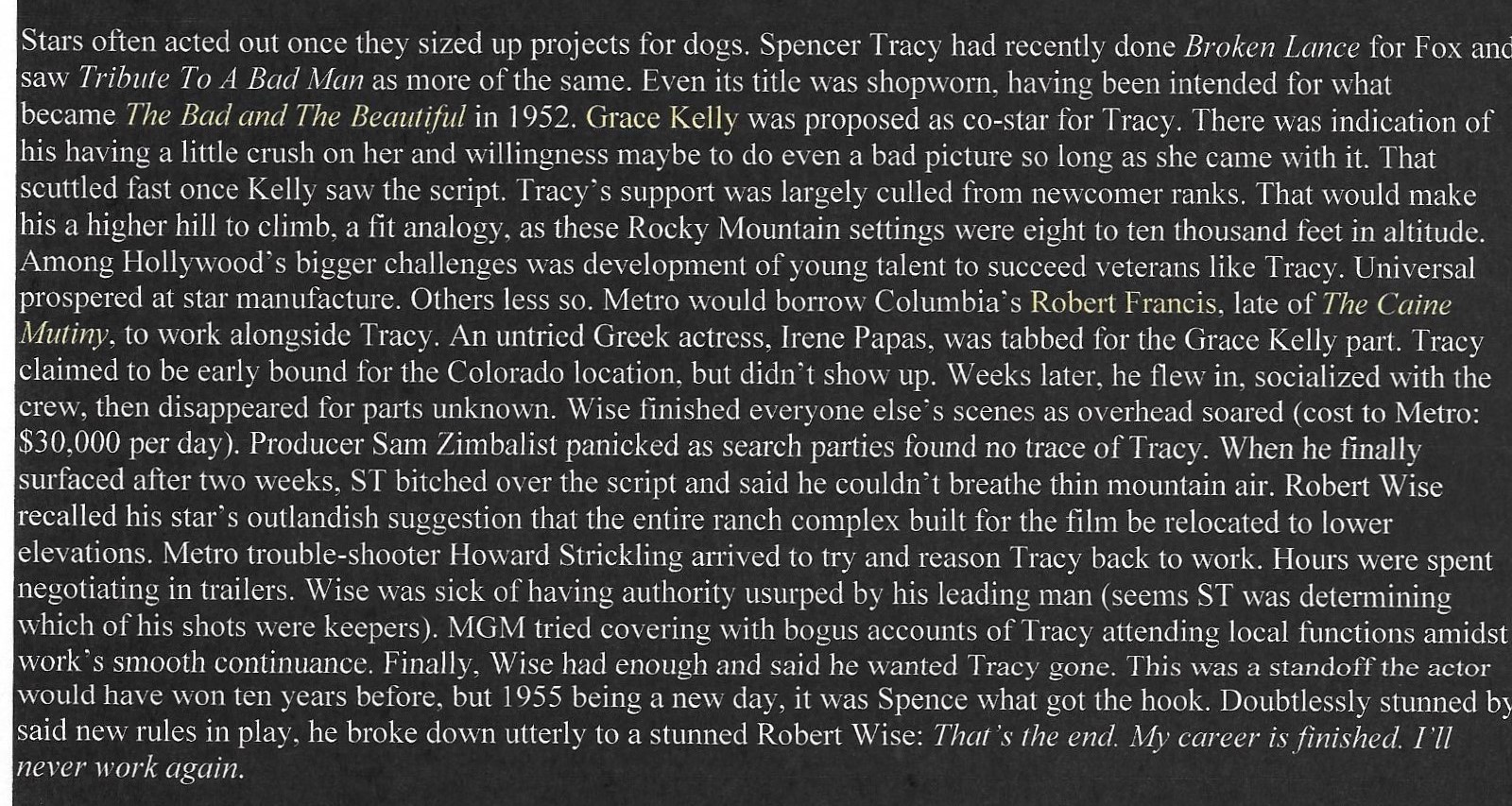
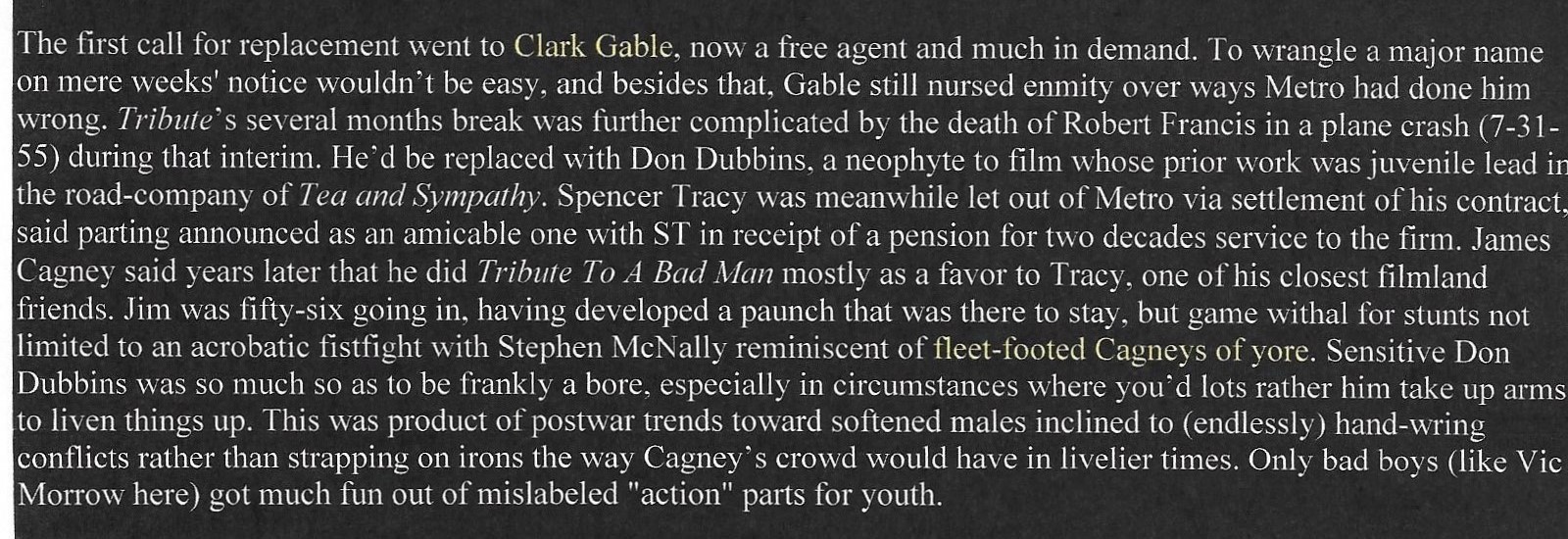
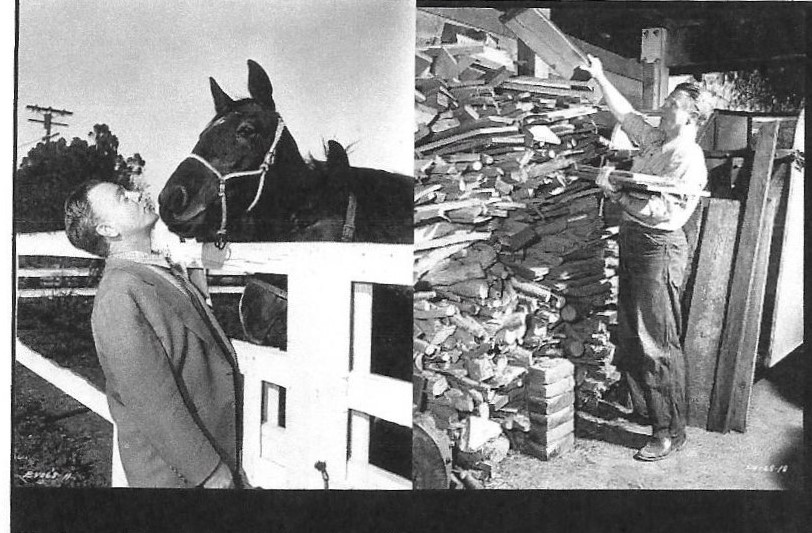
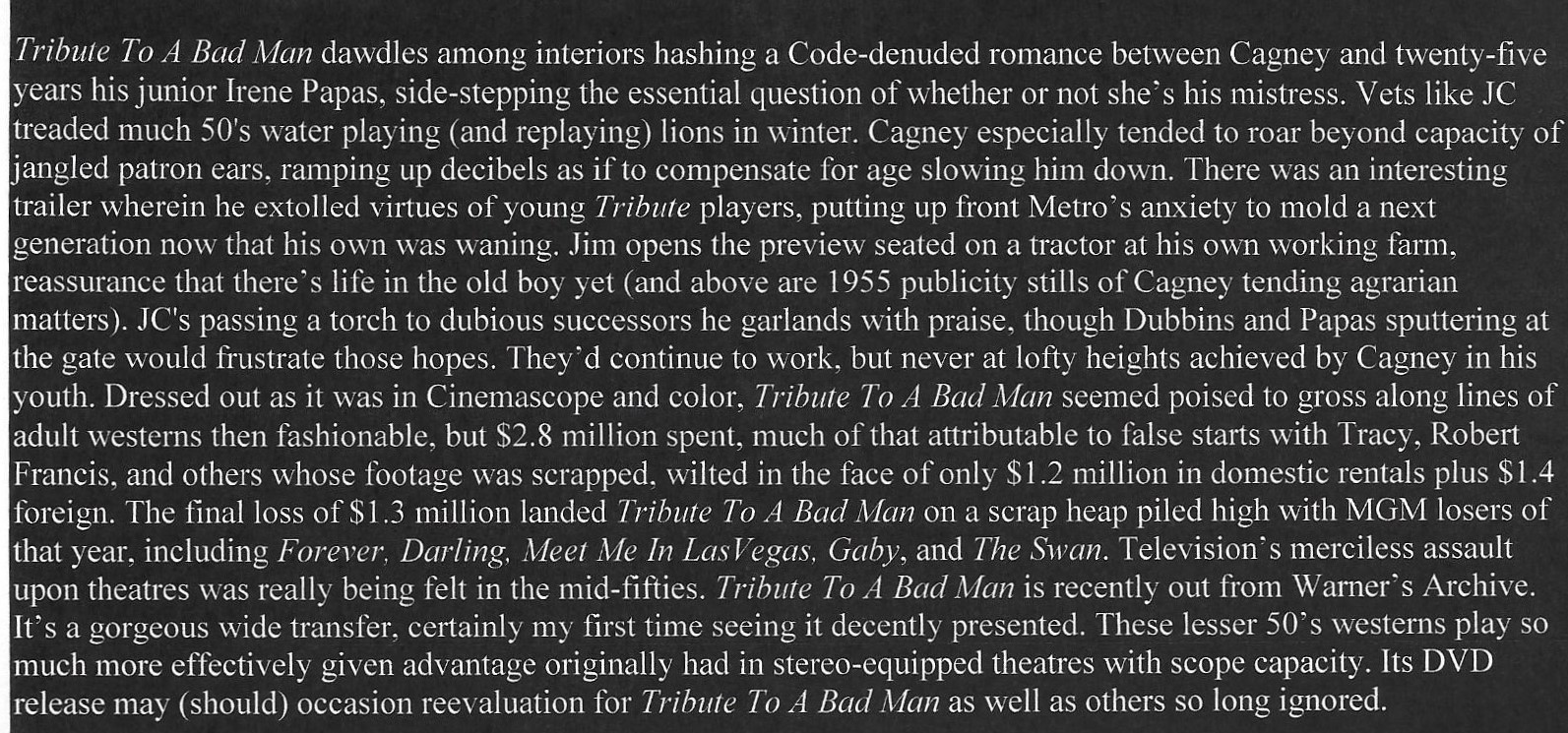

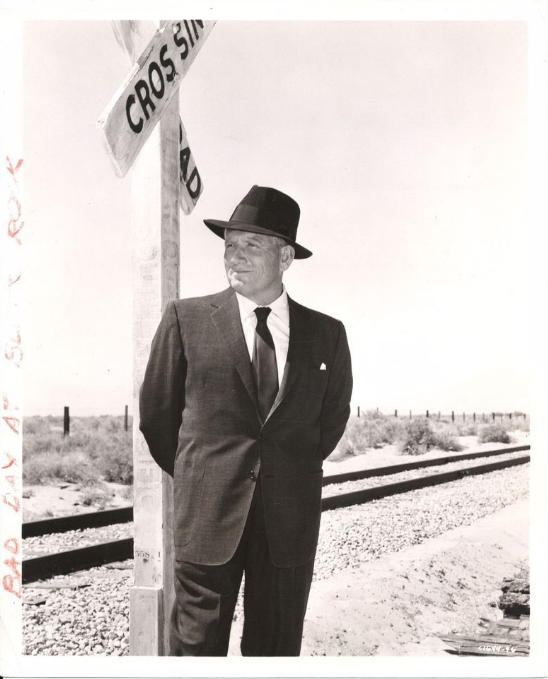
Bad Day at Black Rock (1955) was Spencer Tracy’s final film for Metro-Goldwyn-Mayer. His being fired from Tribute to a Bad Man ended a successful 20+ years relationship with the studio. Black Rock is held in high esteem and was a hit at the box office. Tracy received his fourth (of seven) Best Actor Oscar nomination for his work. He was 54 years old when he filmed Black Rock, 55 when he started Tribute and then filmed The Mountain (1956) for Paramount Studios in the fall of 1955. He died in 1967.
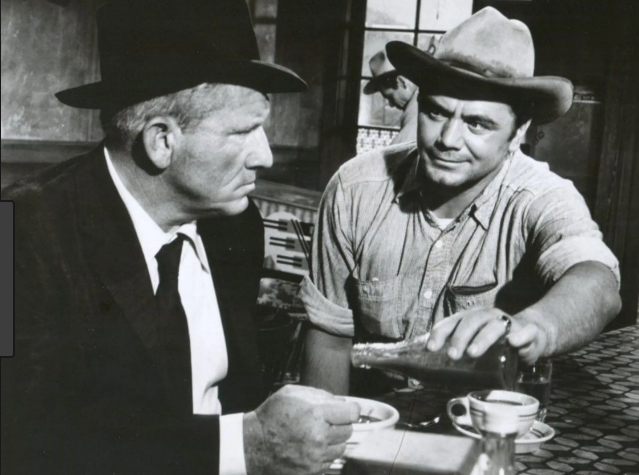
Ernest Borgnine, right, moved from supporting roles, often as a threatening villain, in Bad Day at Black Rock (and From Here to Eternity, 1953), to a leading role in Marty (1955) for which he received the Best Actor Oscar. Tracy was a nominee for Black Rock.
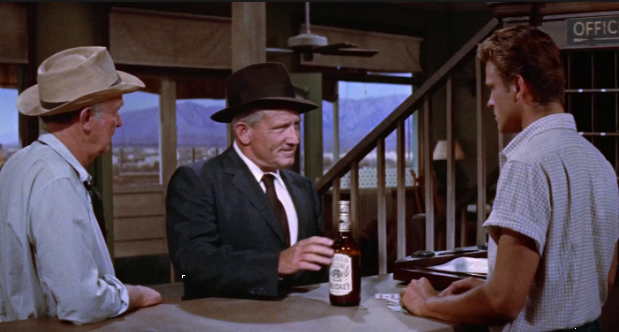
Character actor Walter Brennan (left) three-time Supporting Actor Oscar winner for Come and Get It (1936), Kentucky (1938), and The Westerner (1940) — one of only three actors to achieve this distinction. He later appeared in the successful television series, “The Real McCoys.” John Ericson (right), a young contract player at Metro, might have been a possible choice to replace Francis in Tribute, rather than Don Dubbins.
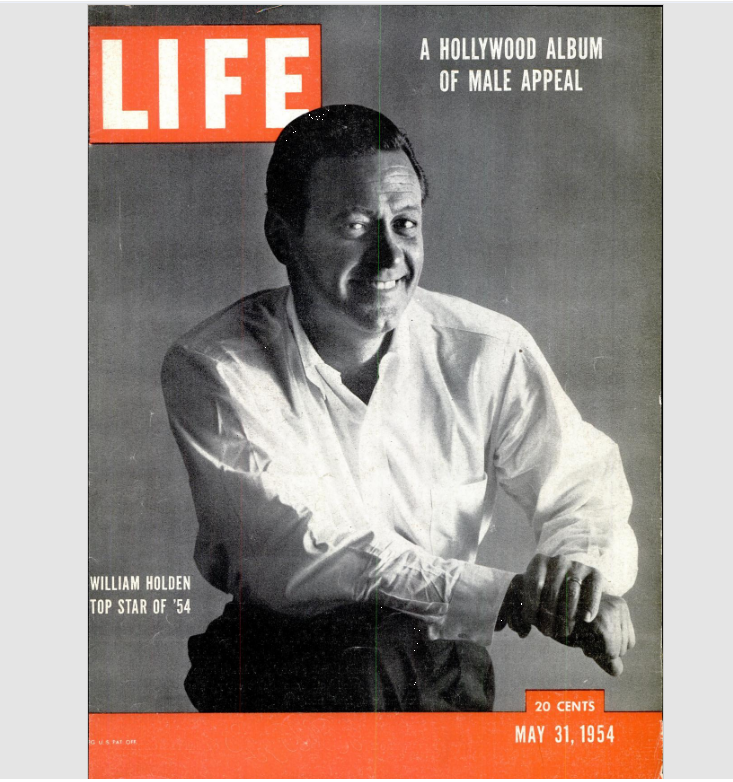
John Ericson and Bob appeared in the May 31, 1954, Life magazine article, “The stronger sex makes strong box office.” Published before release of The Caine Mutiny. See third page below. Photo probably made in Winter/Spring 1954. Bob and Ericson would have met during the photo shoot.
